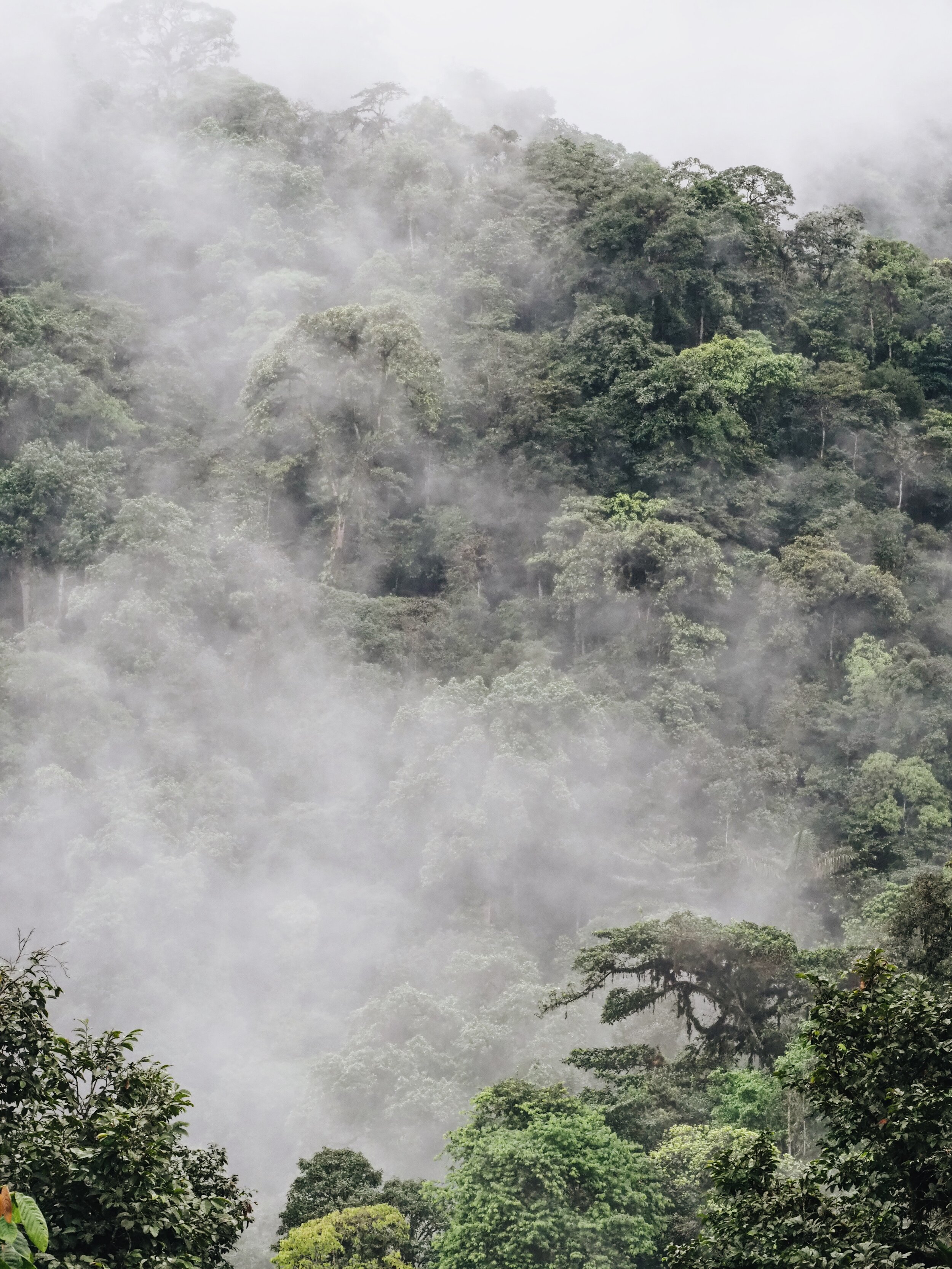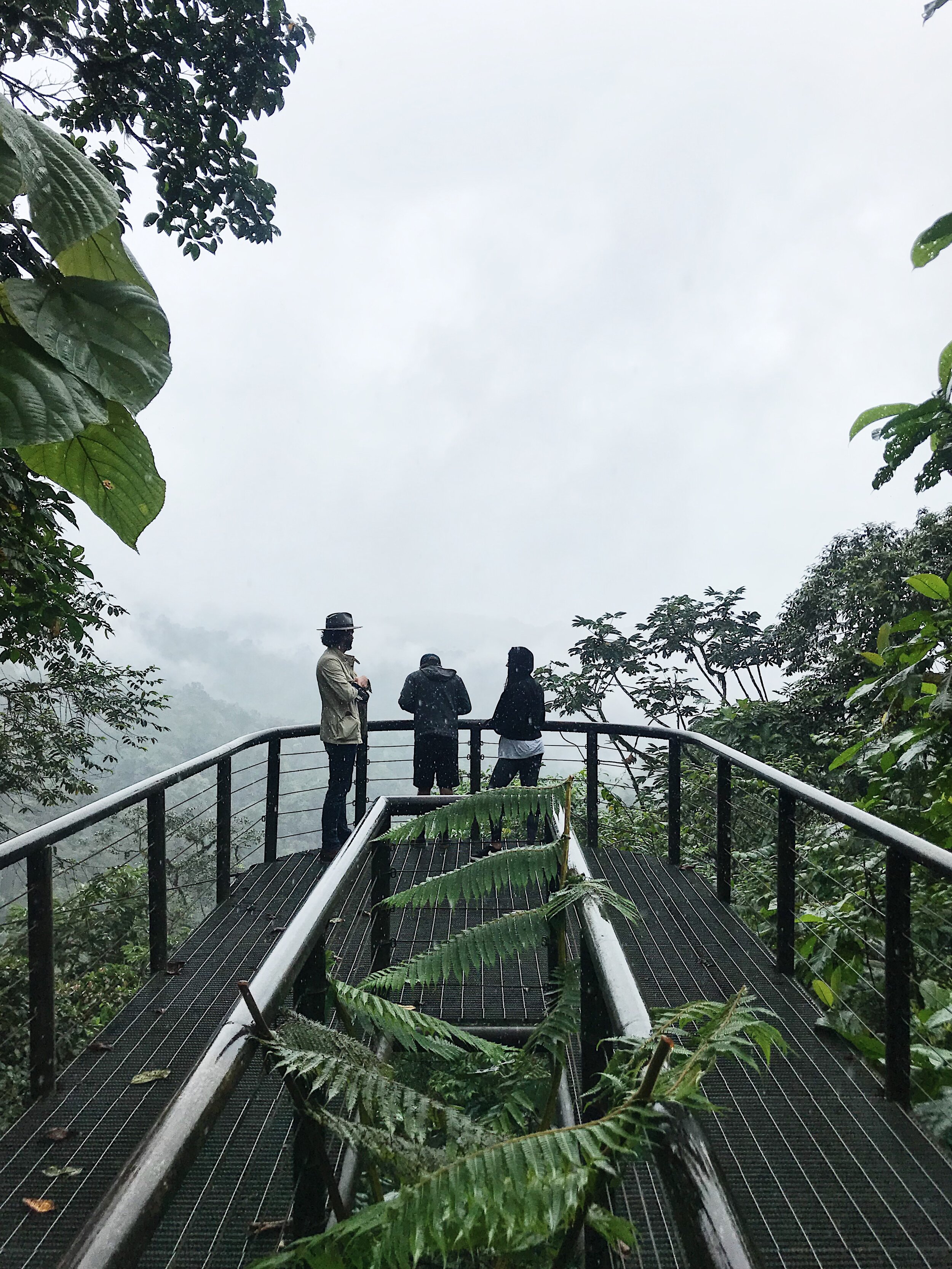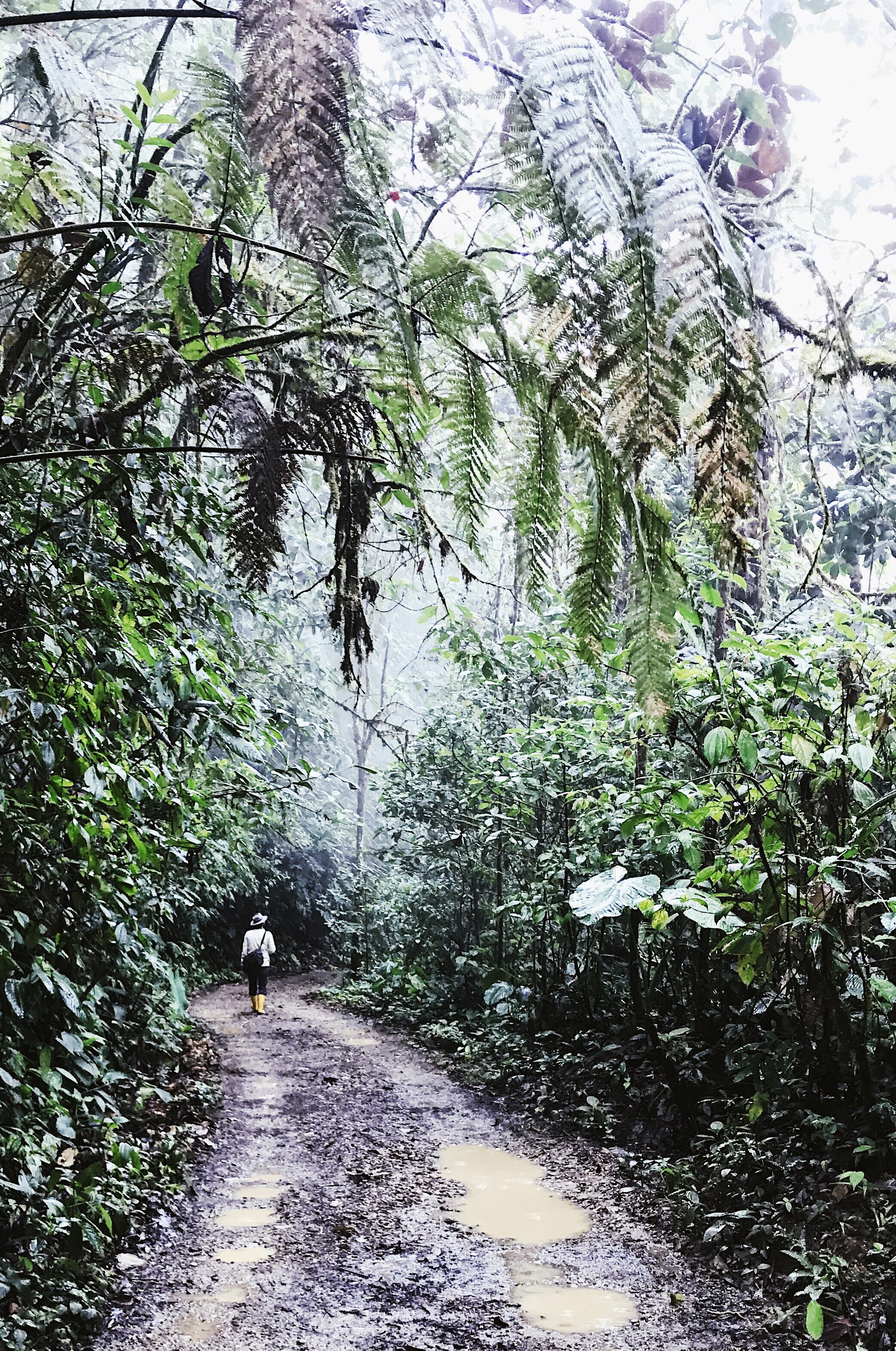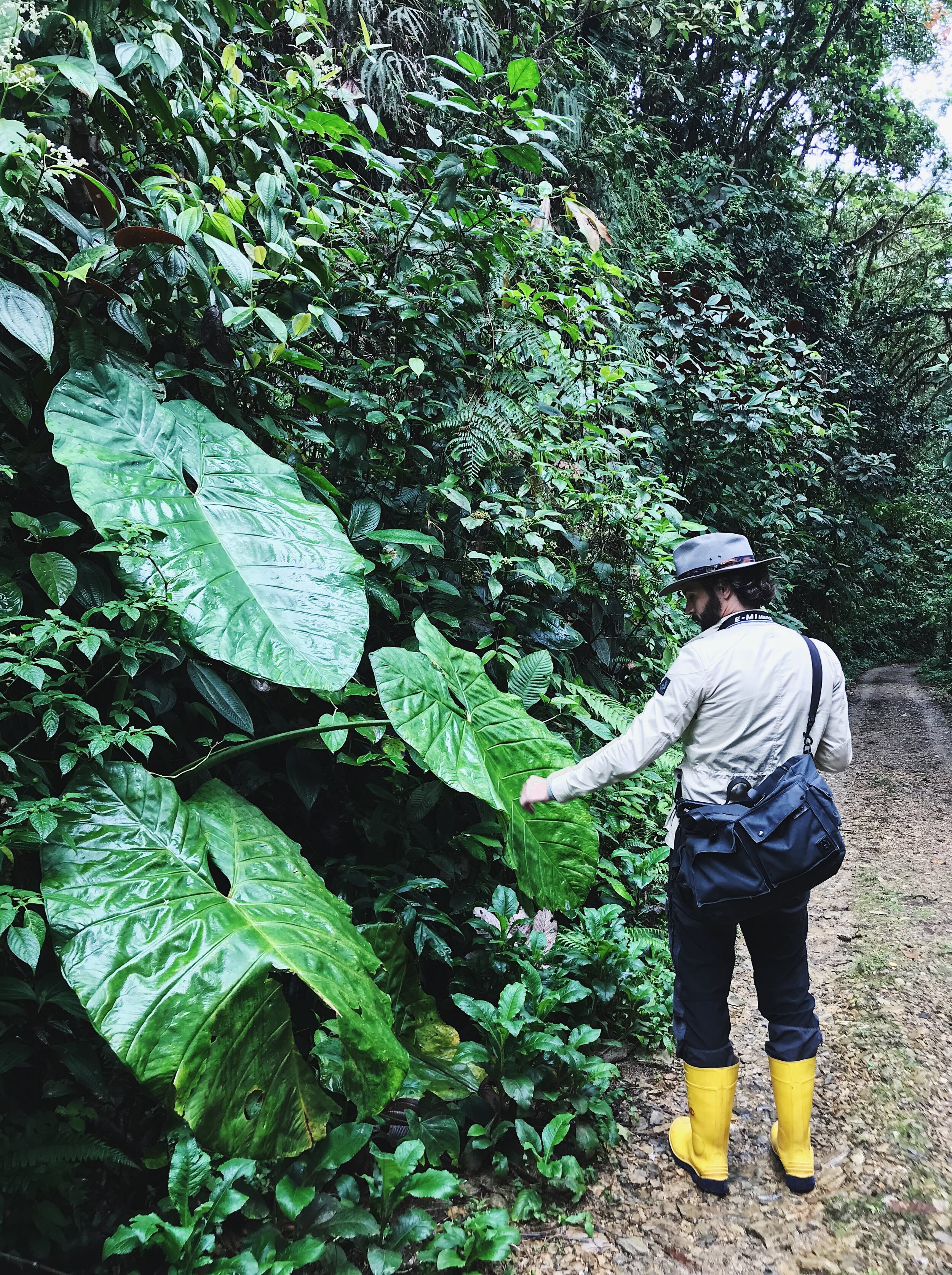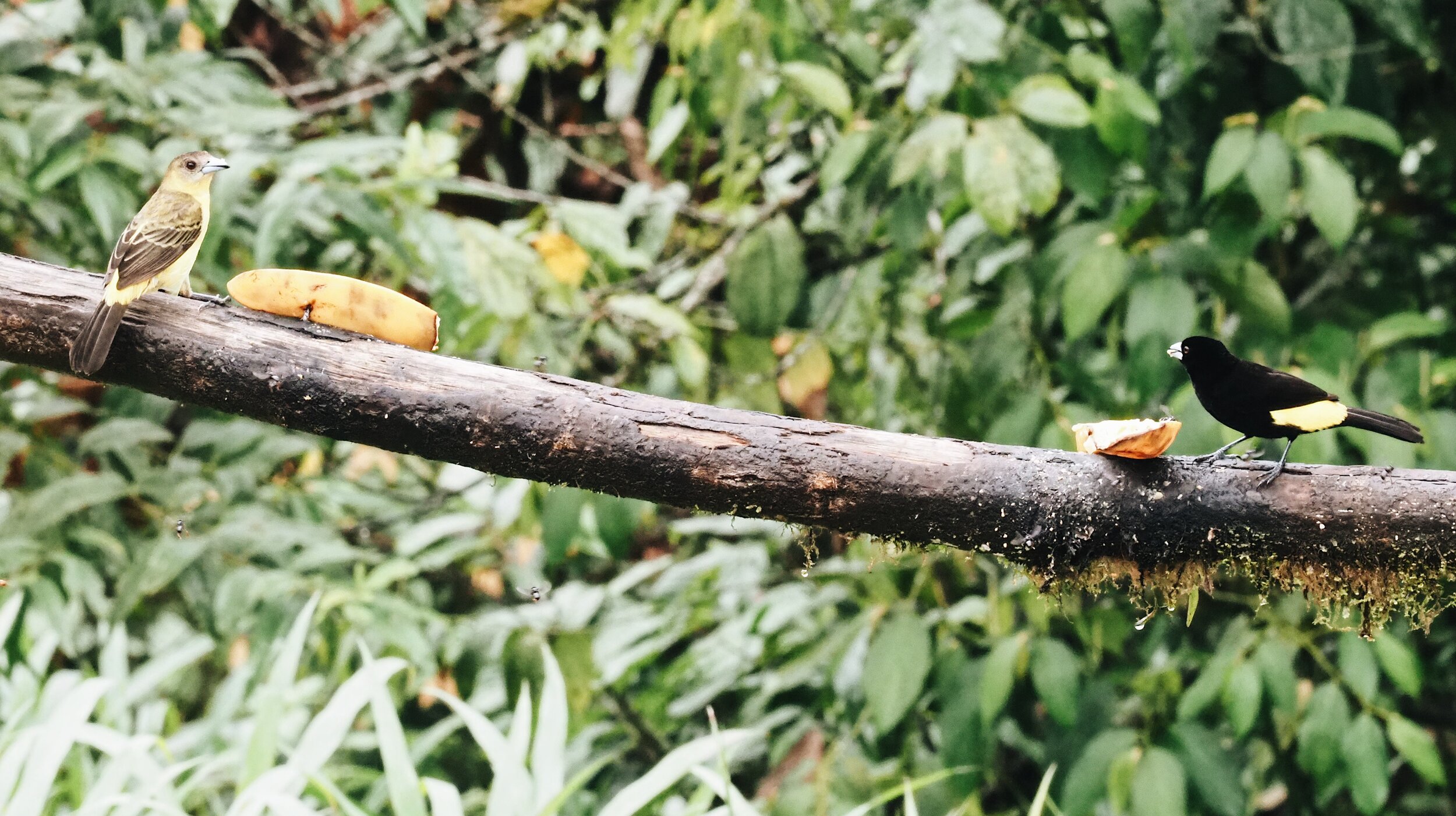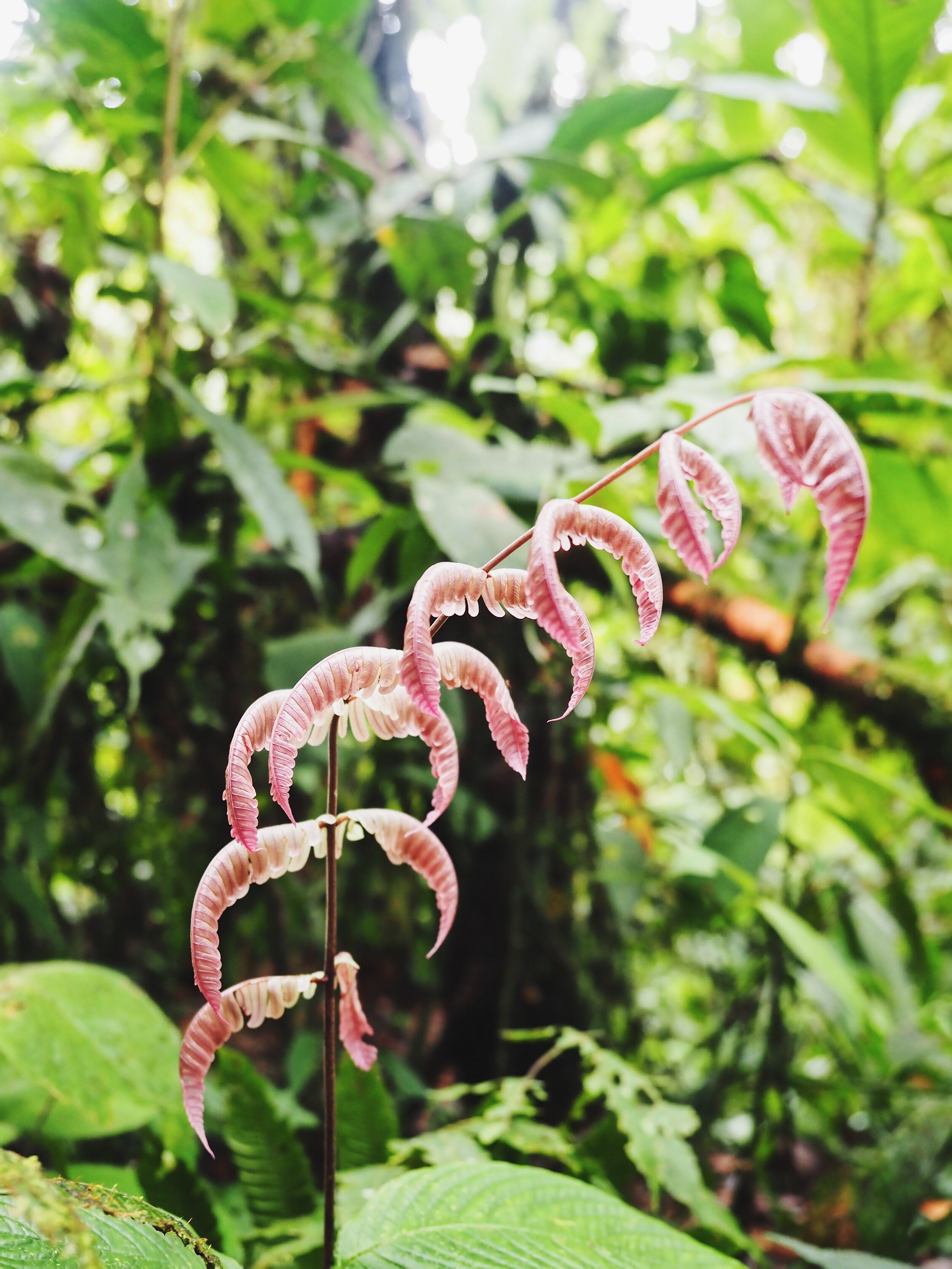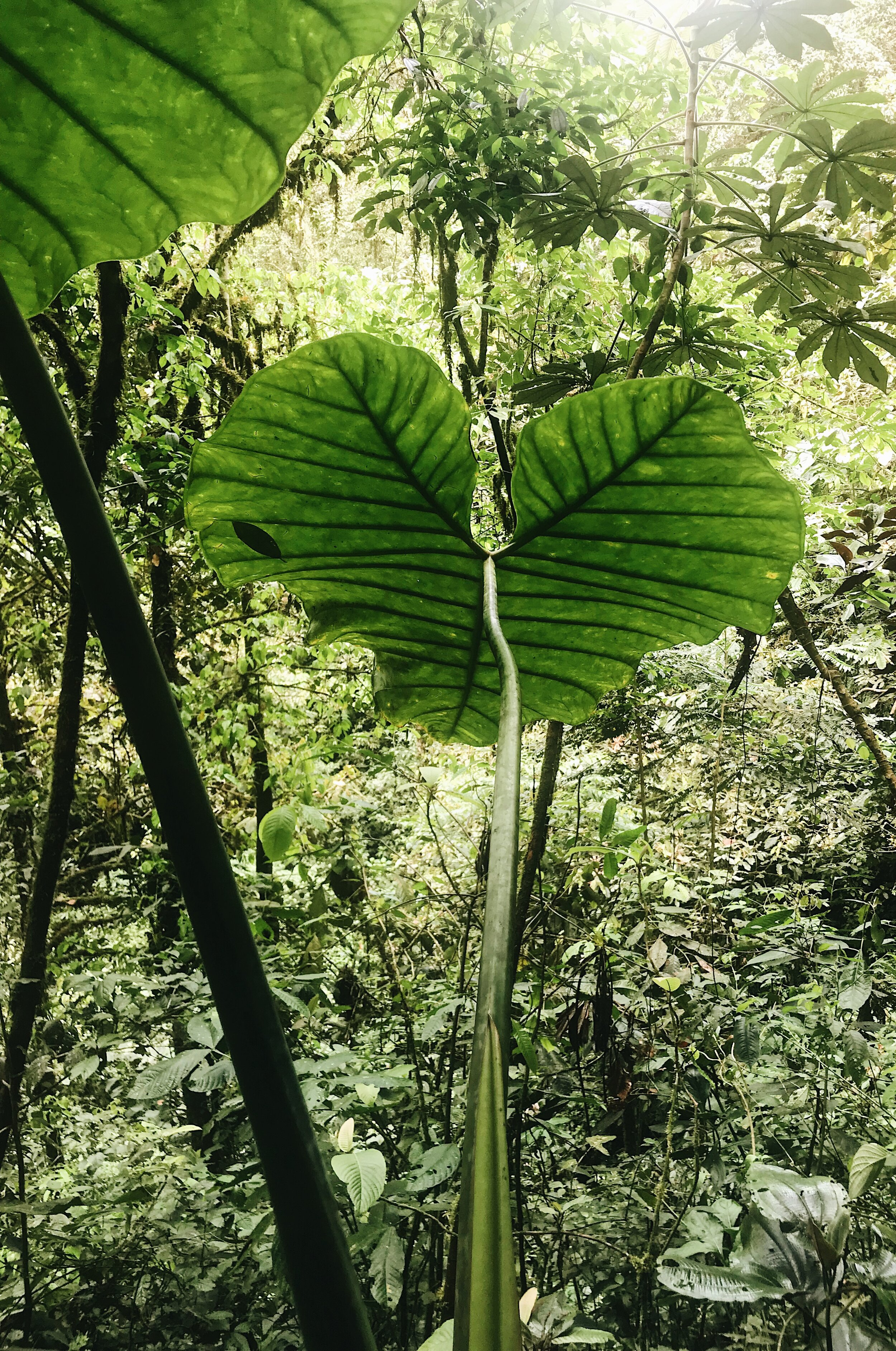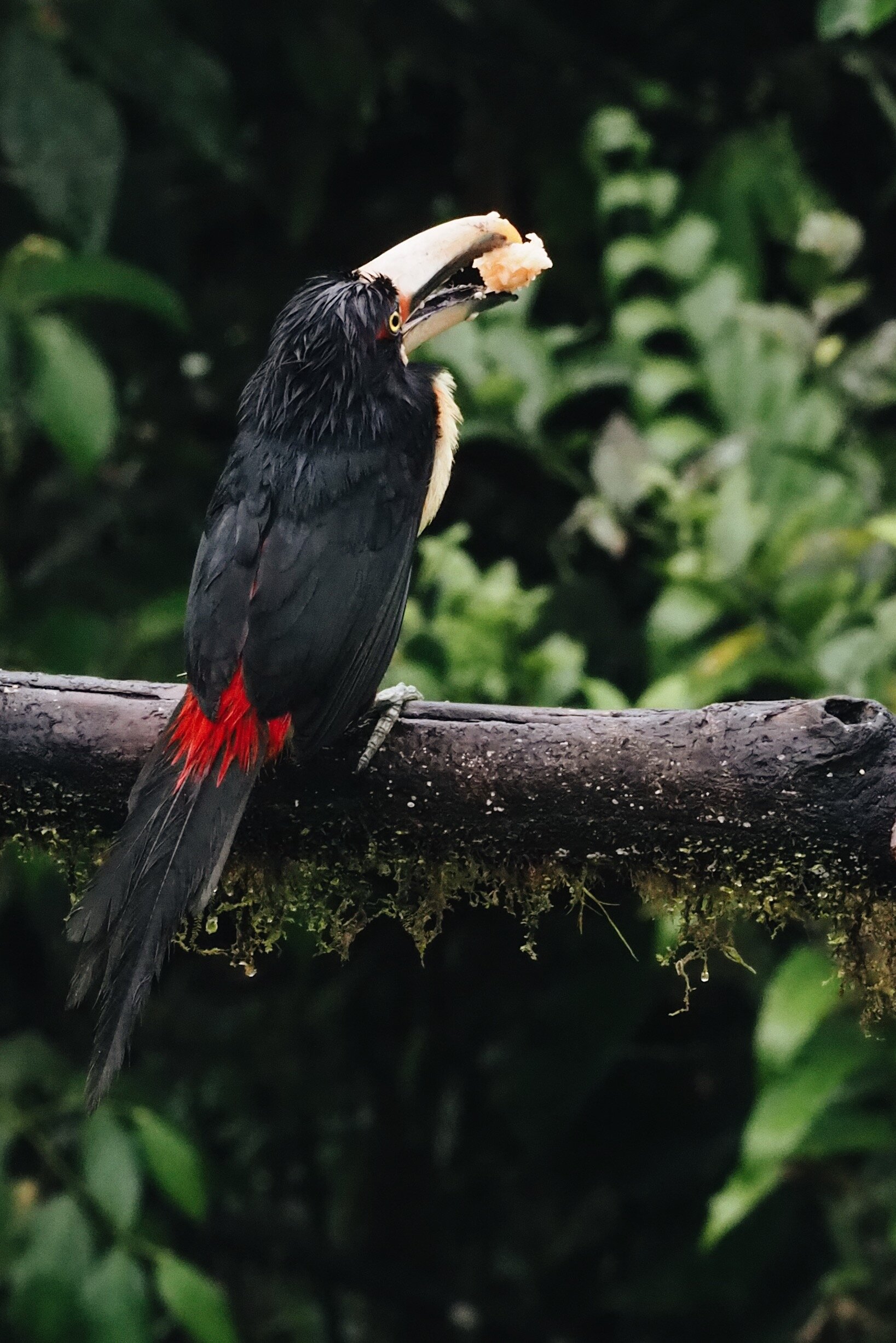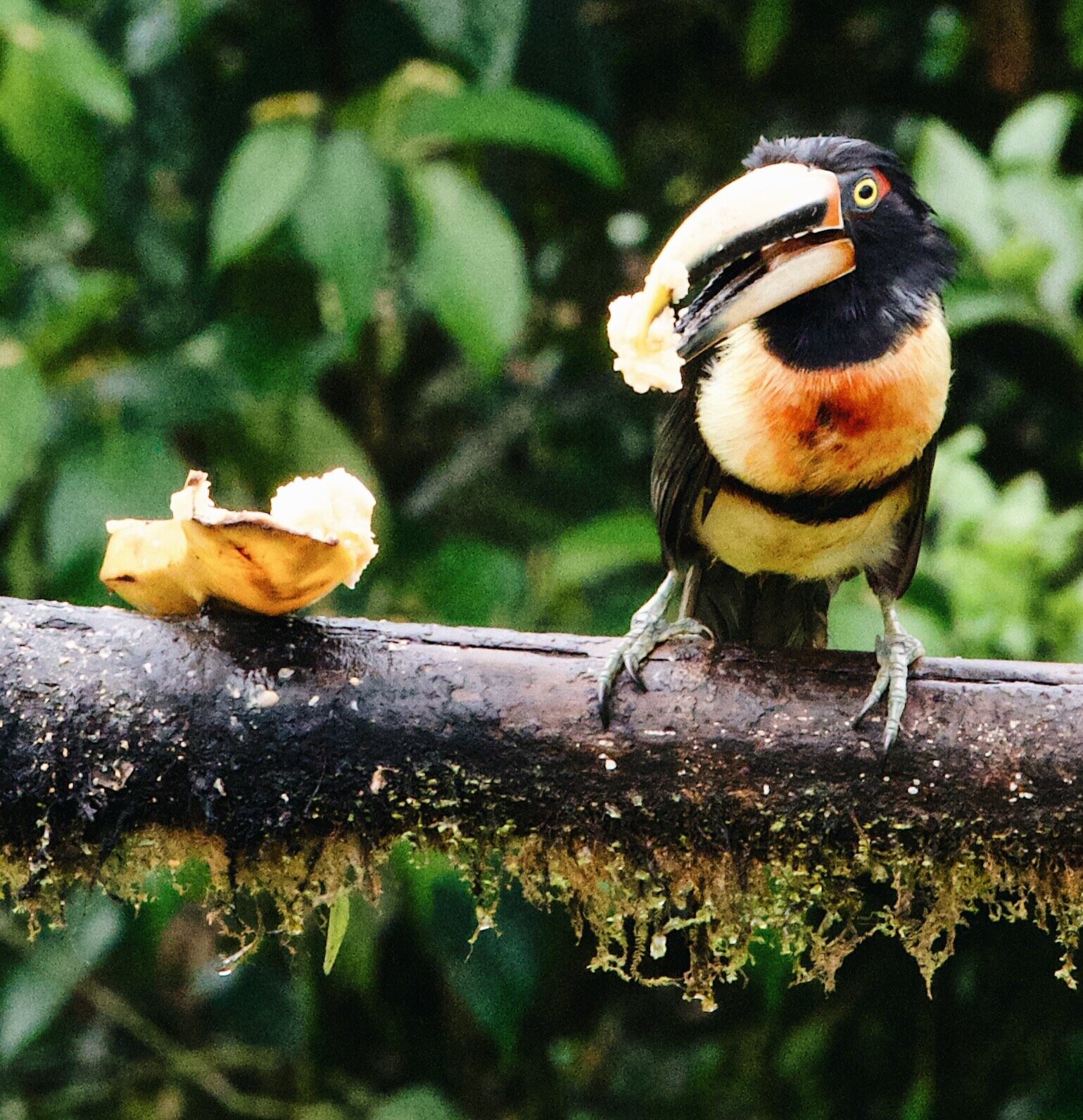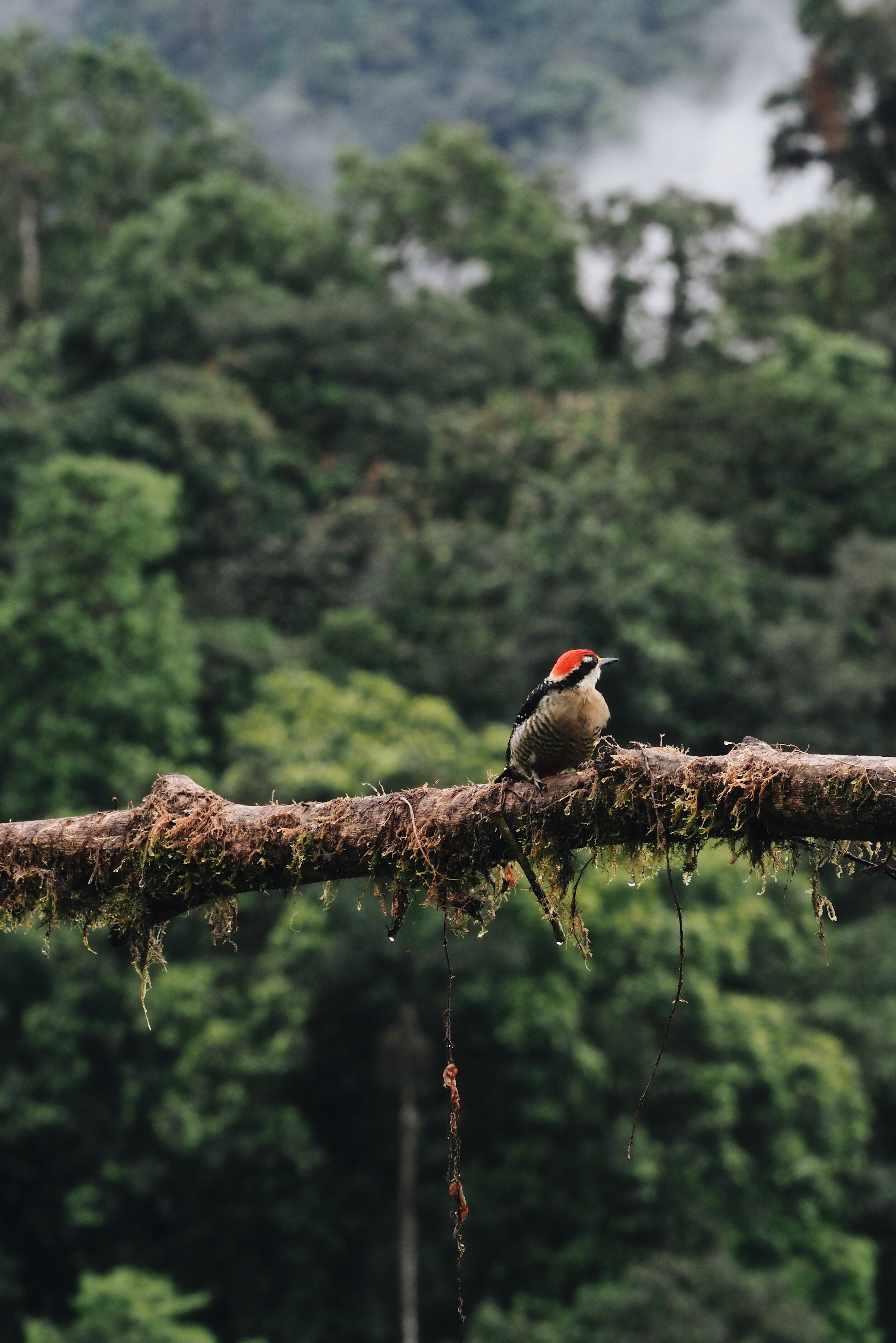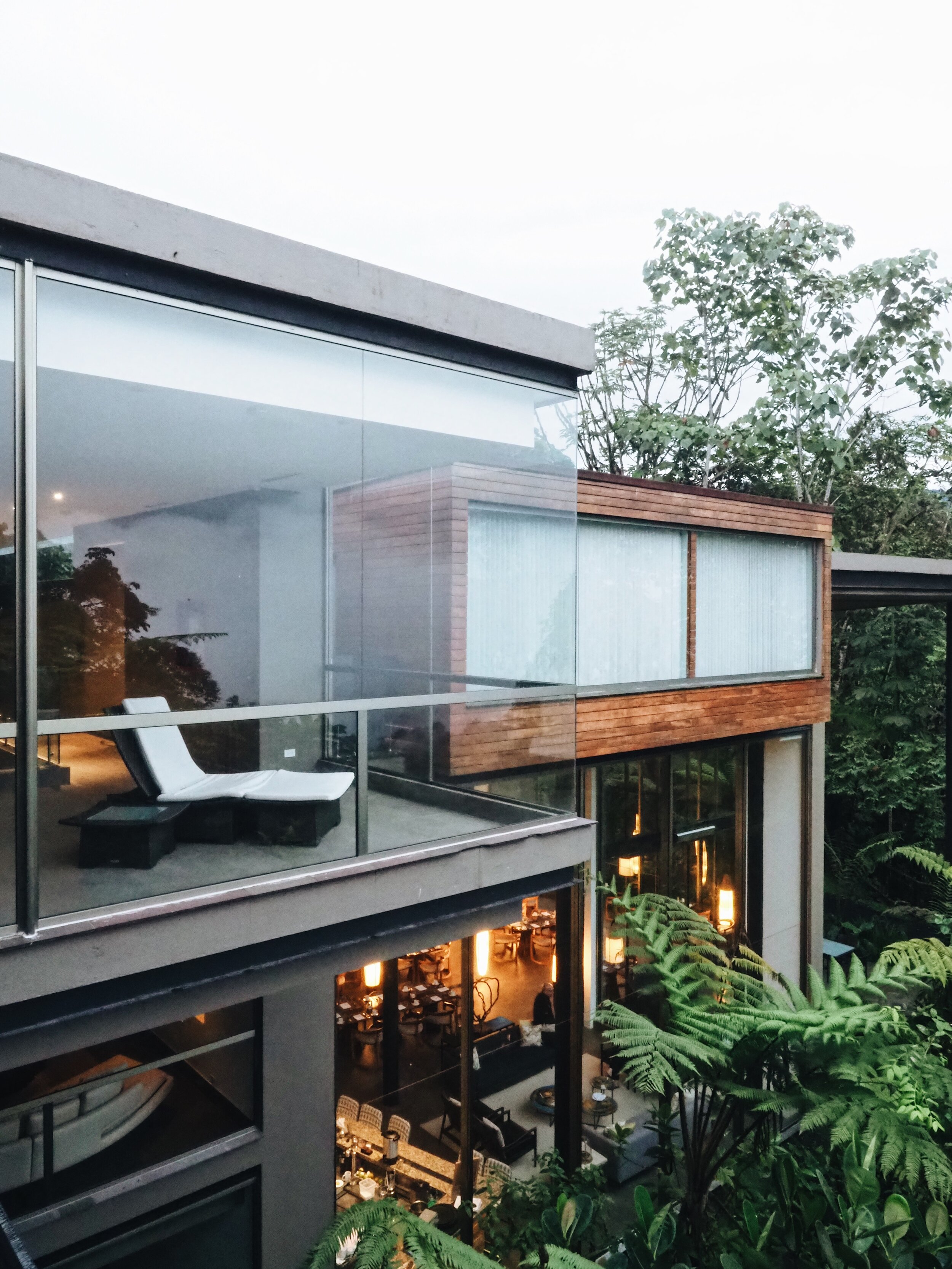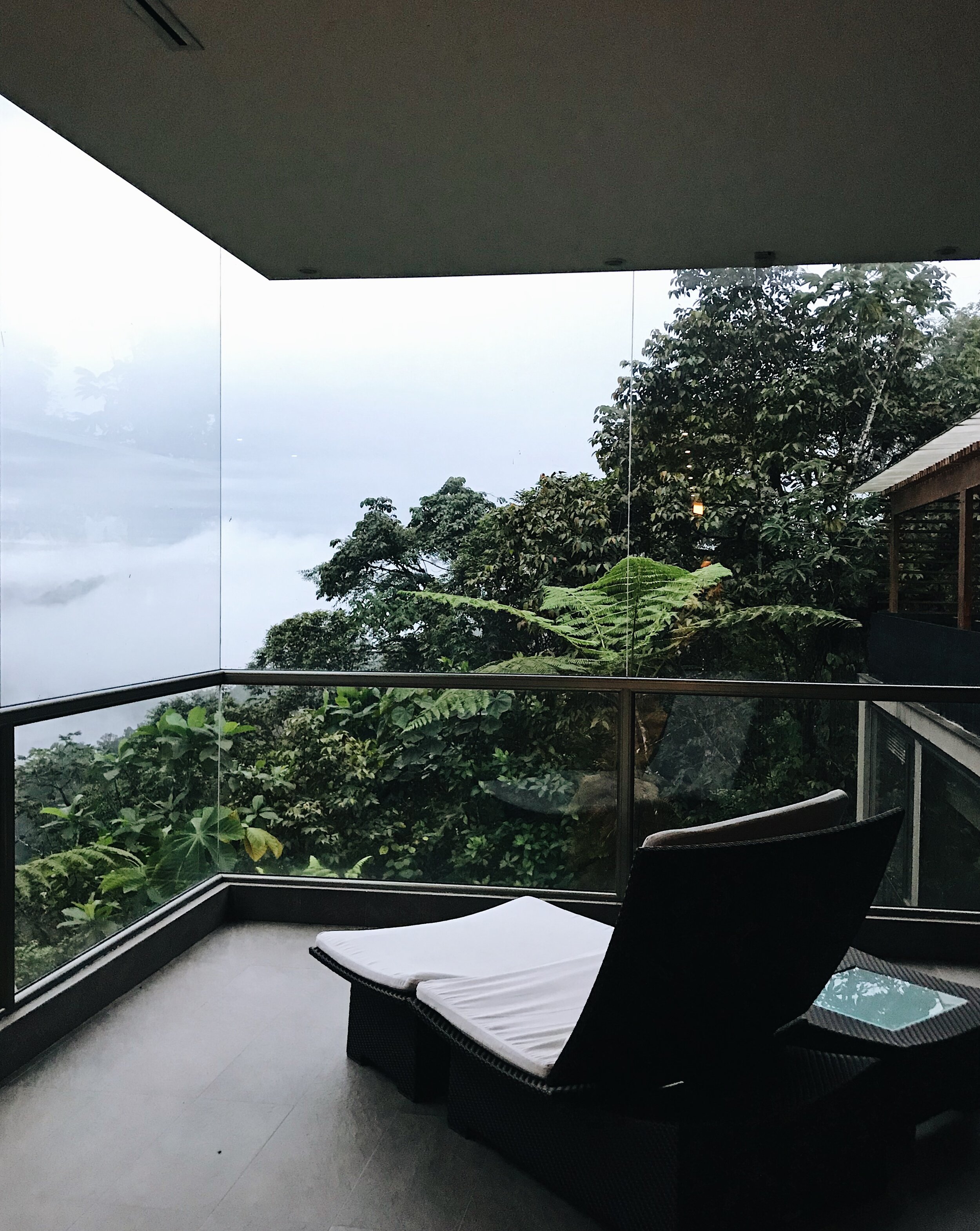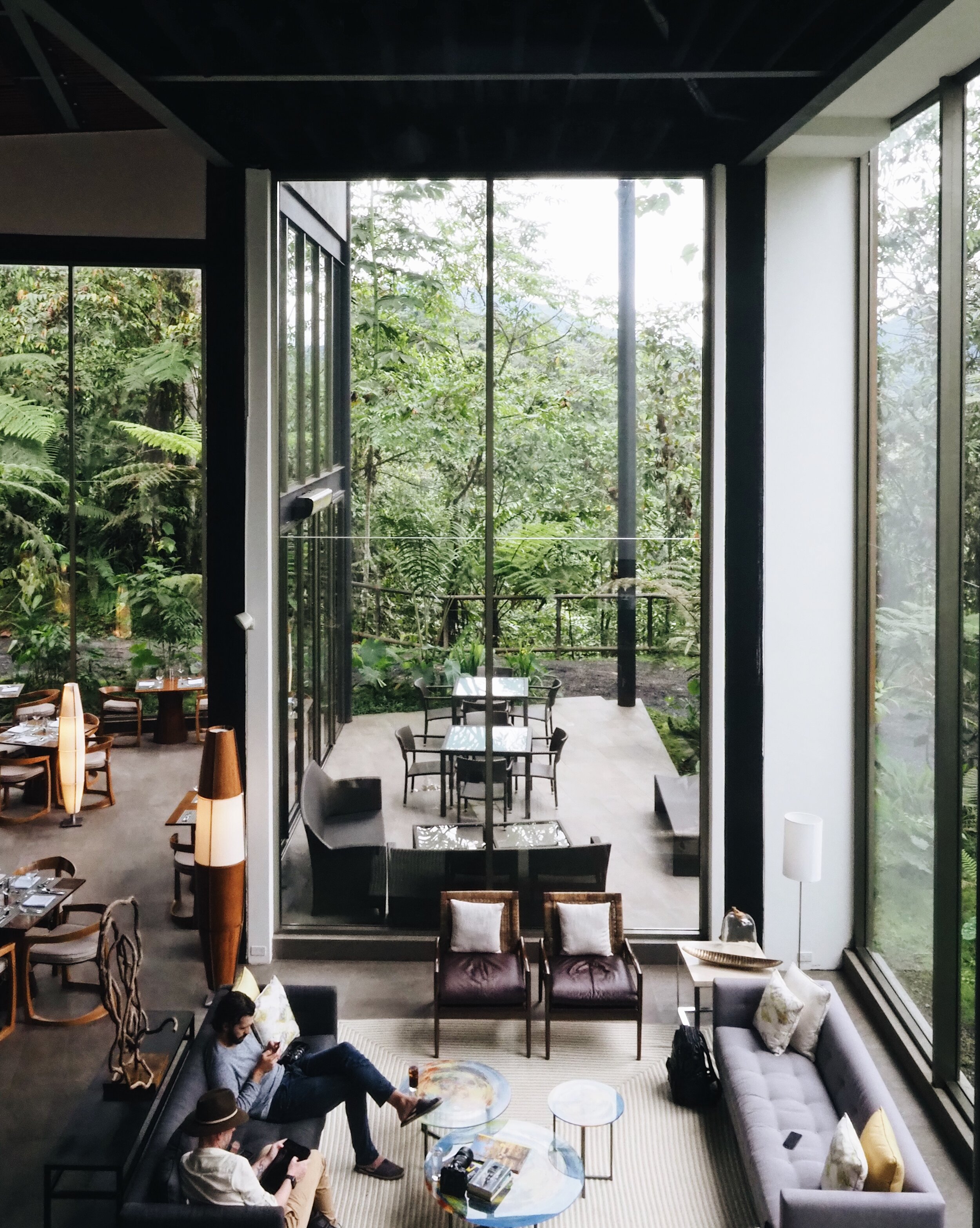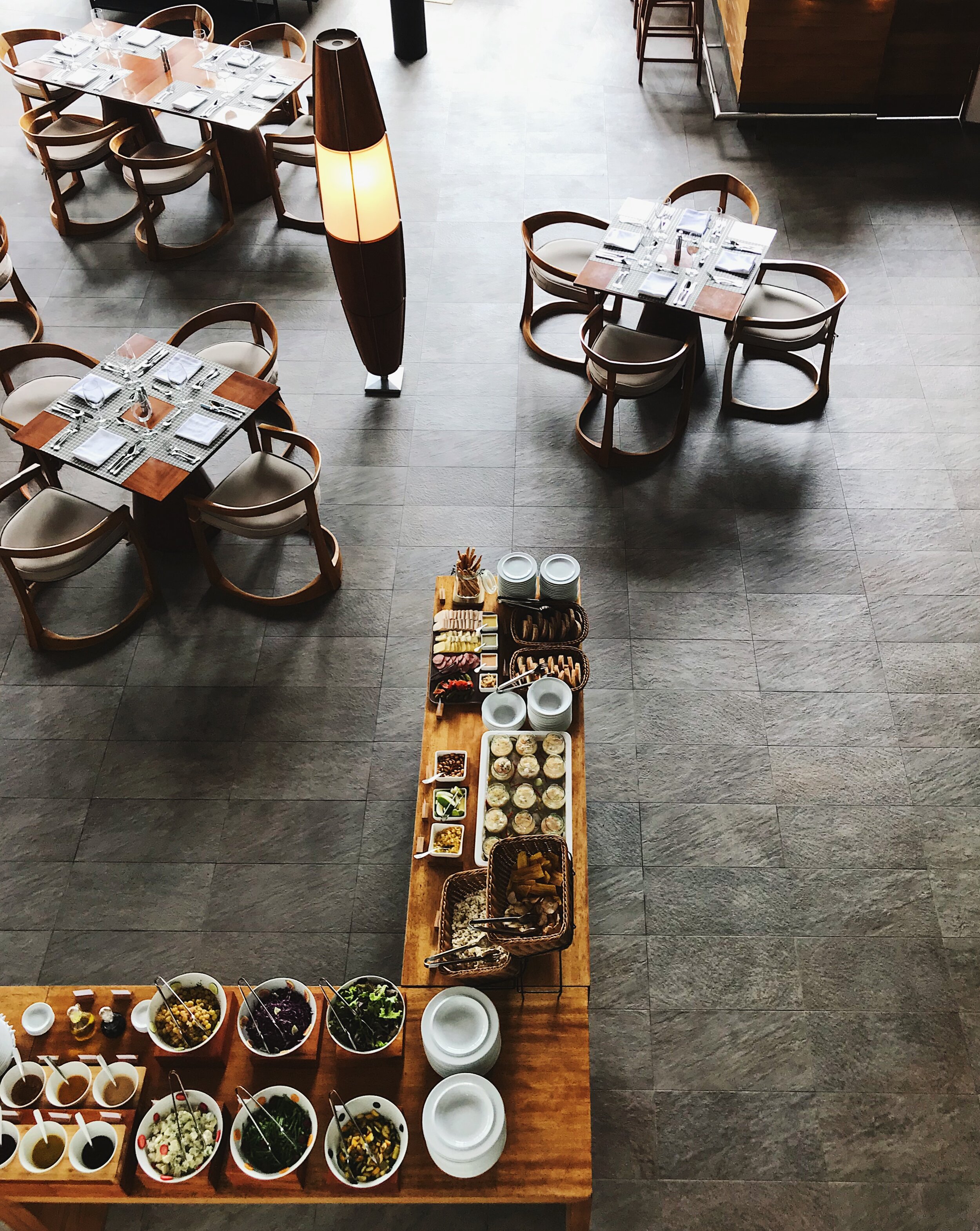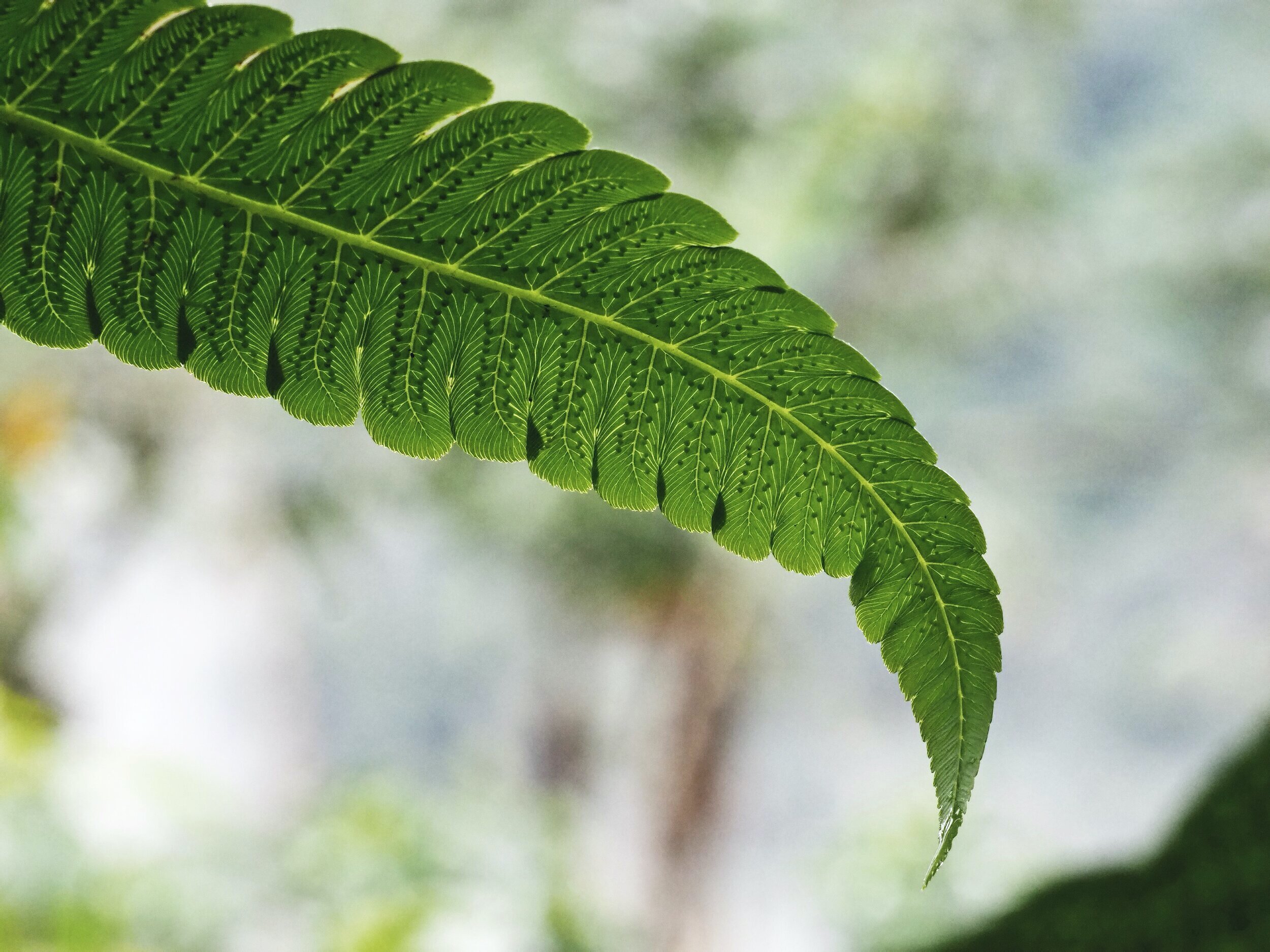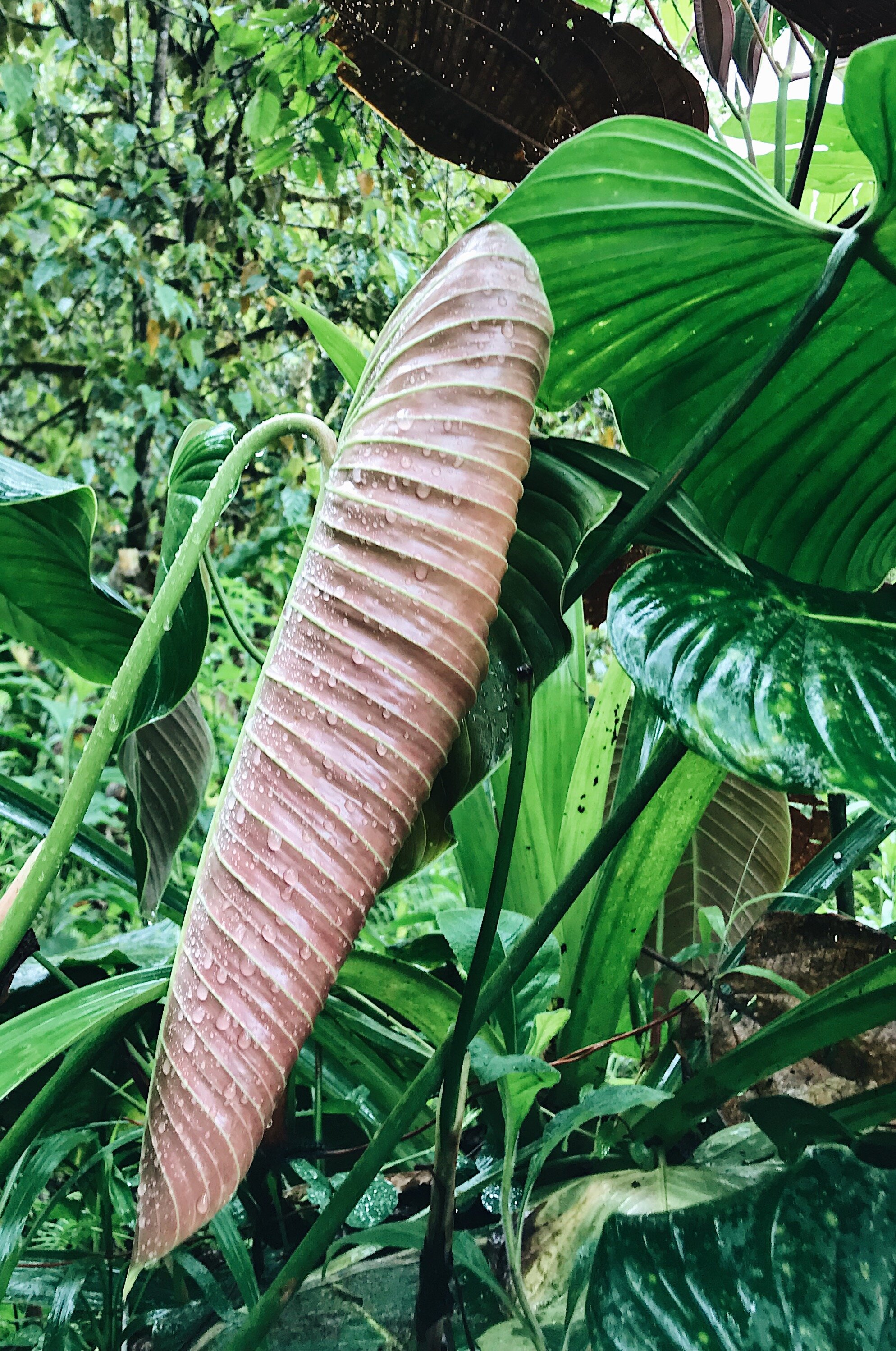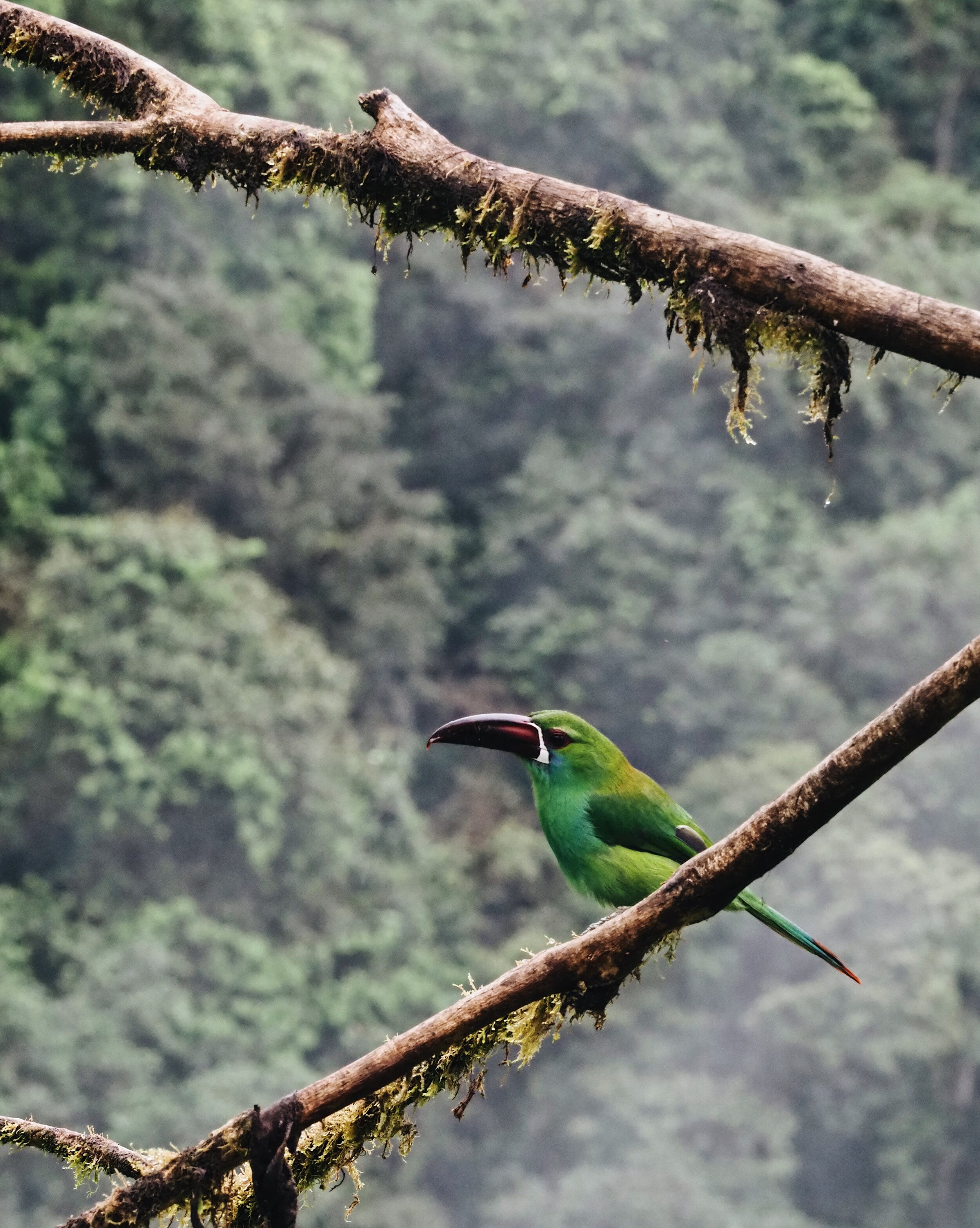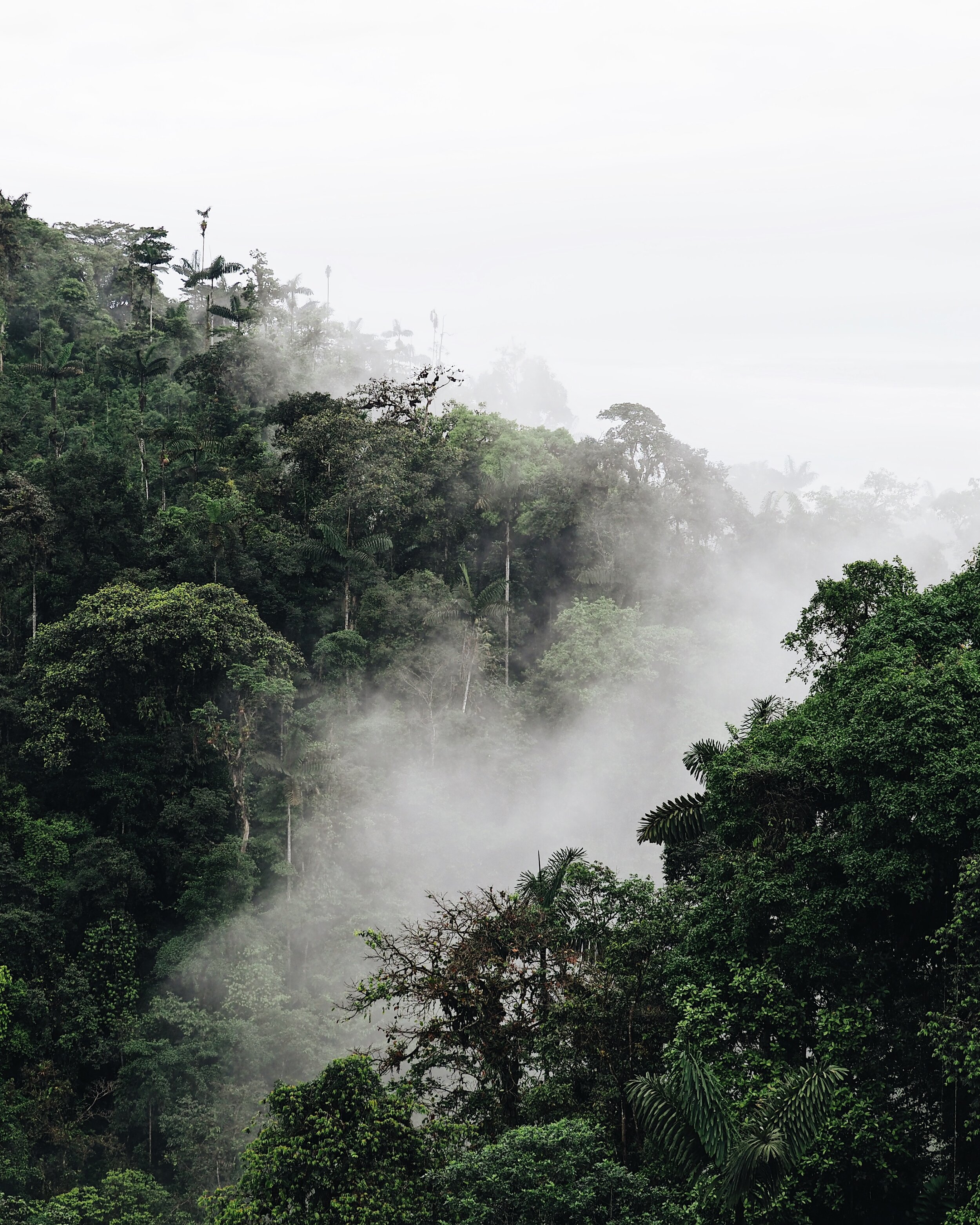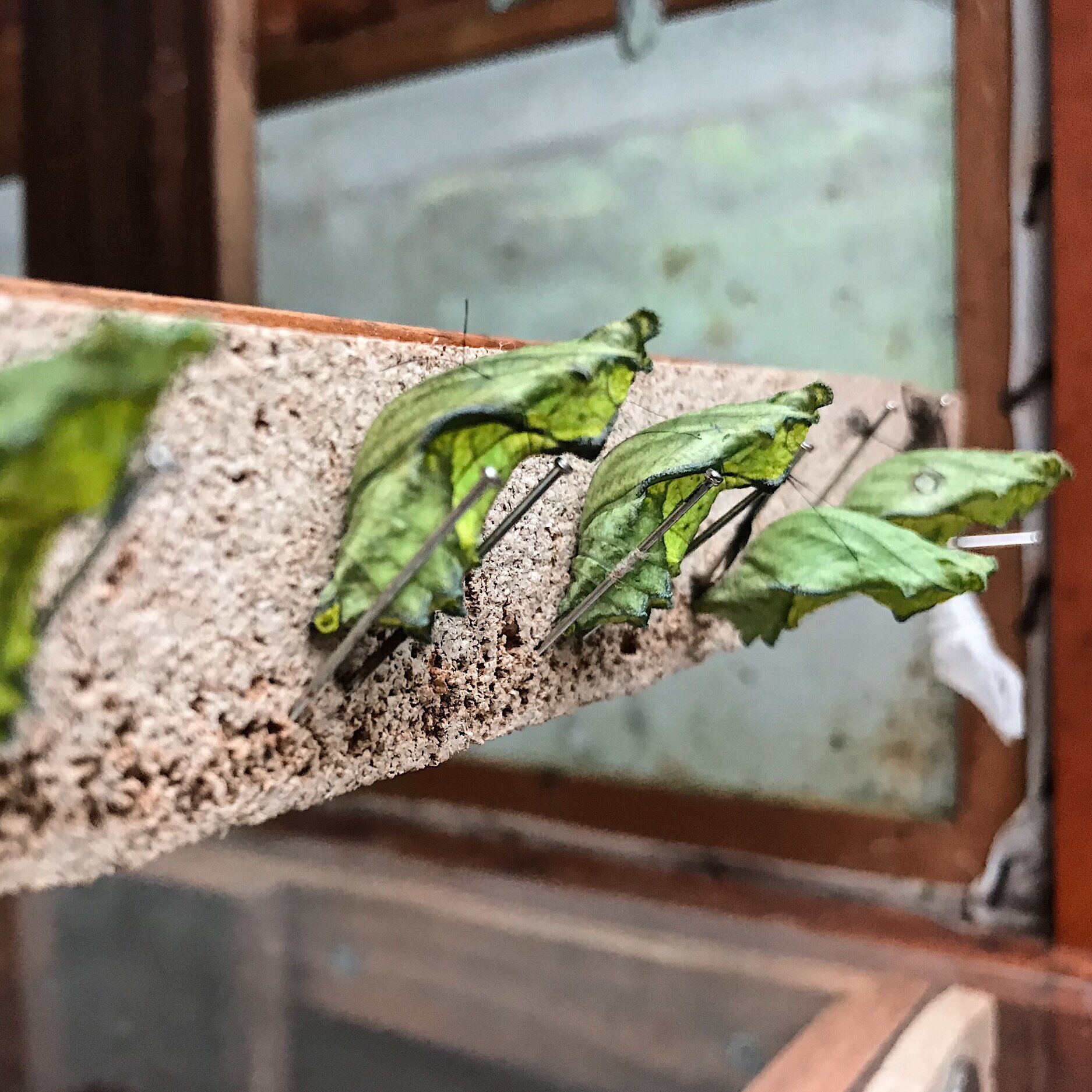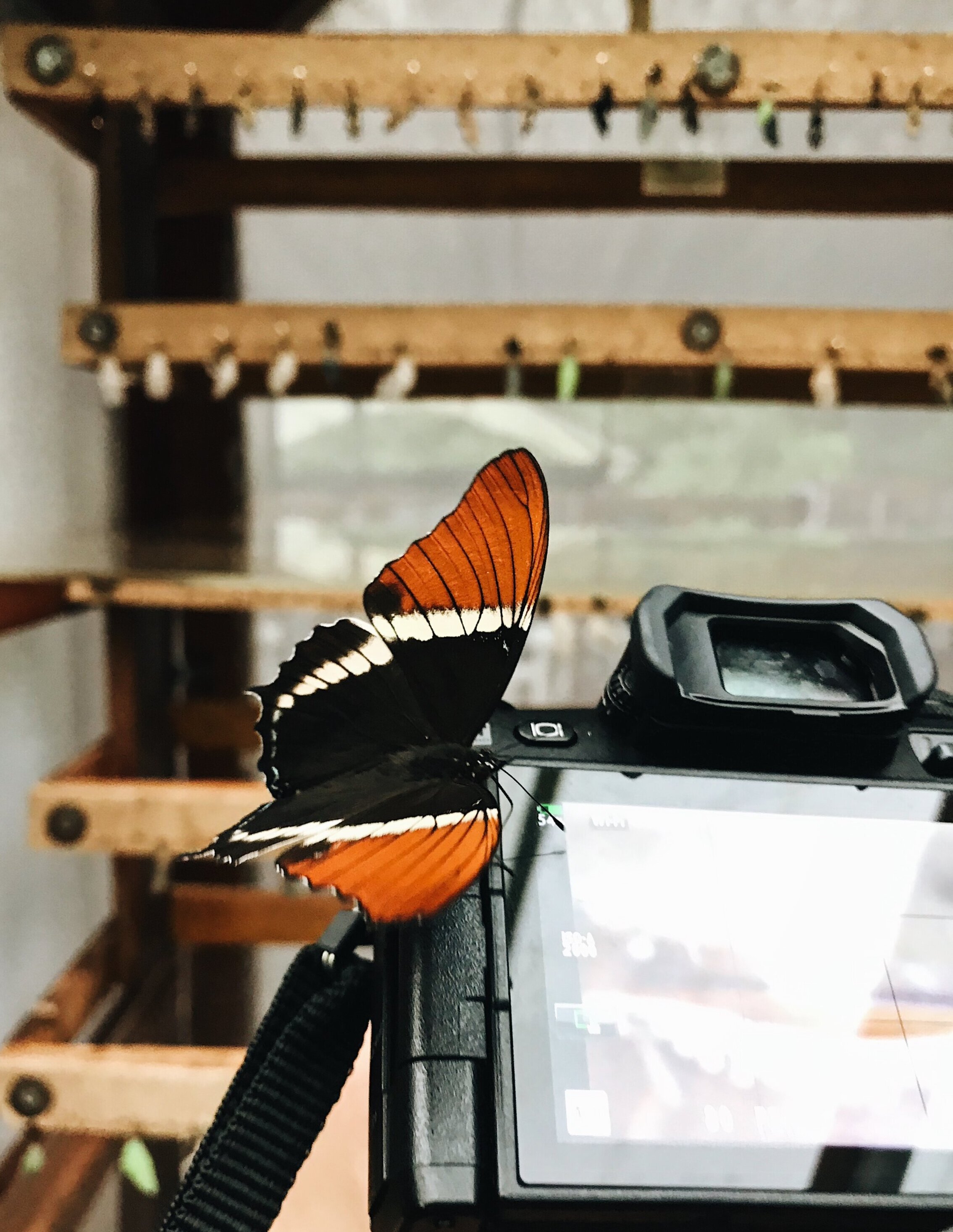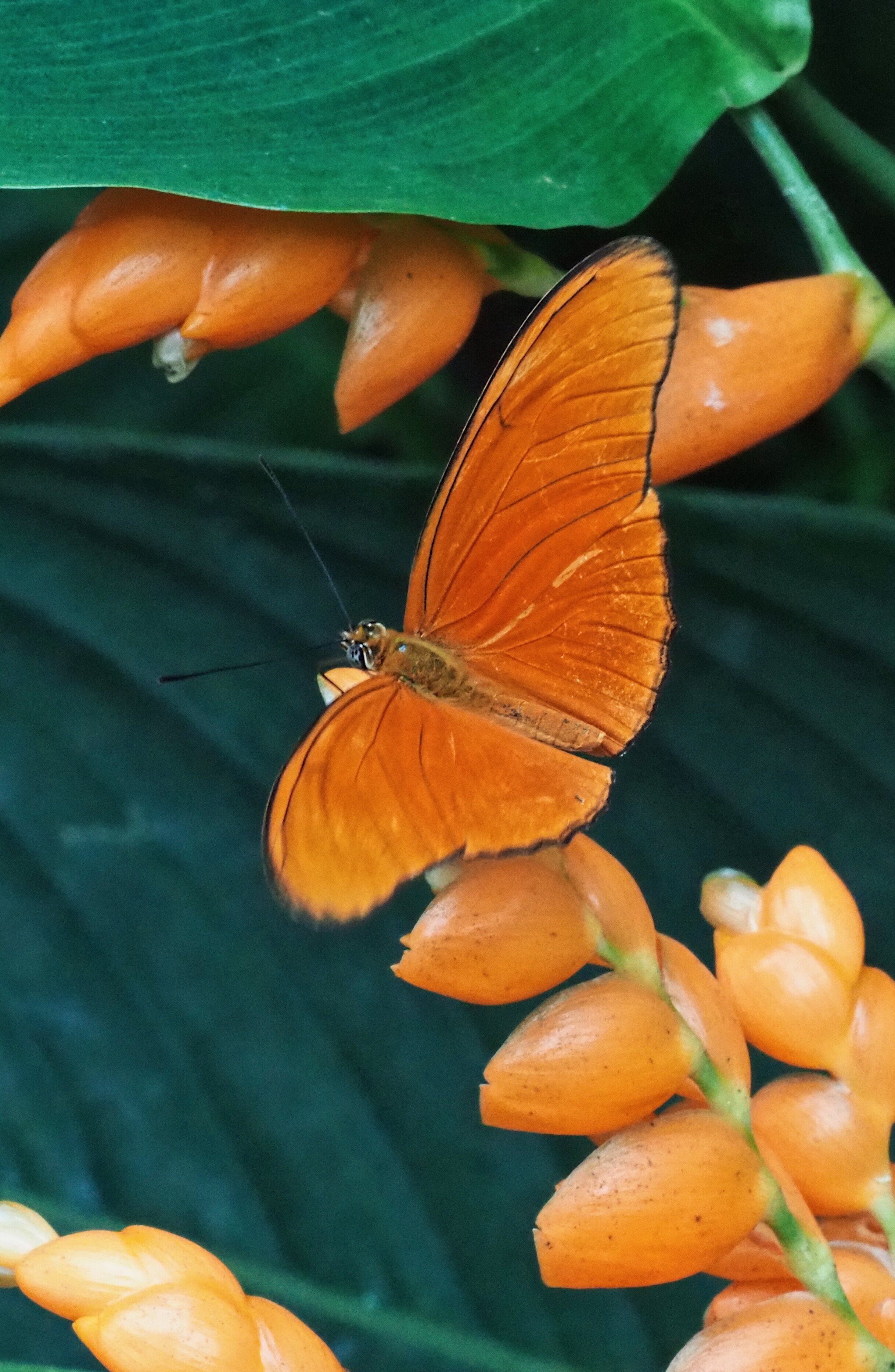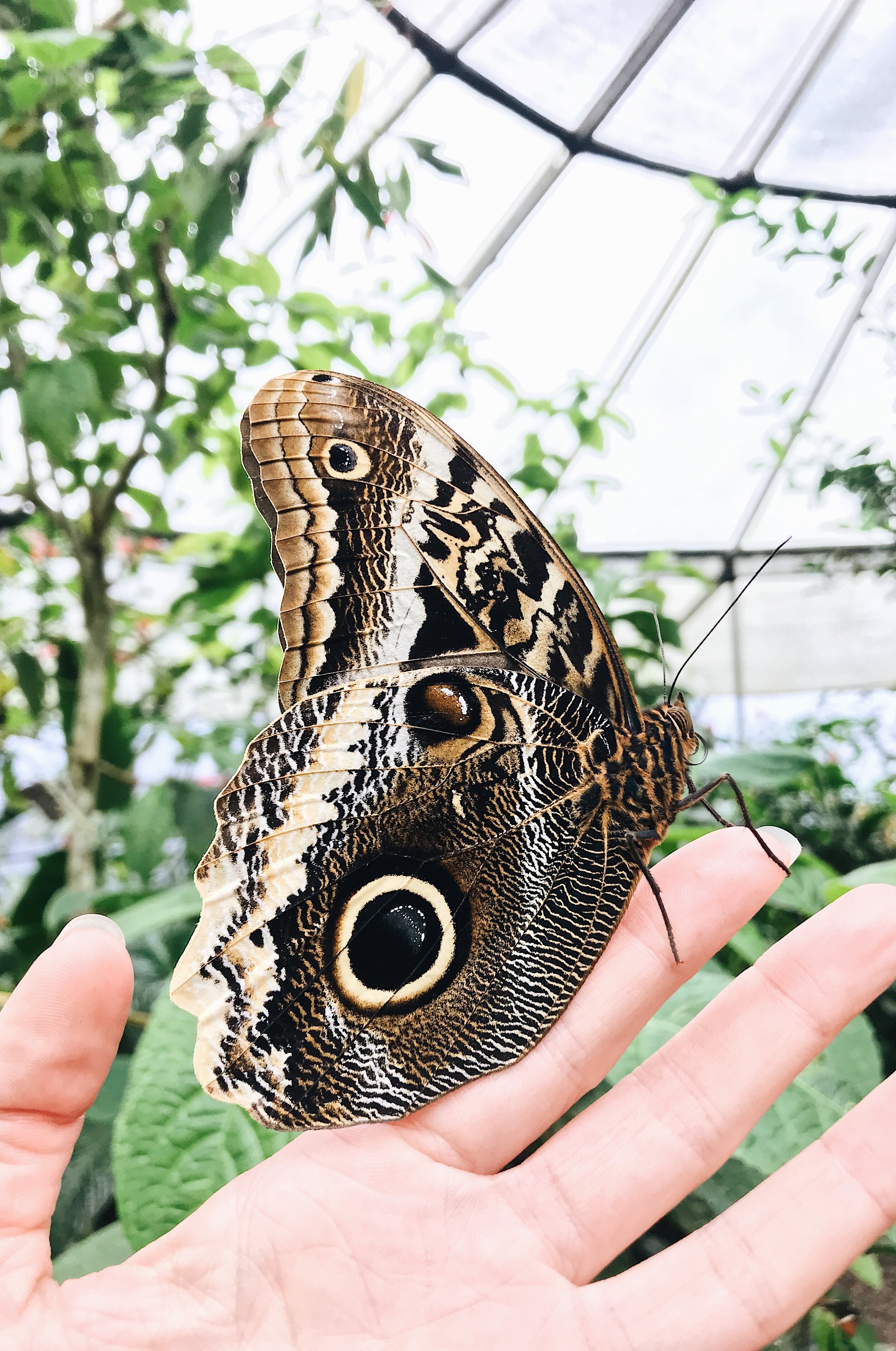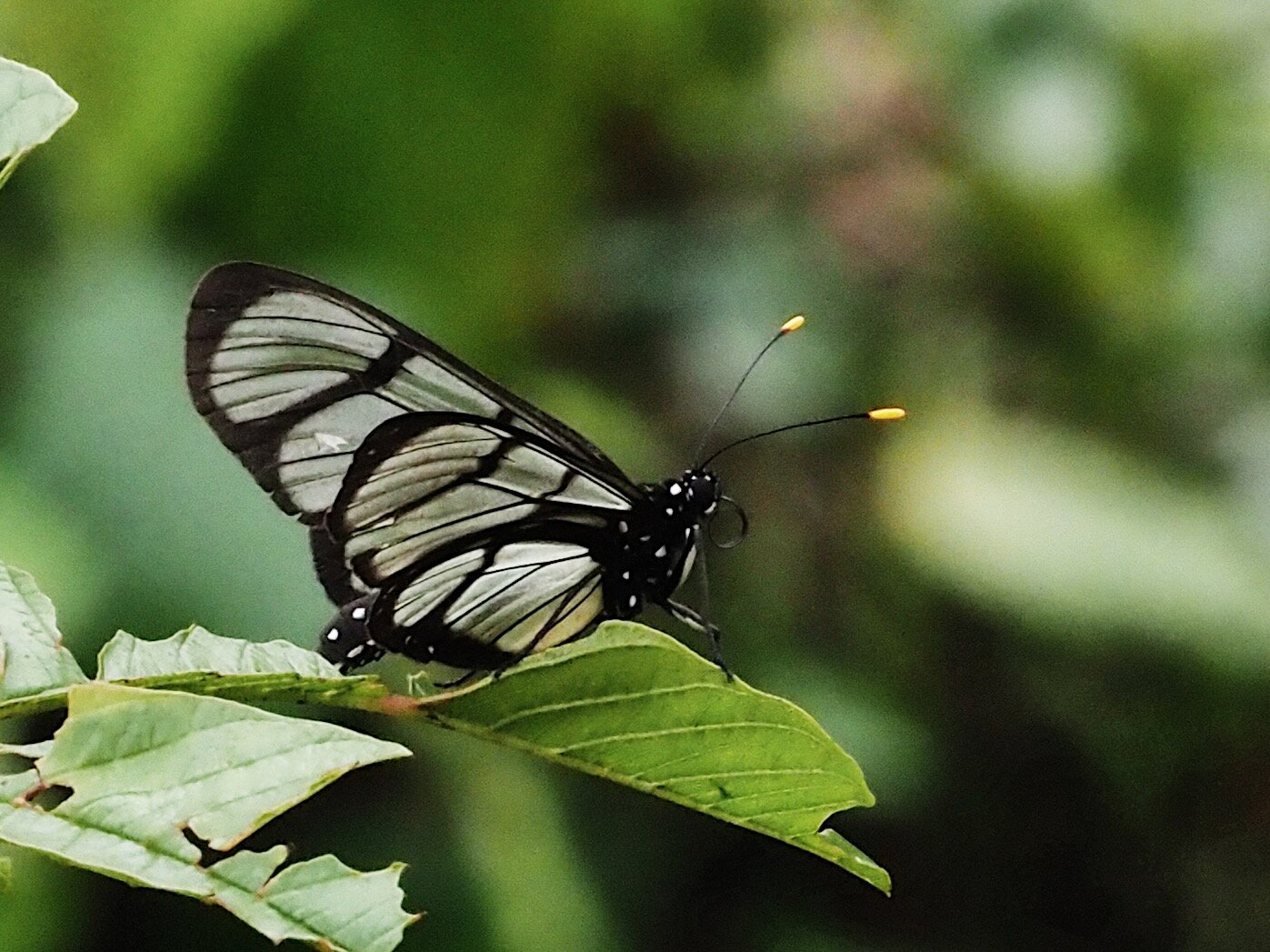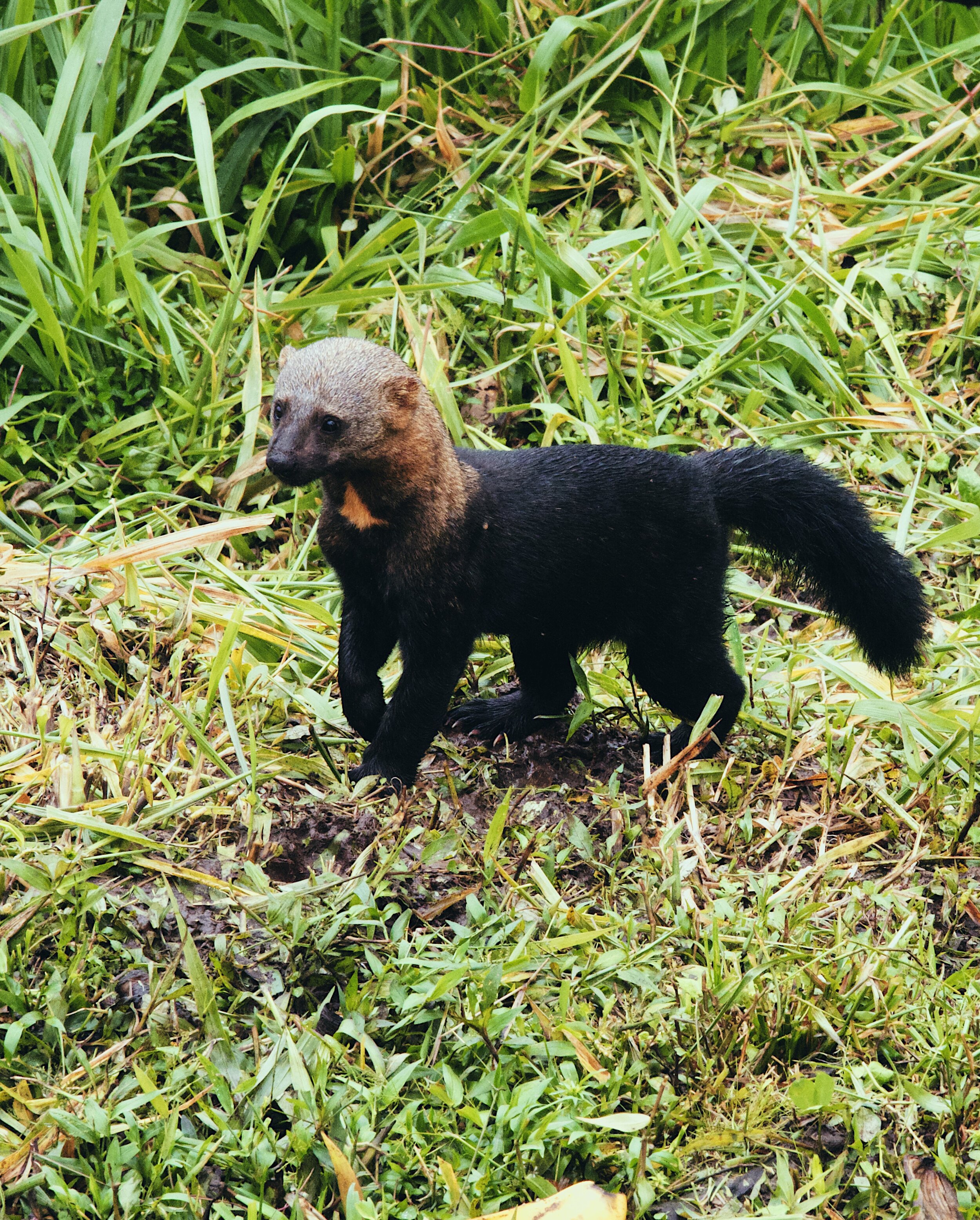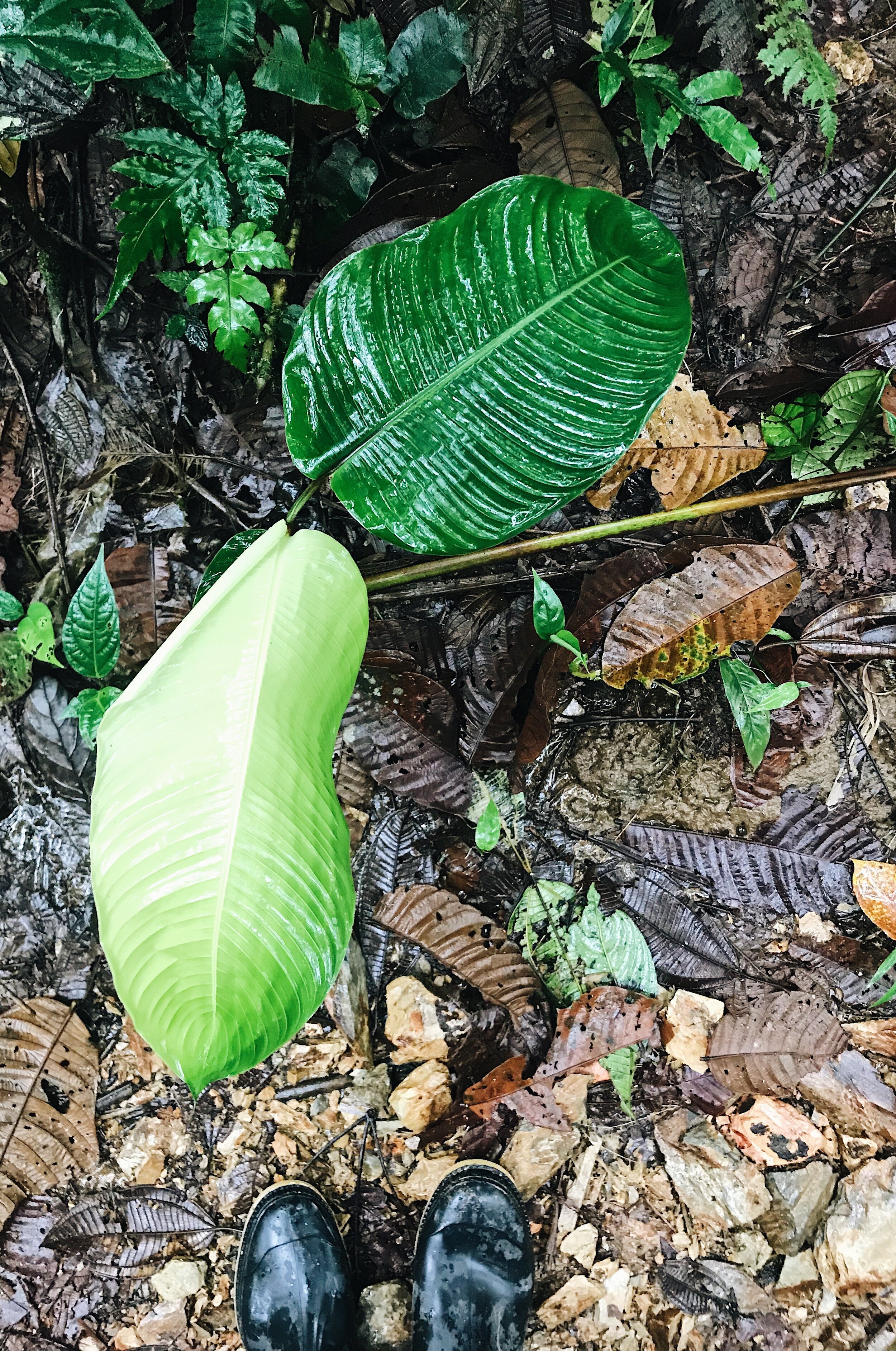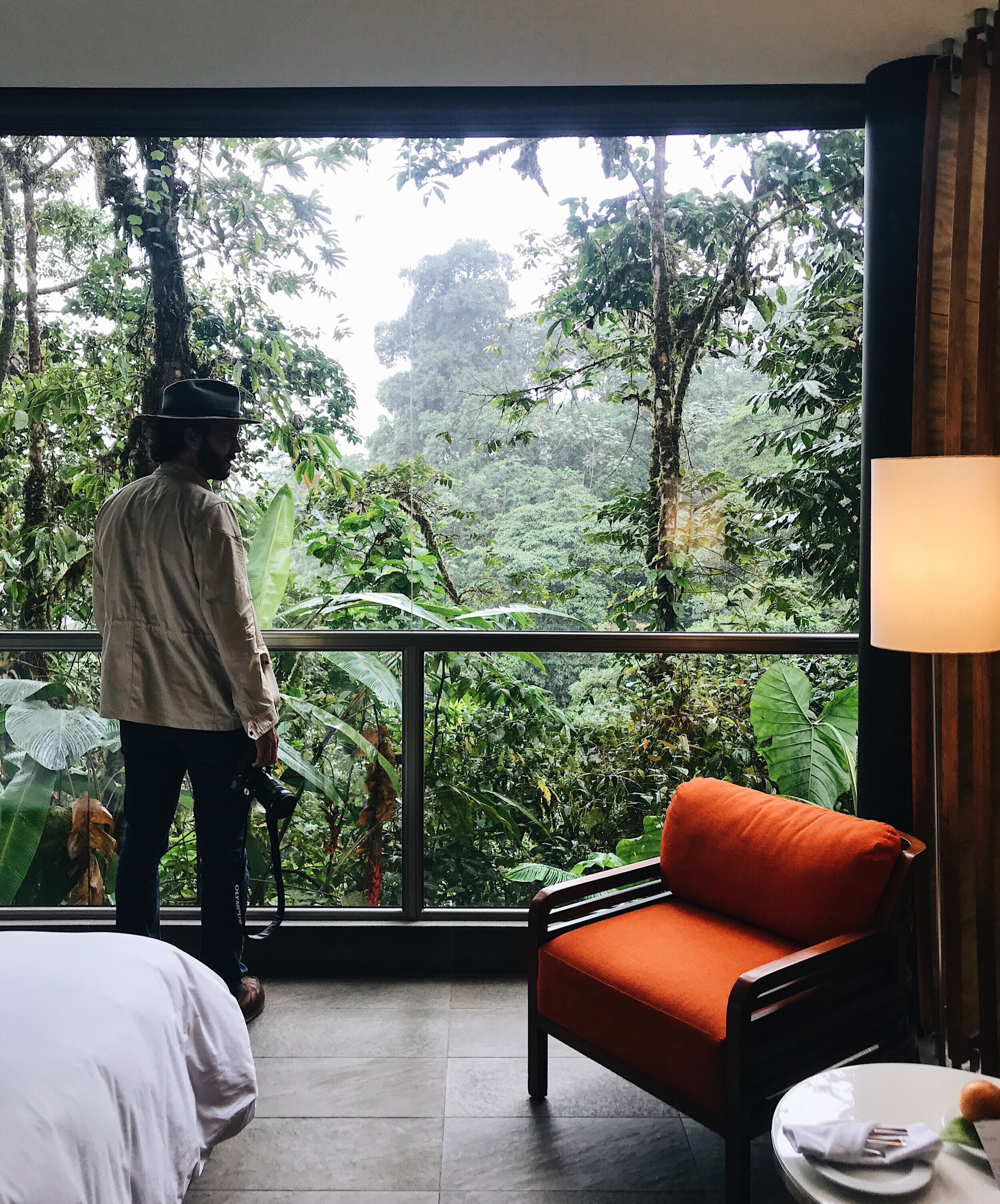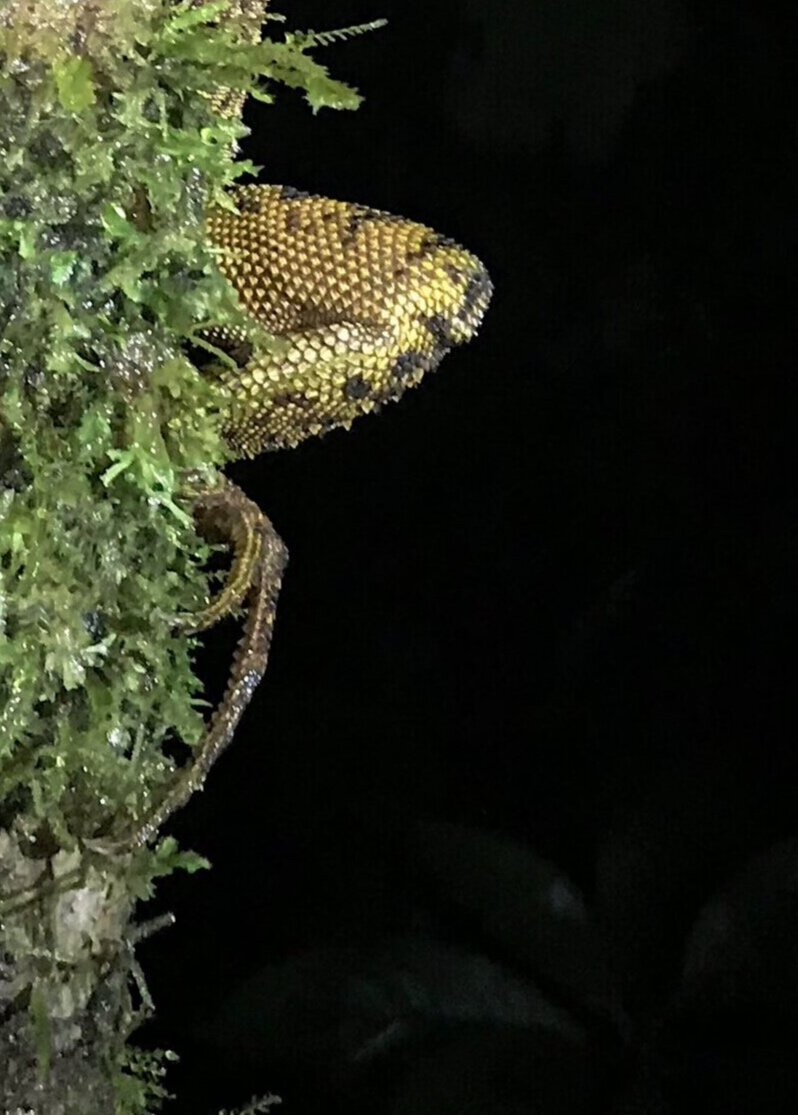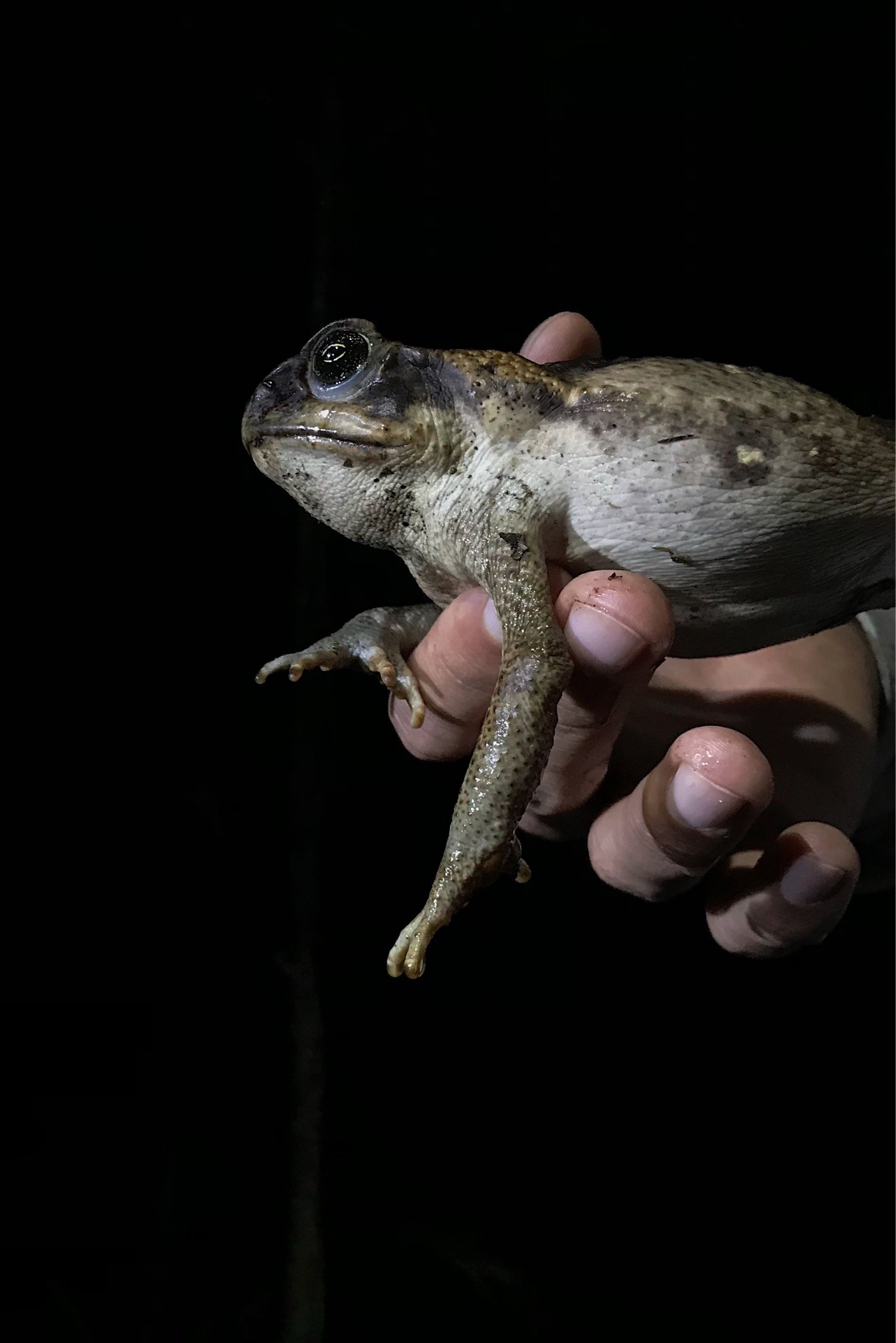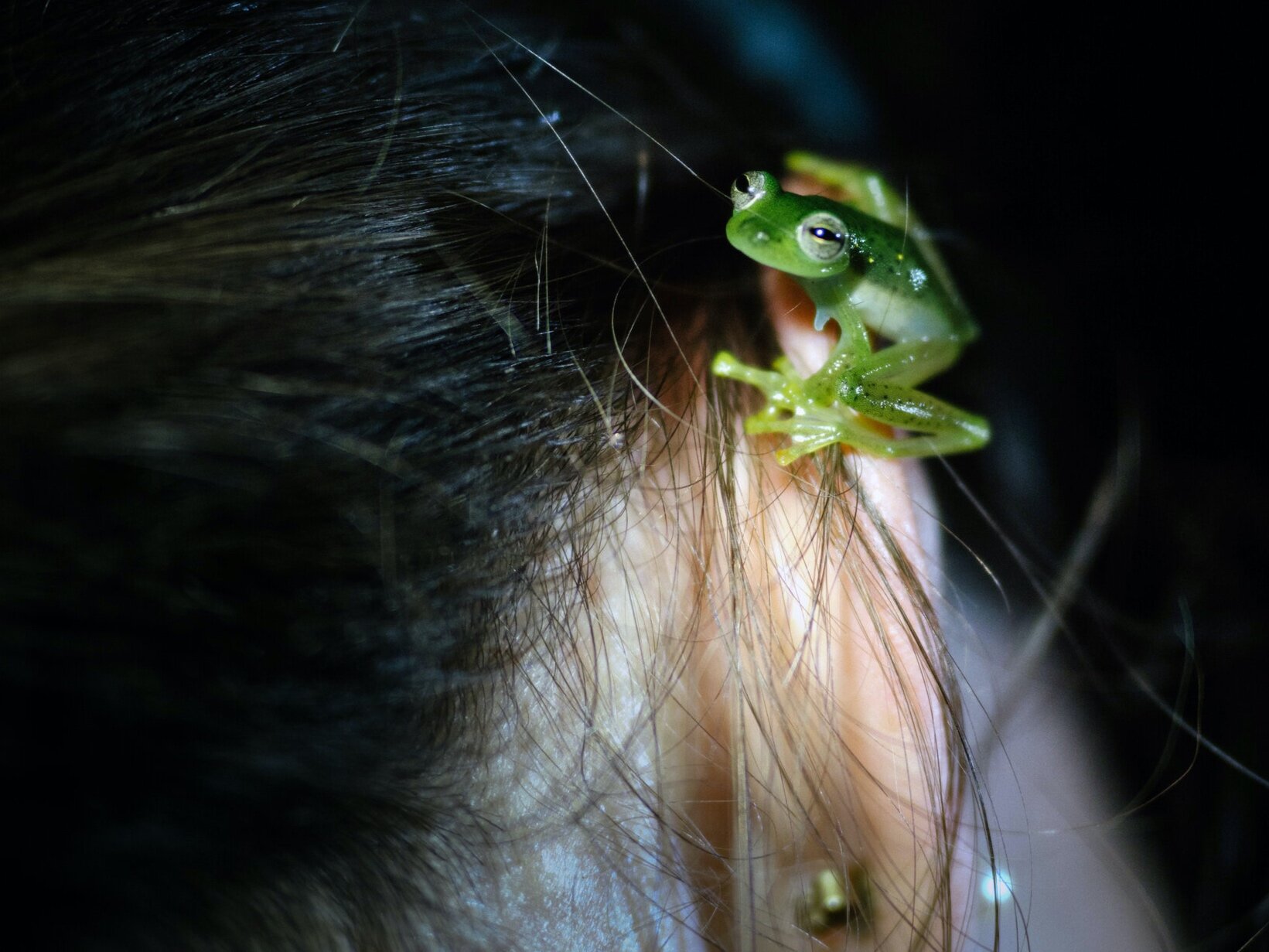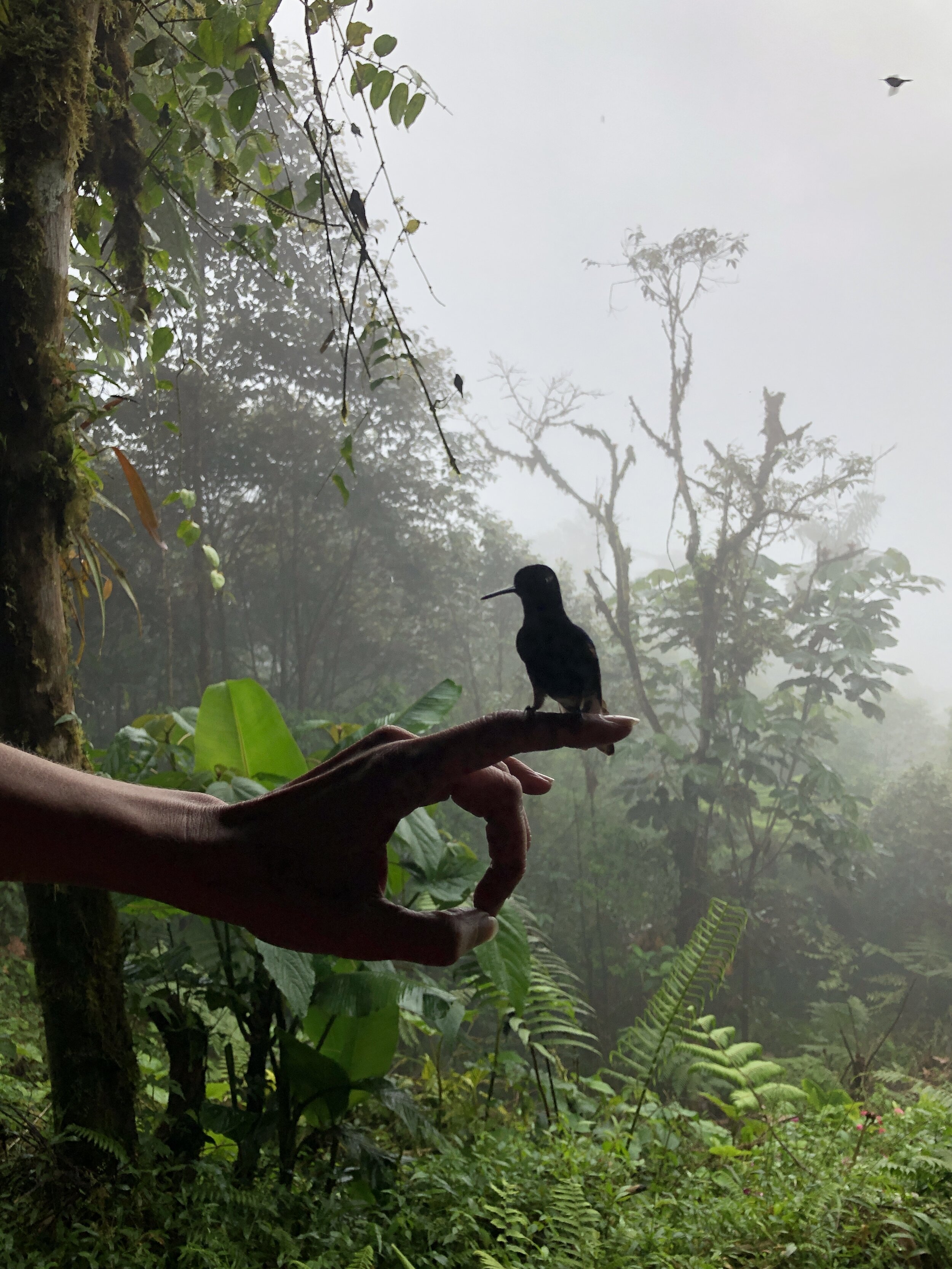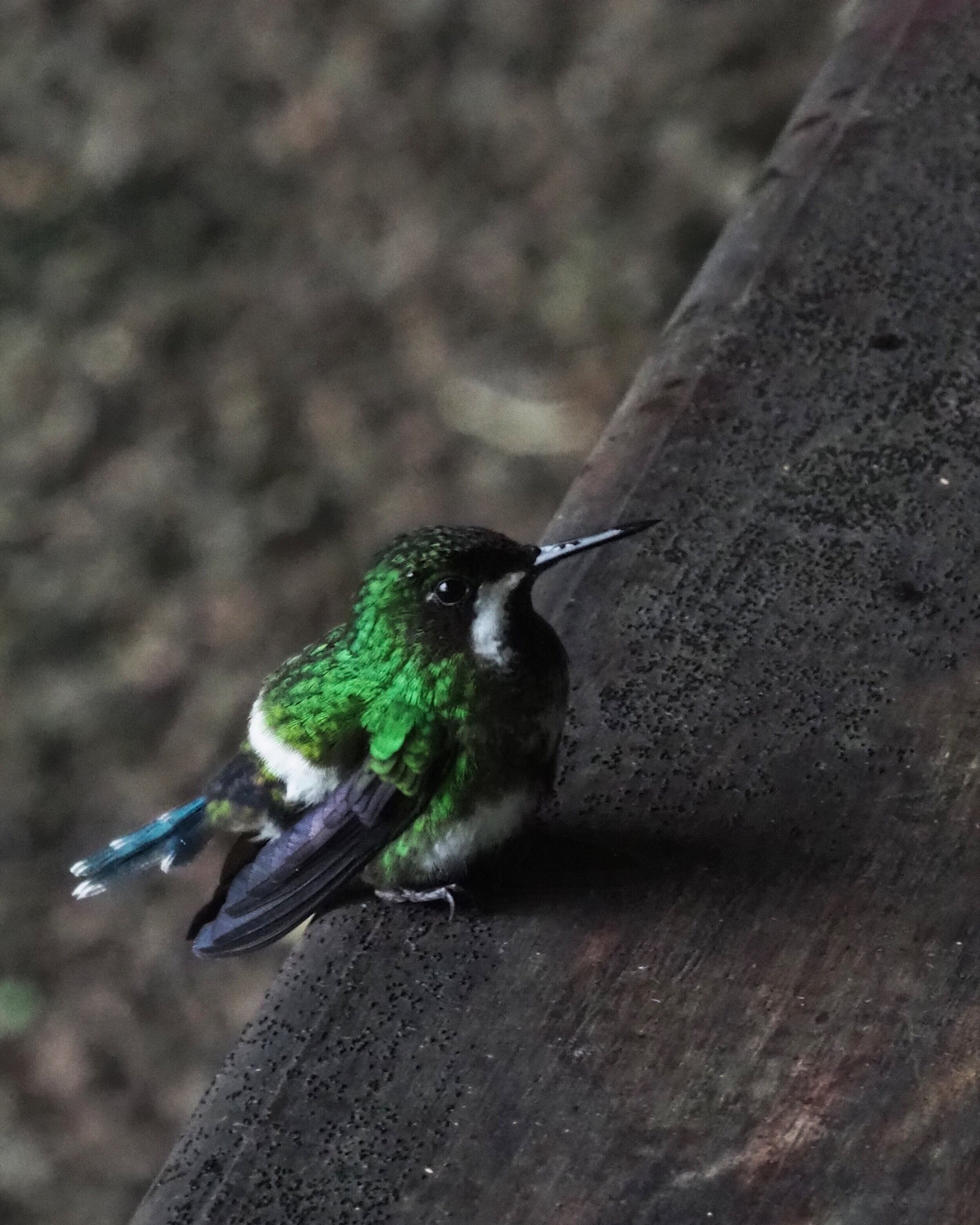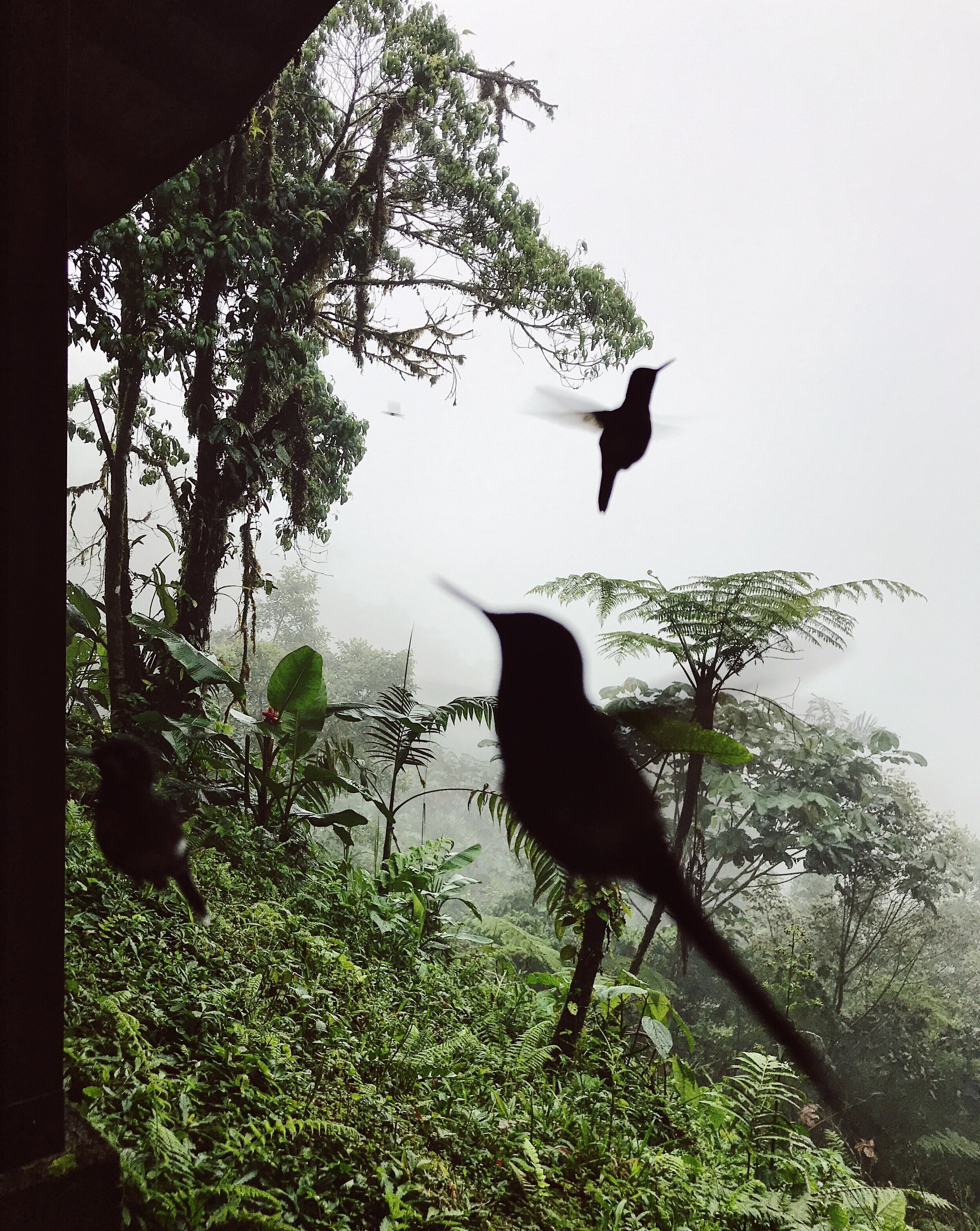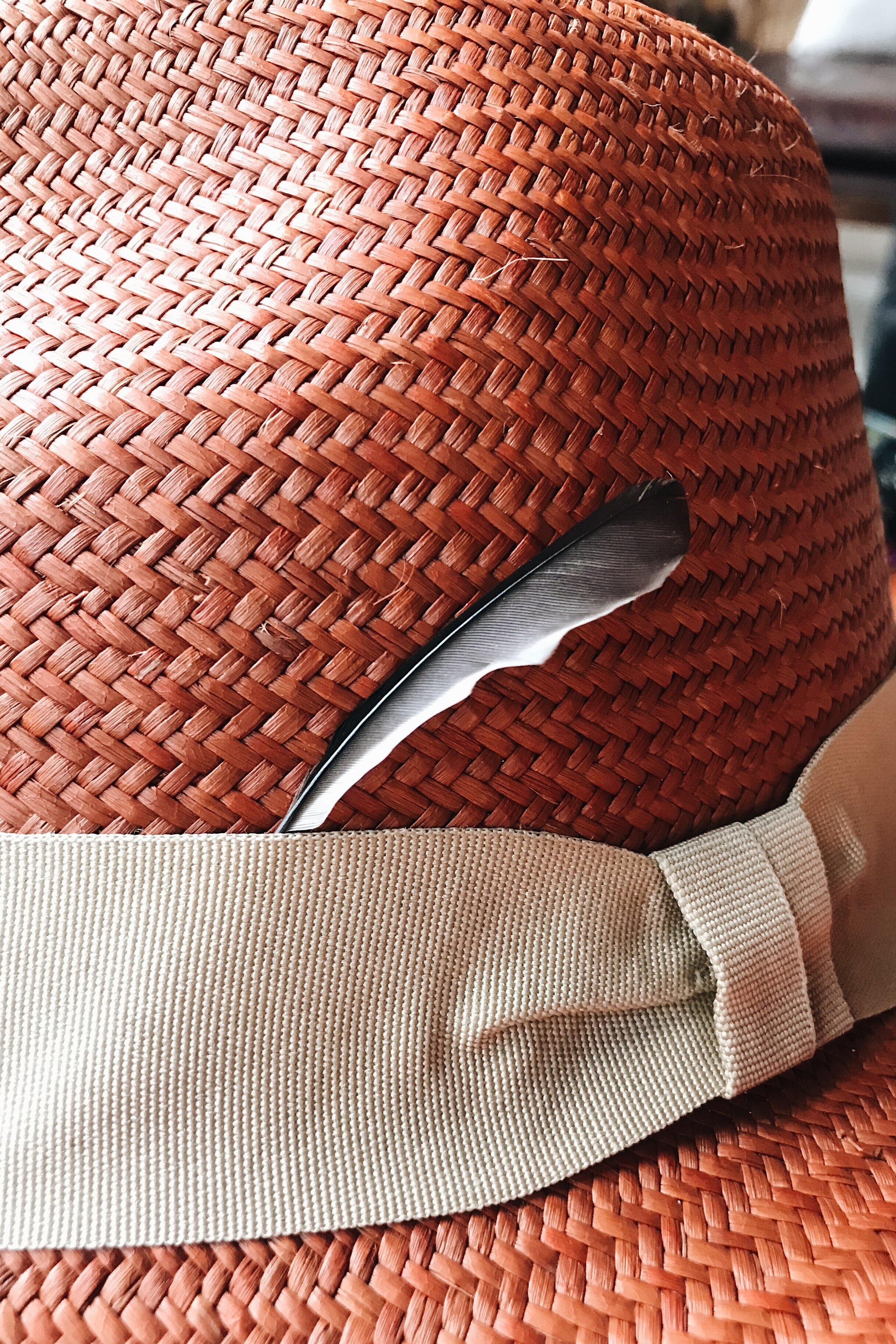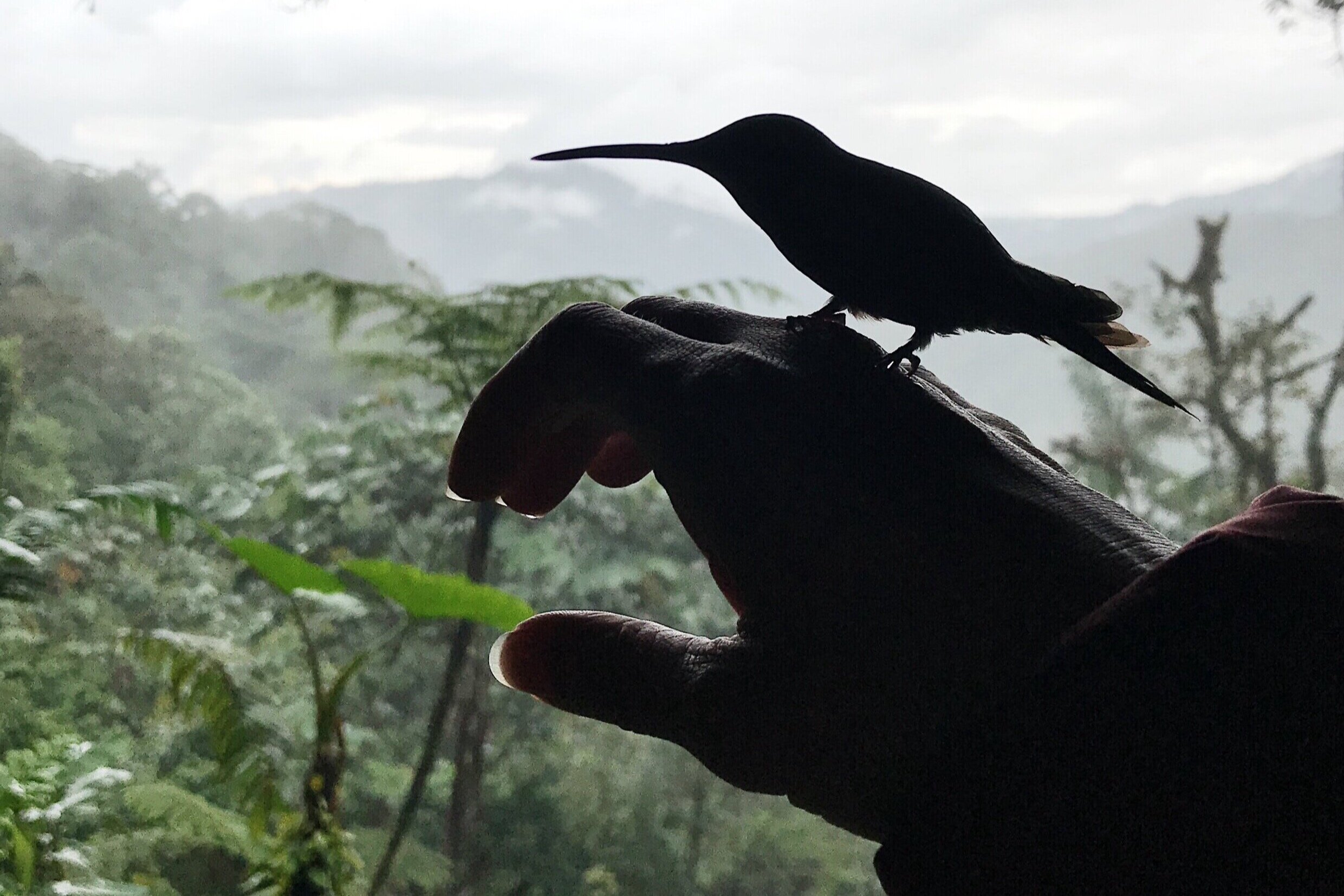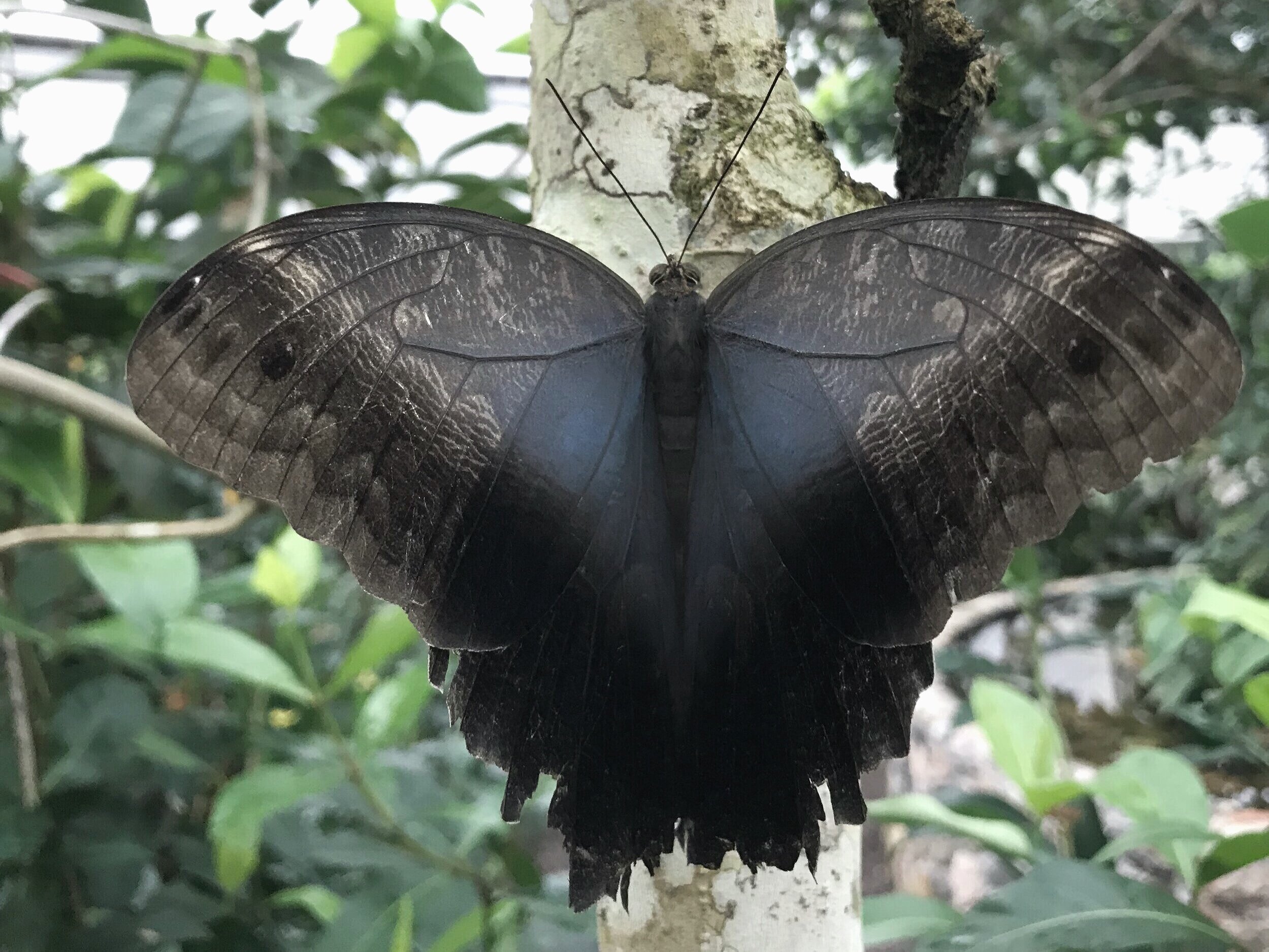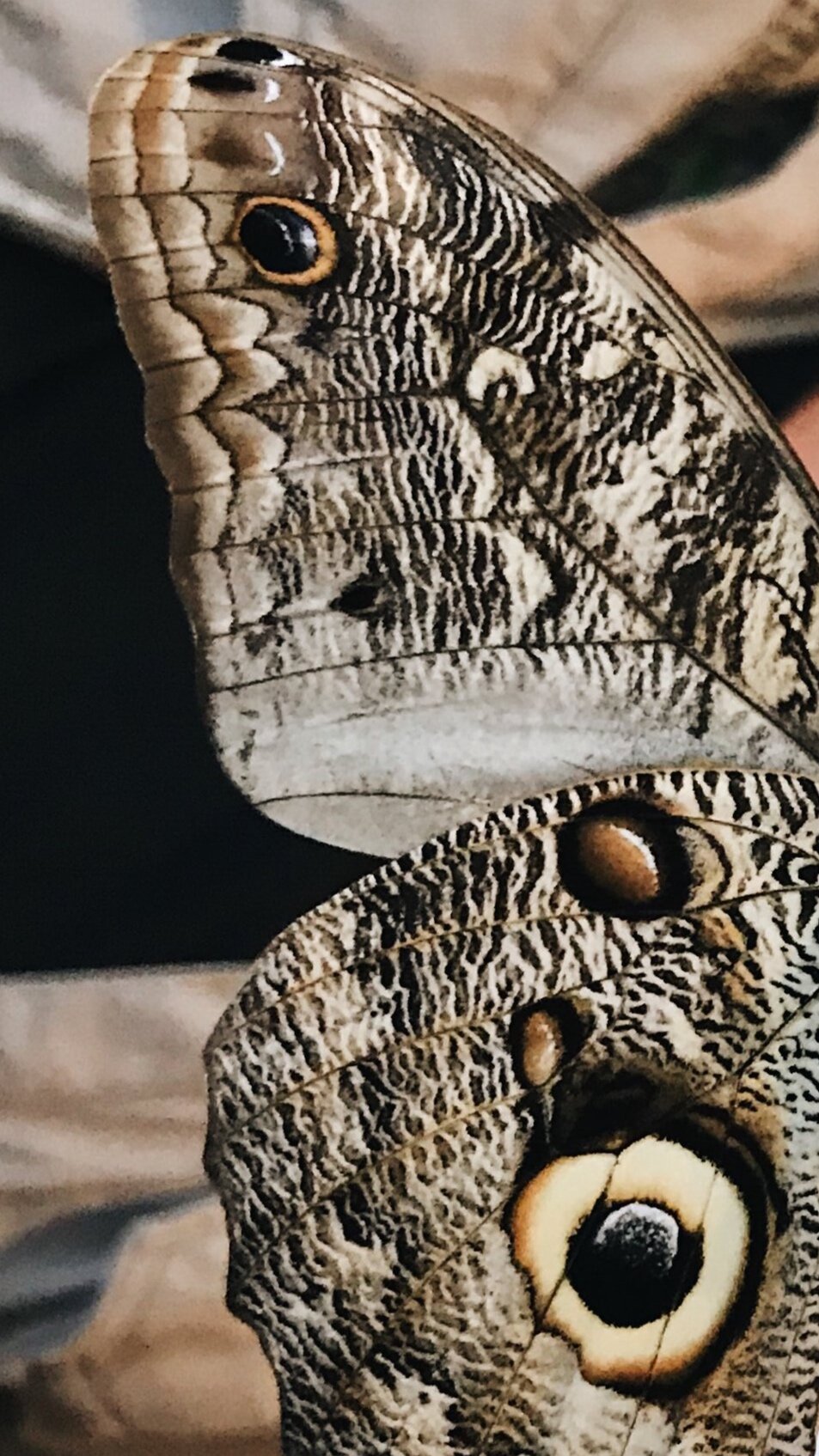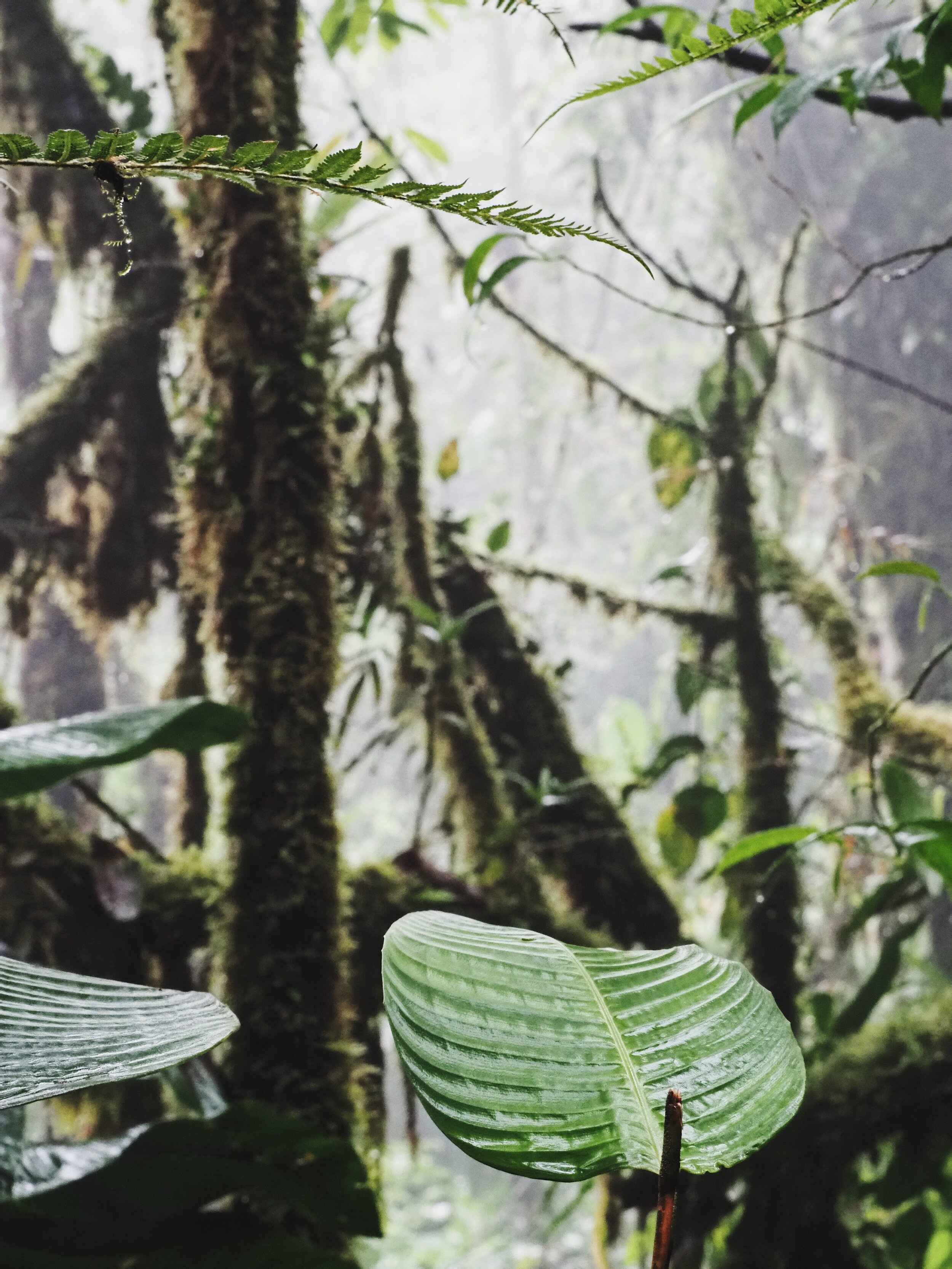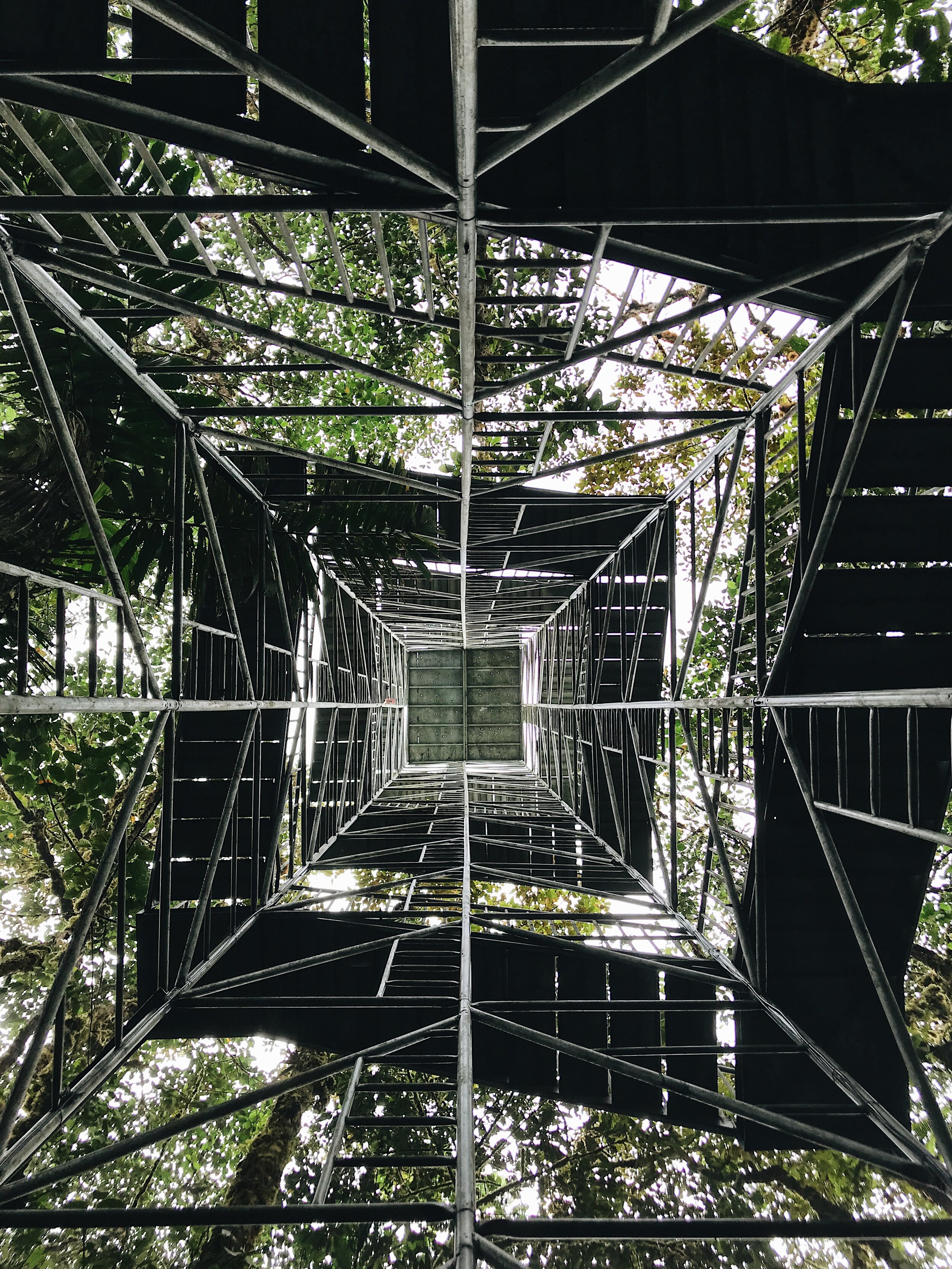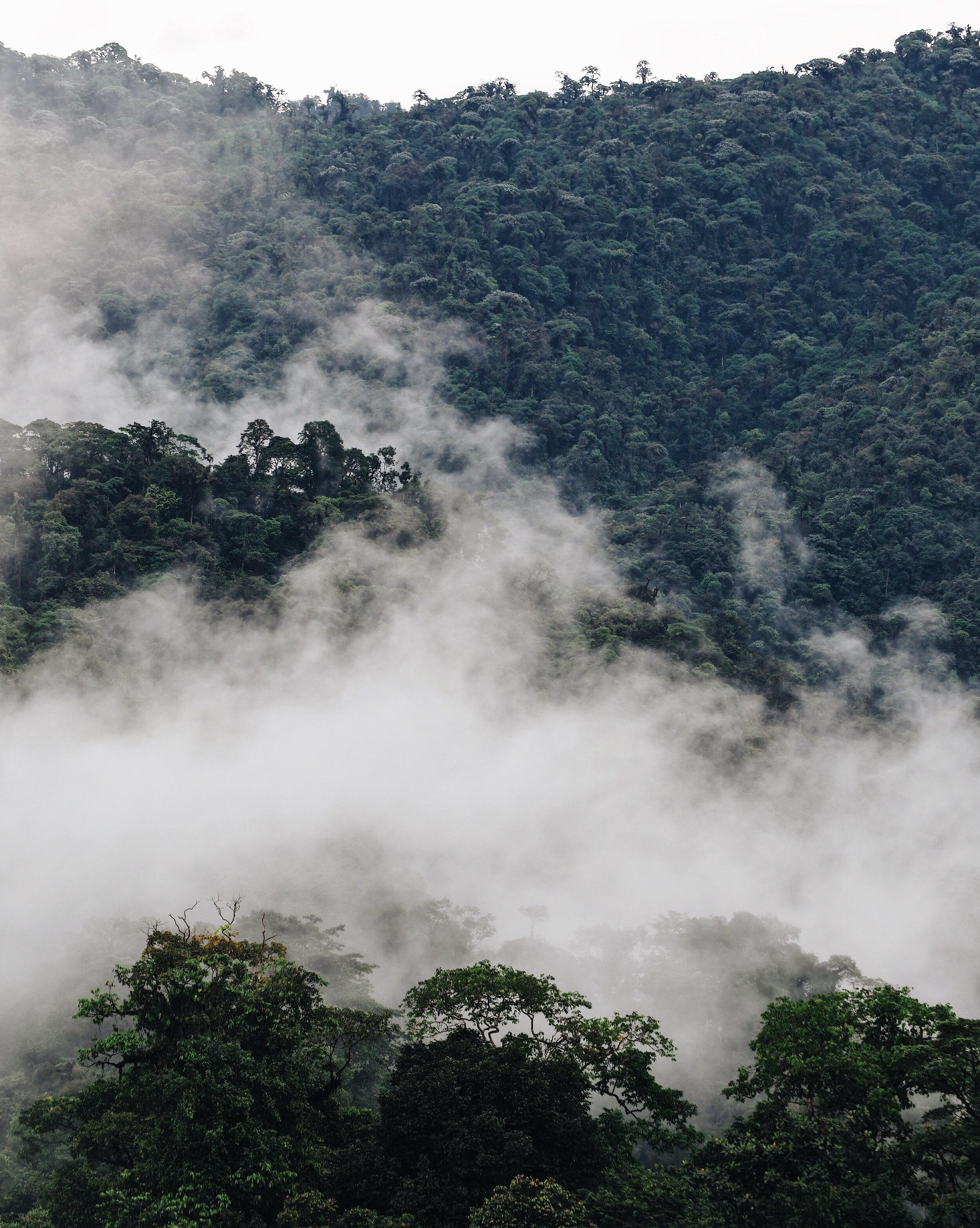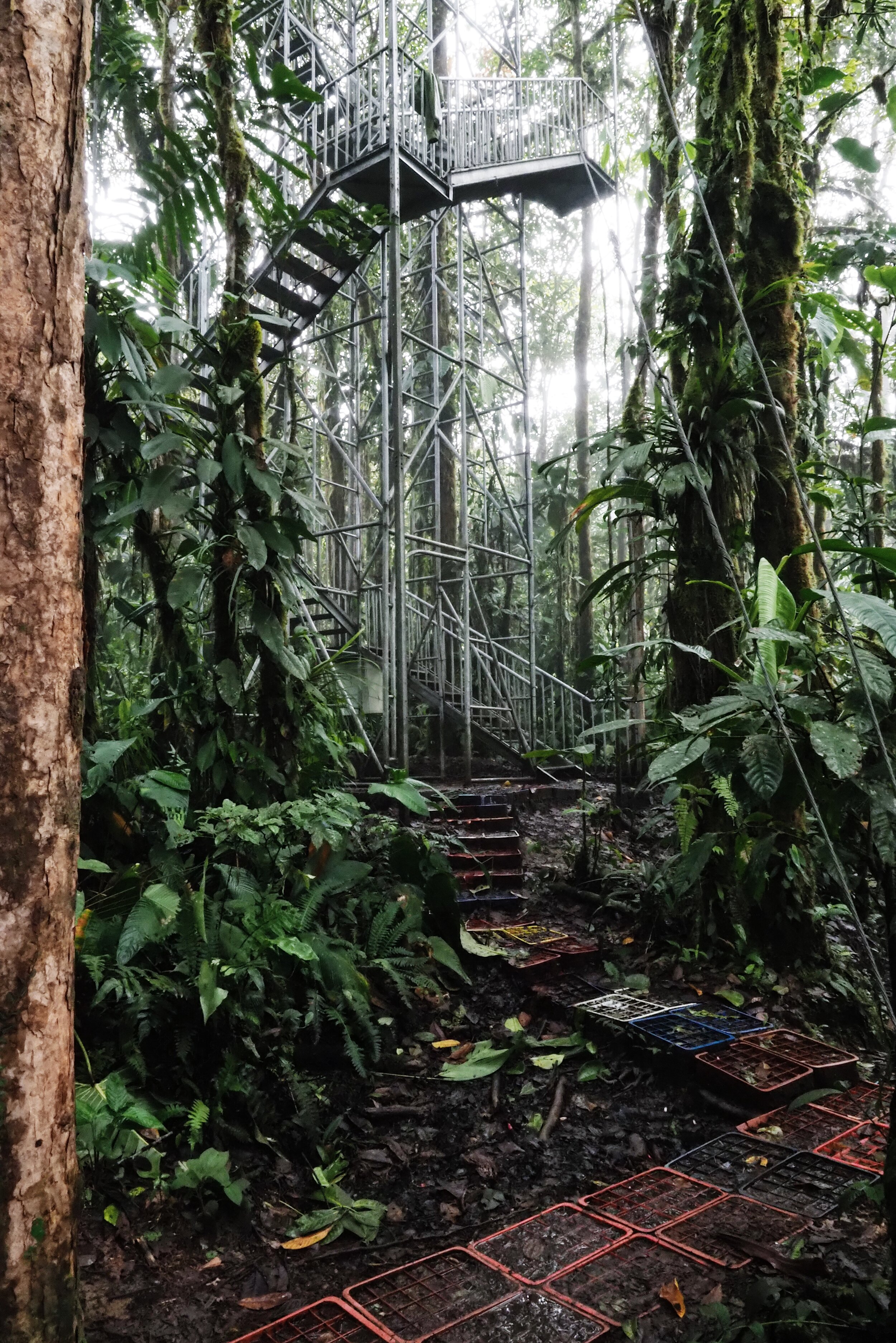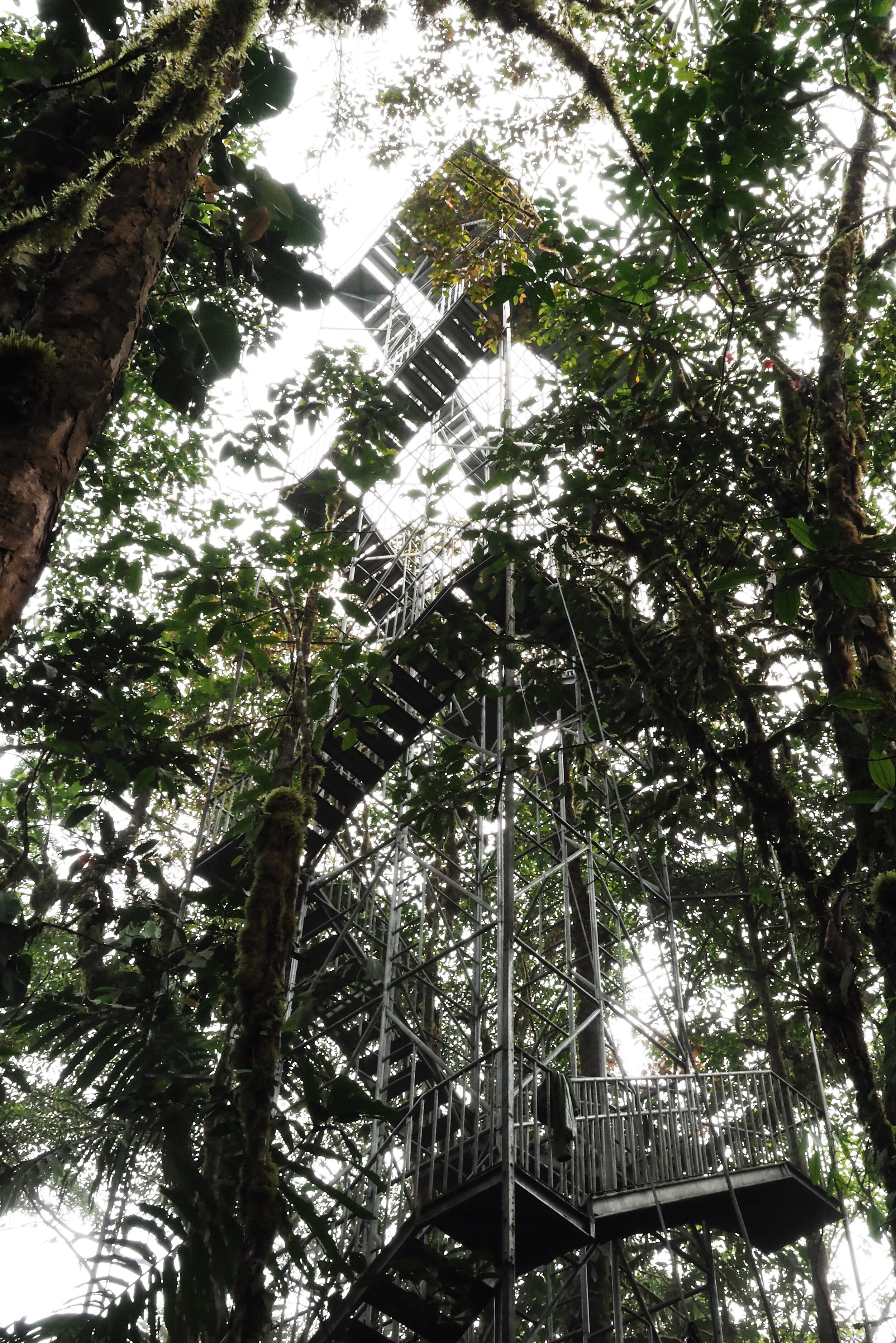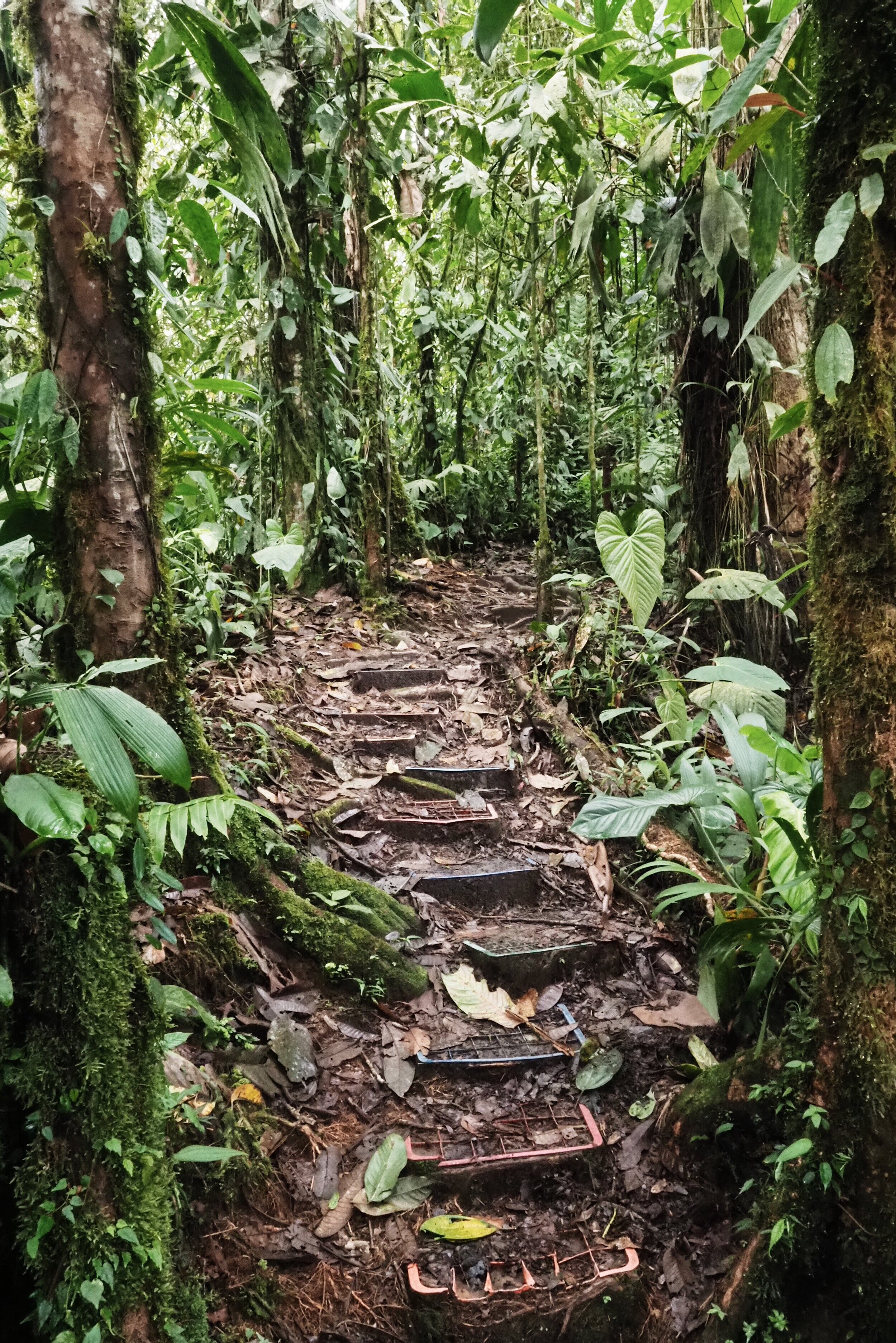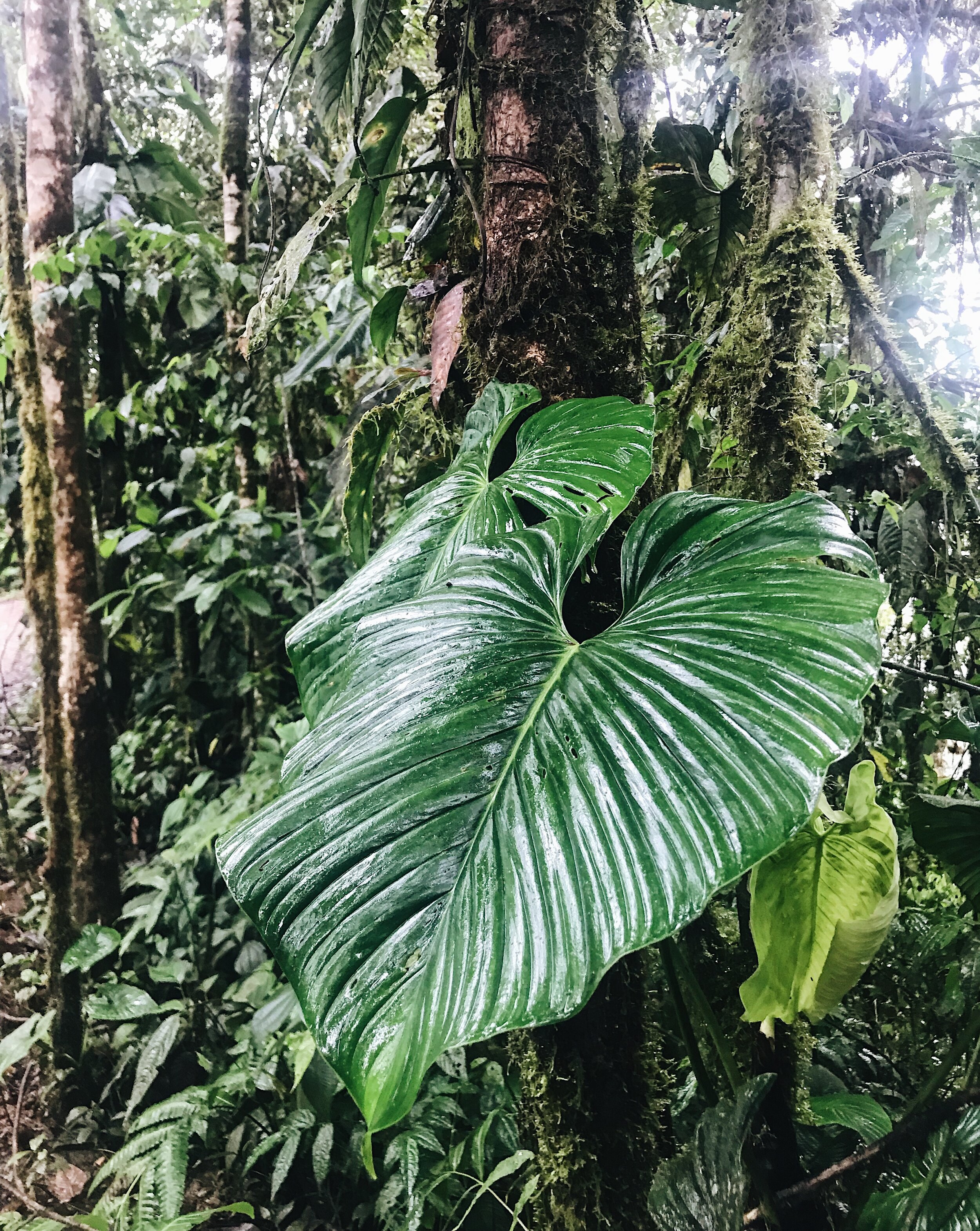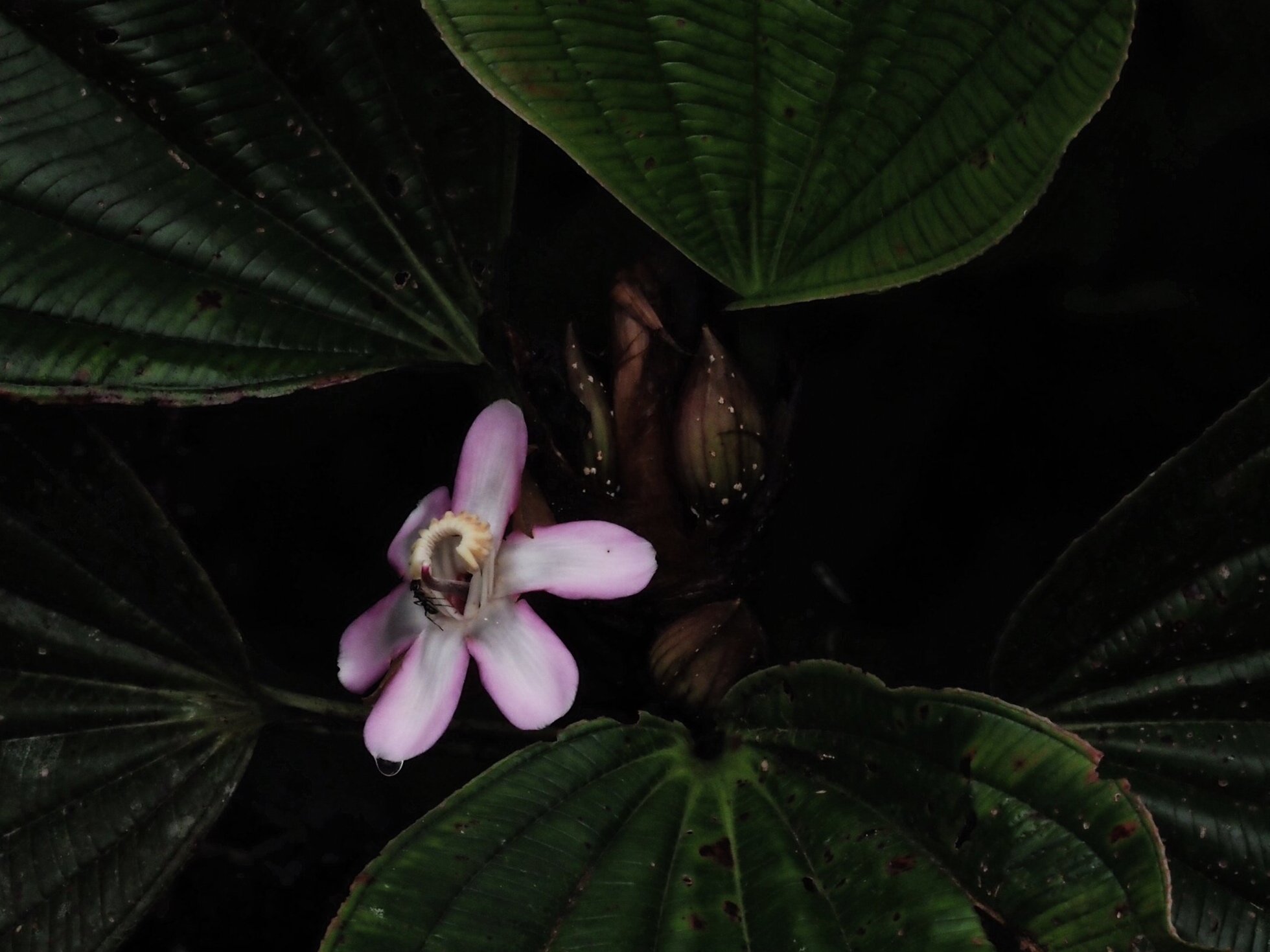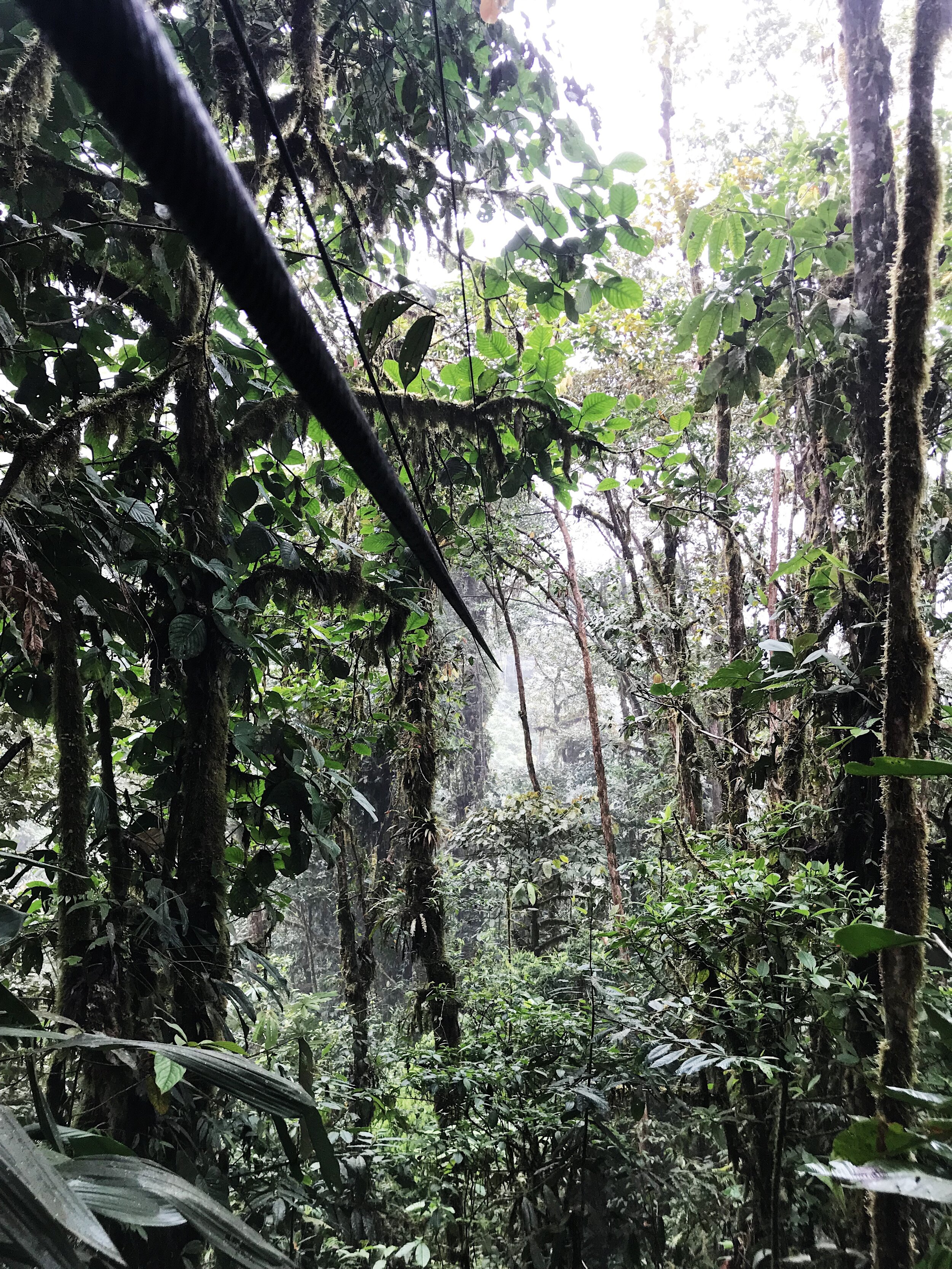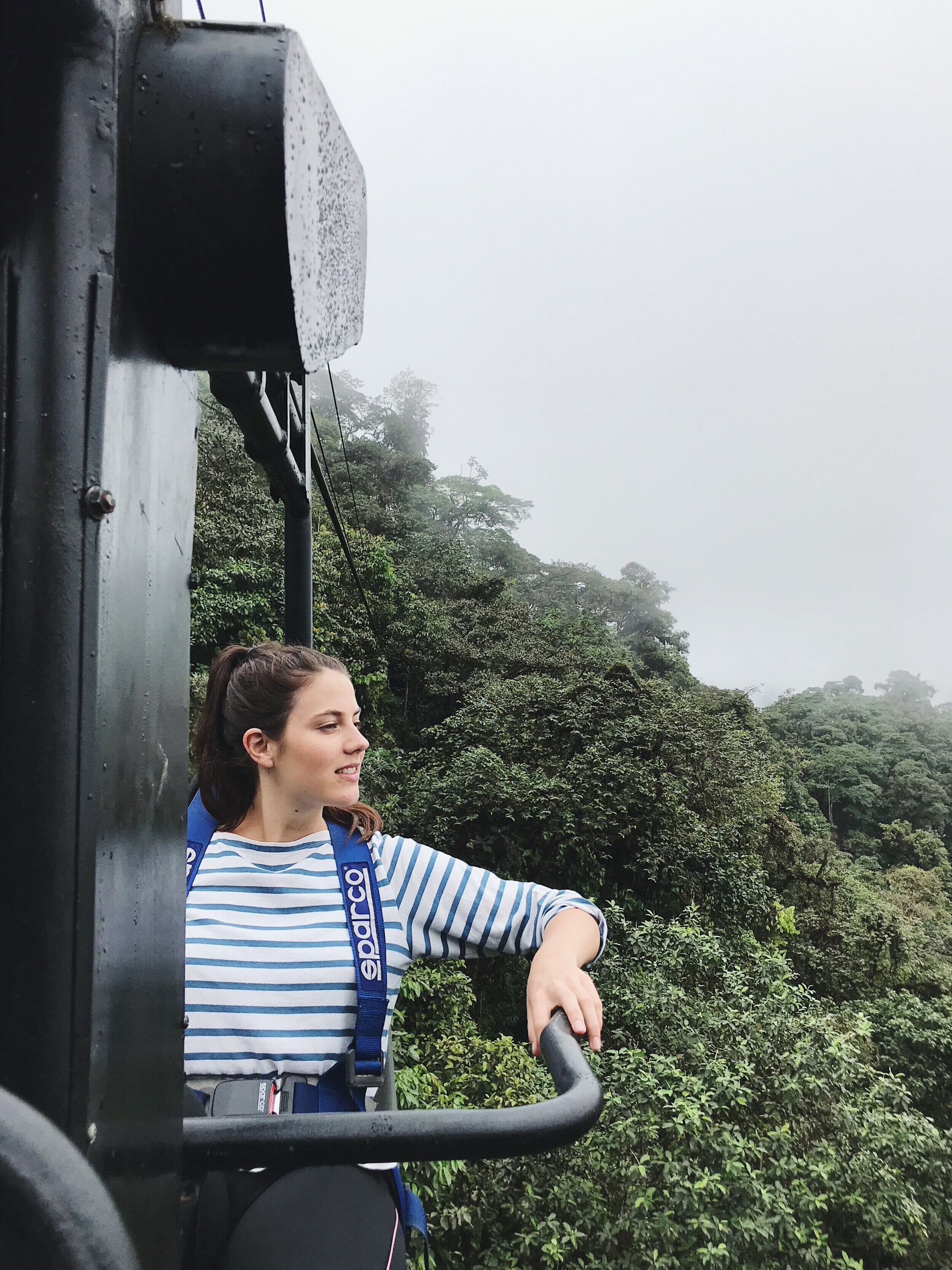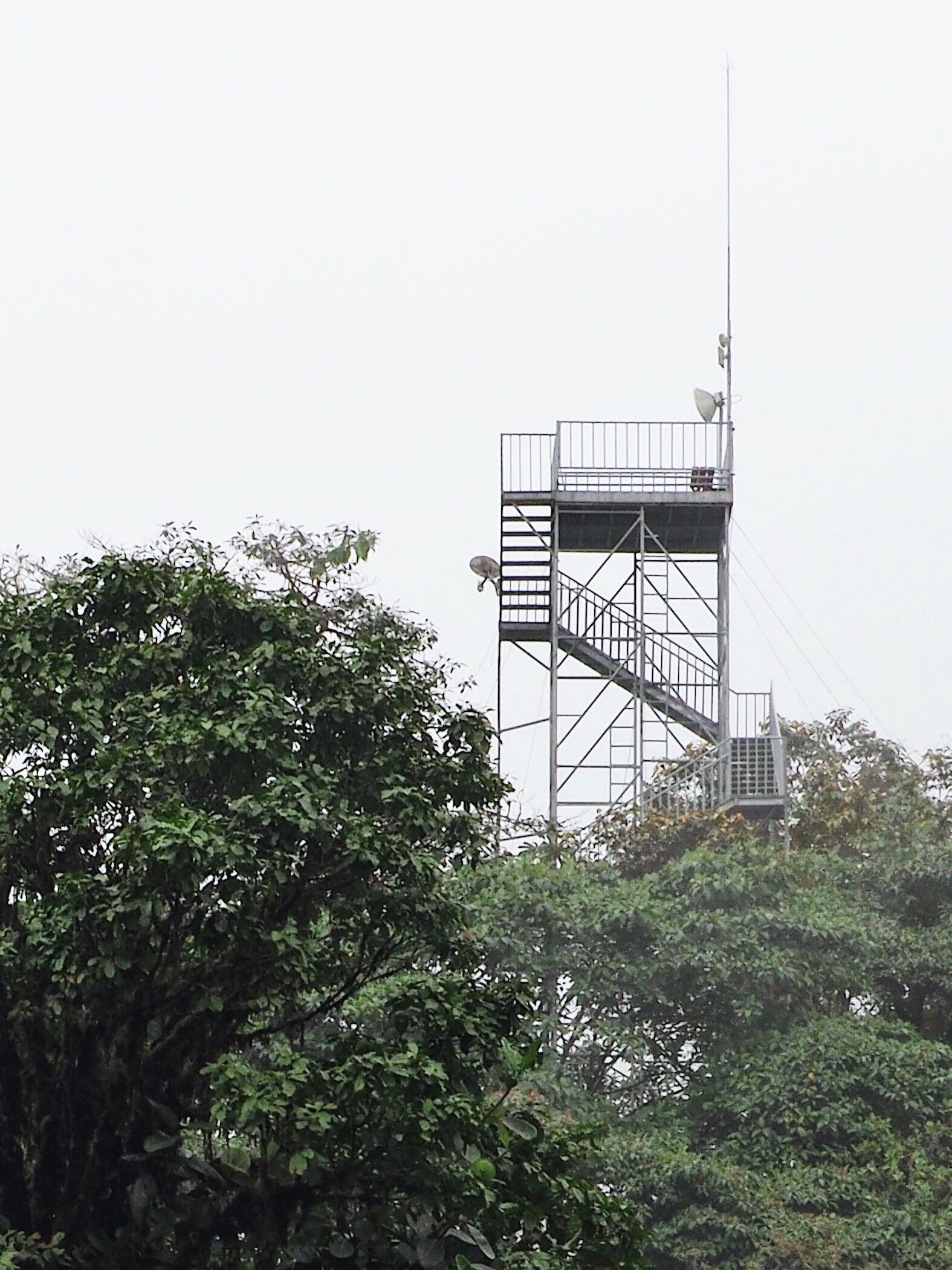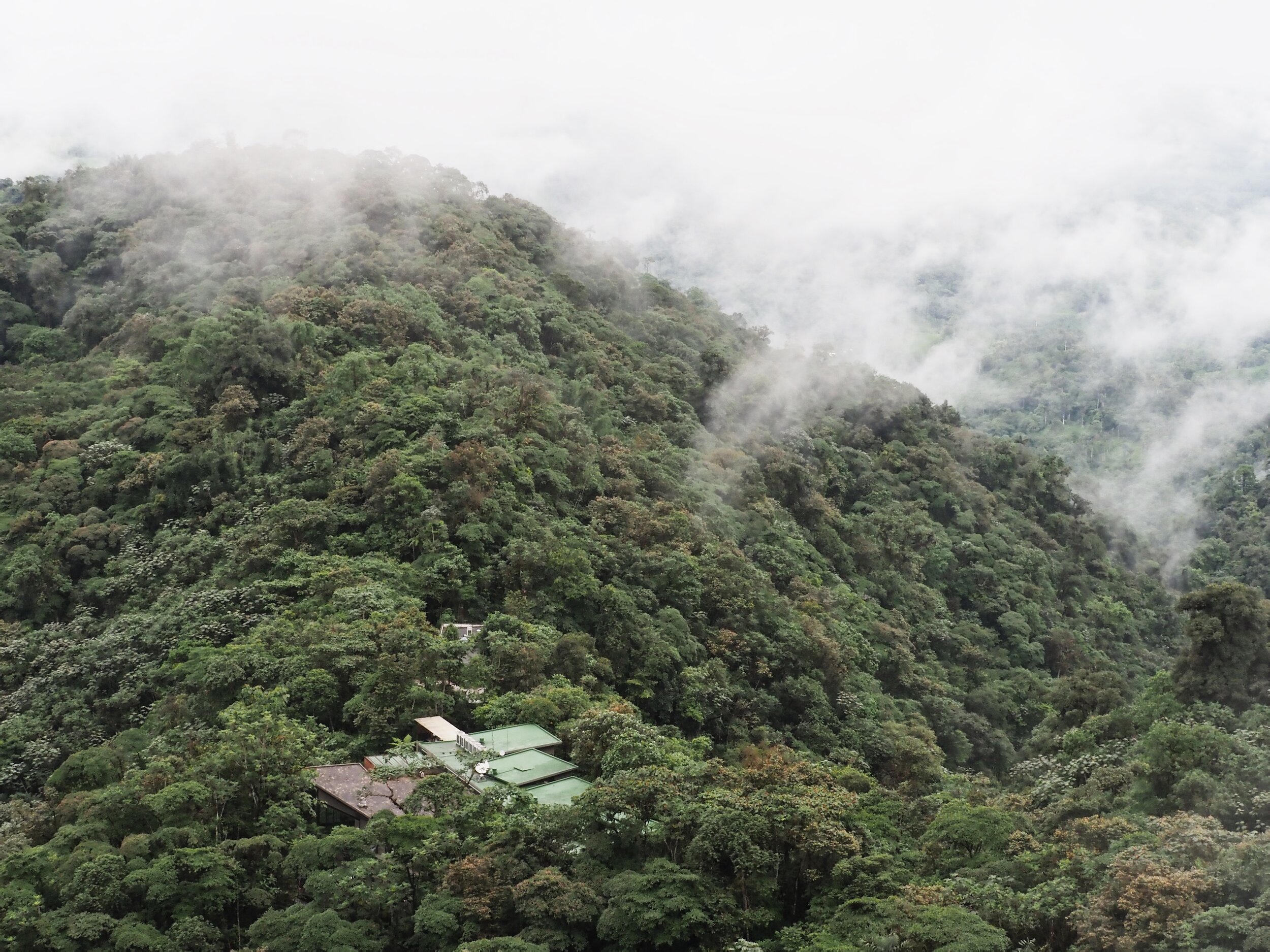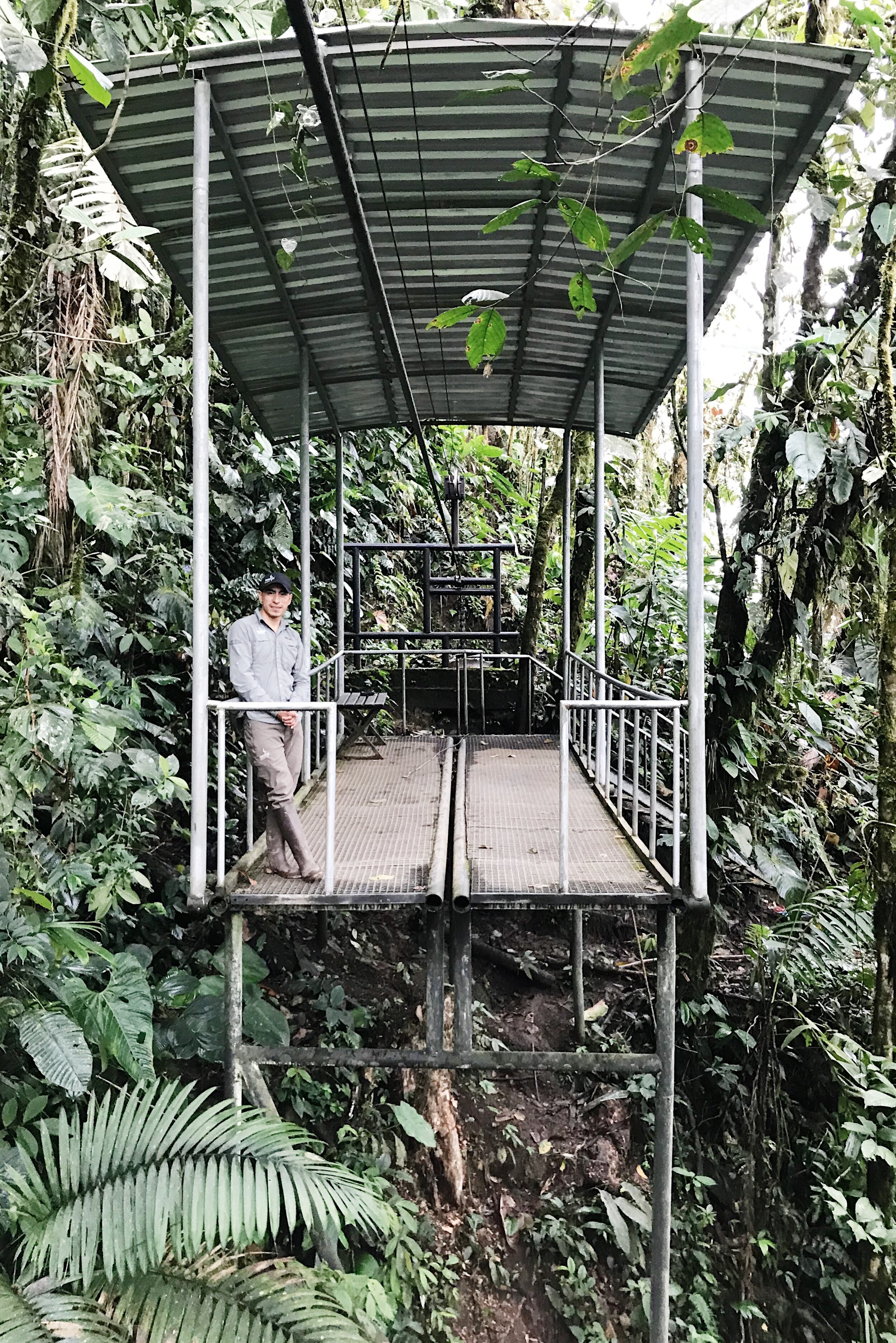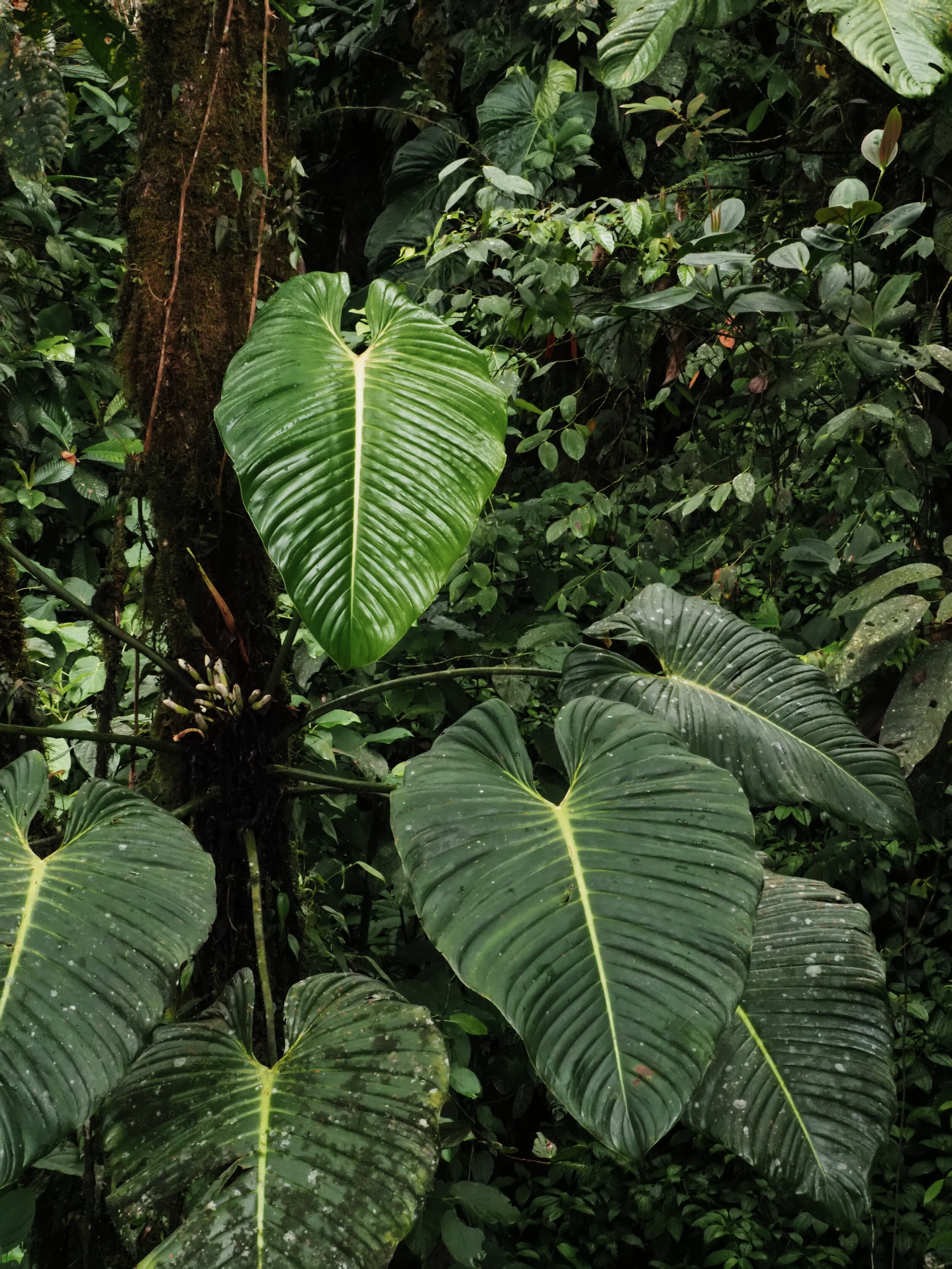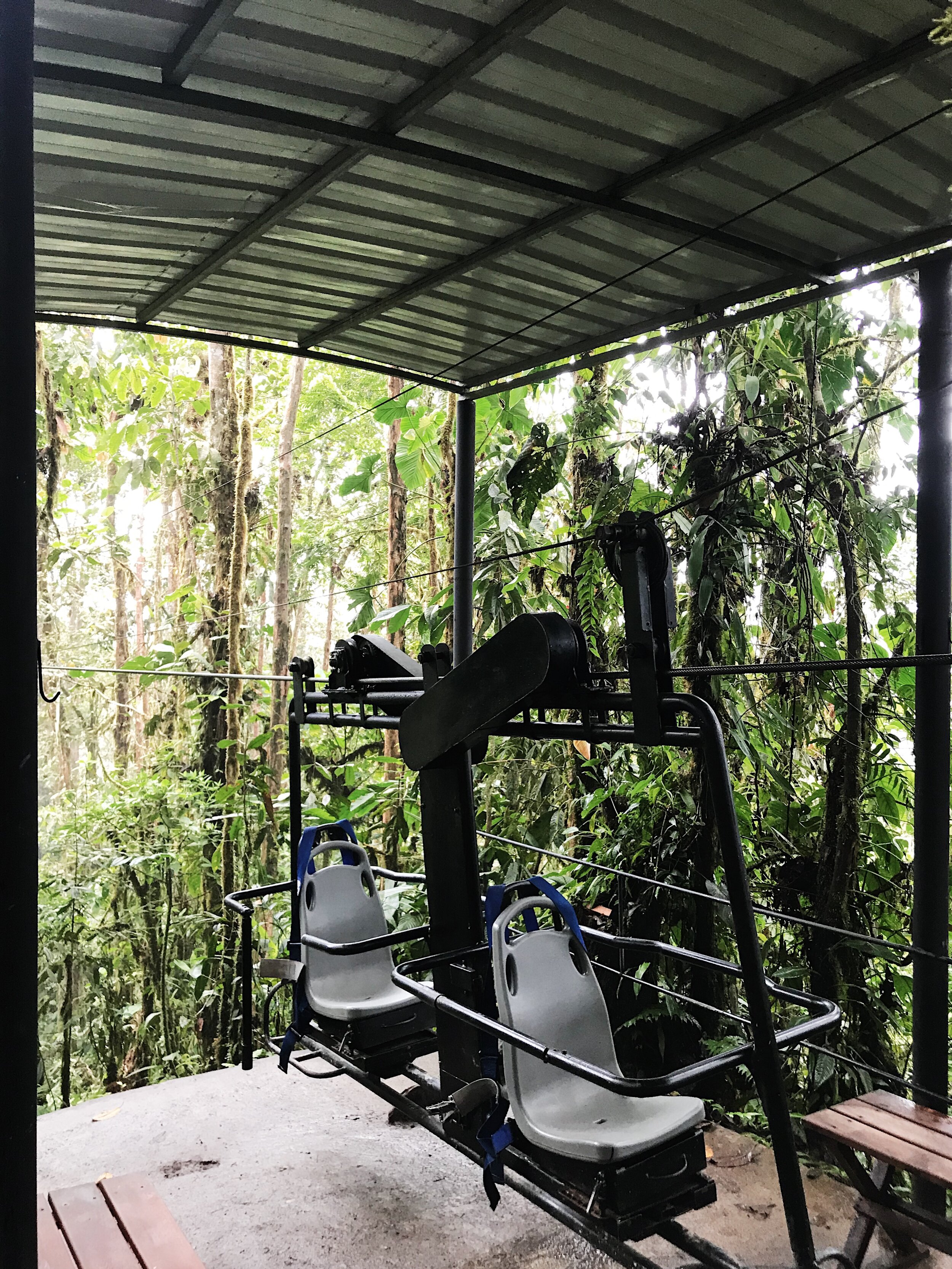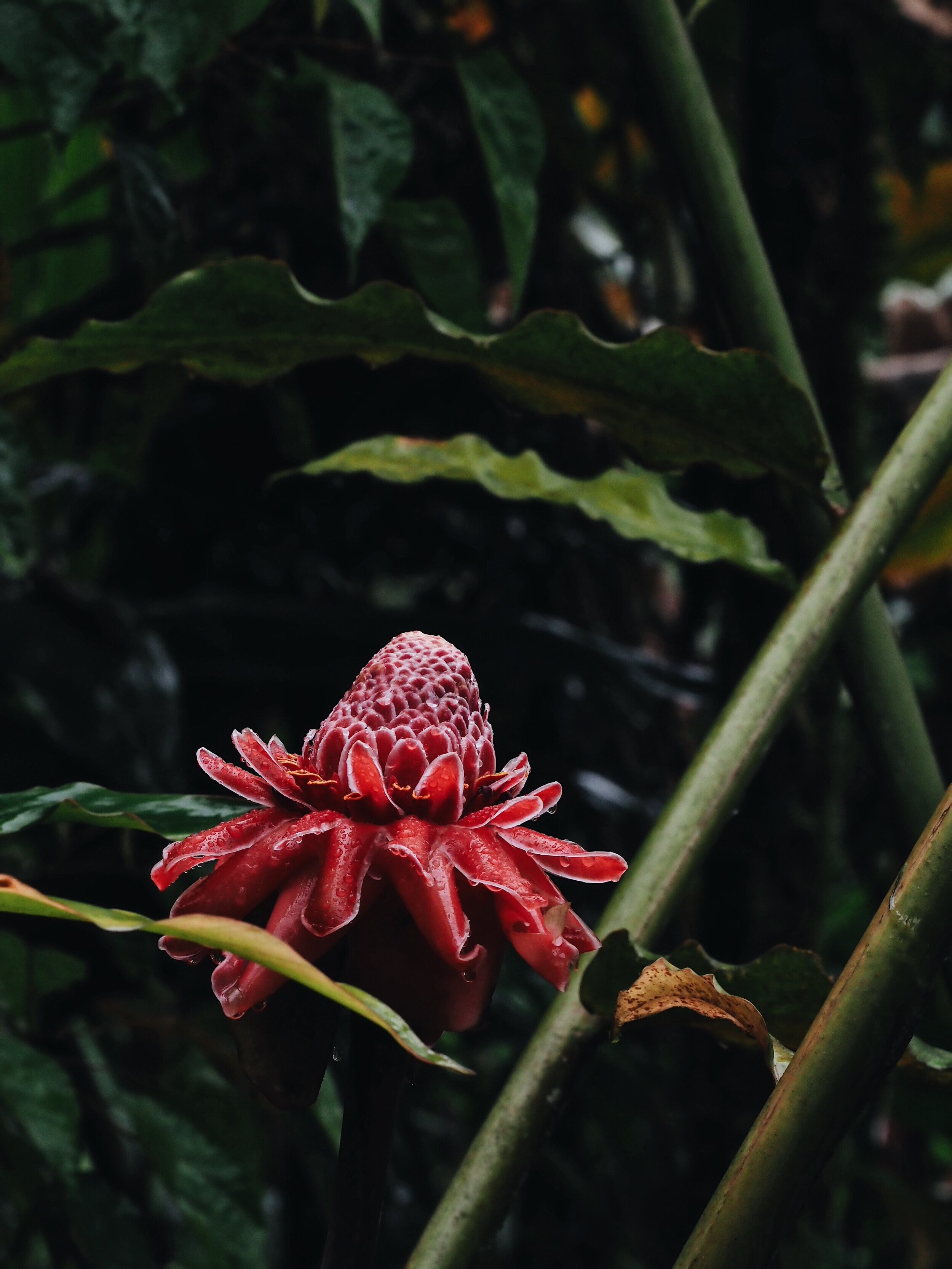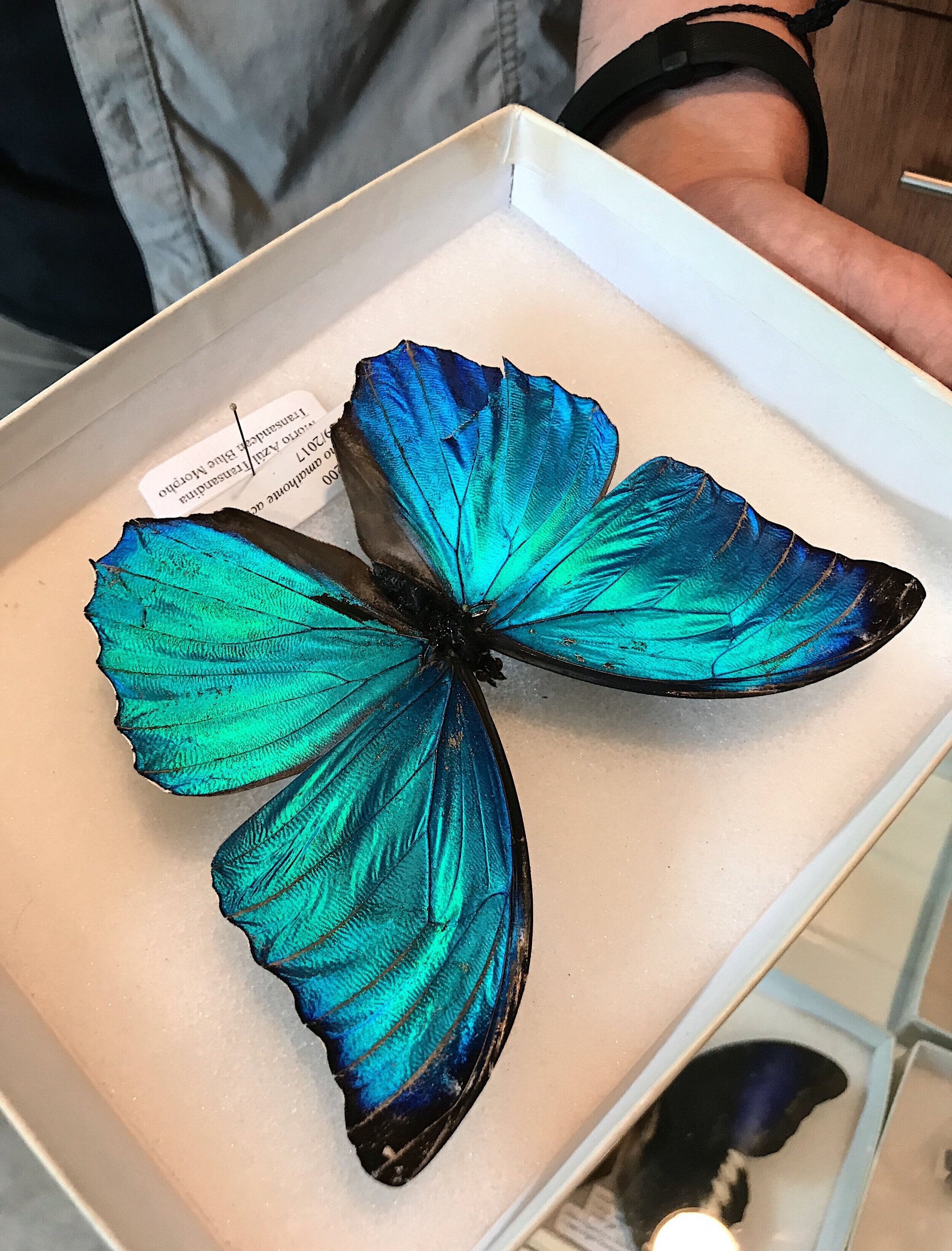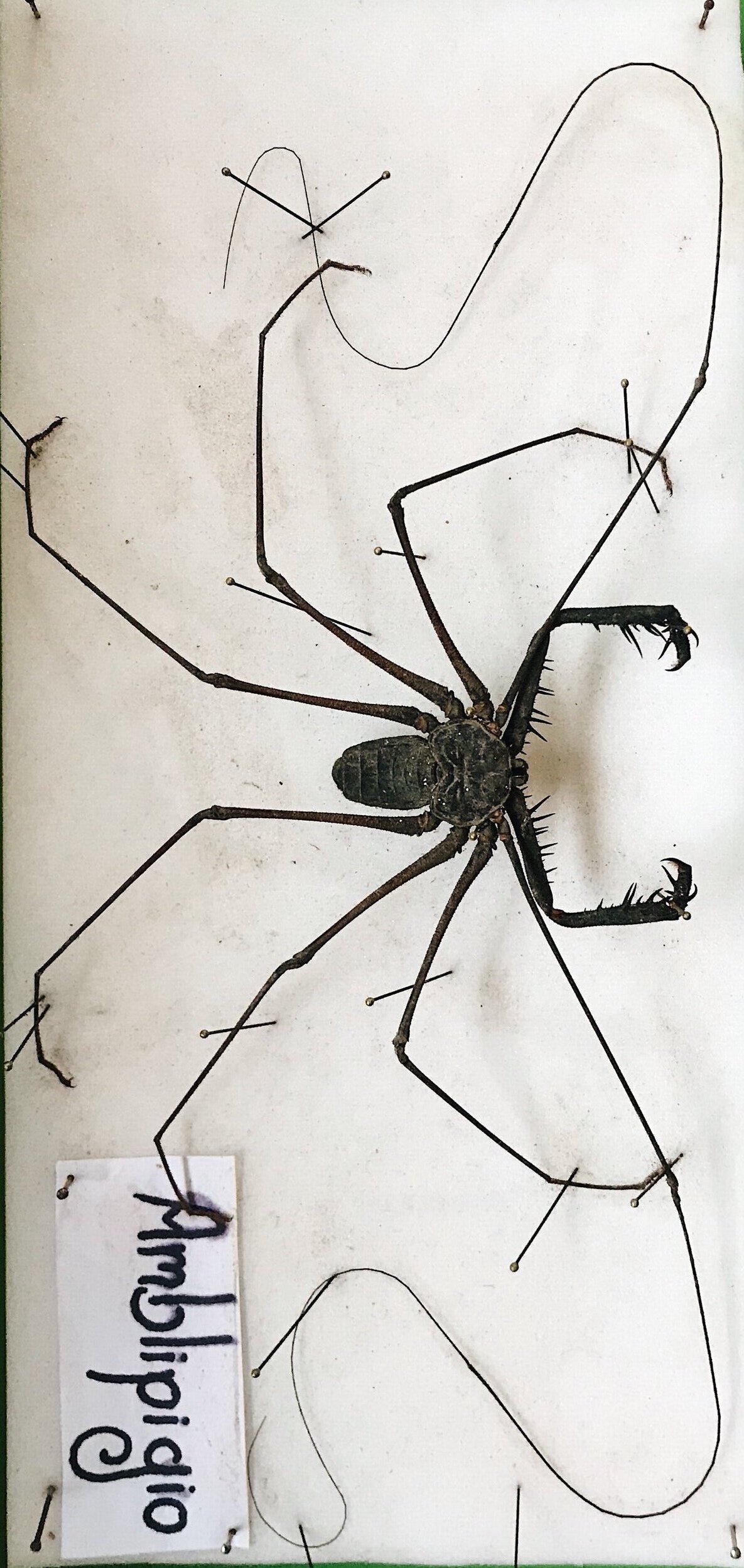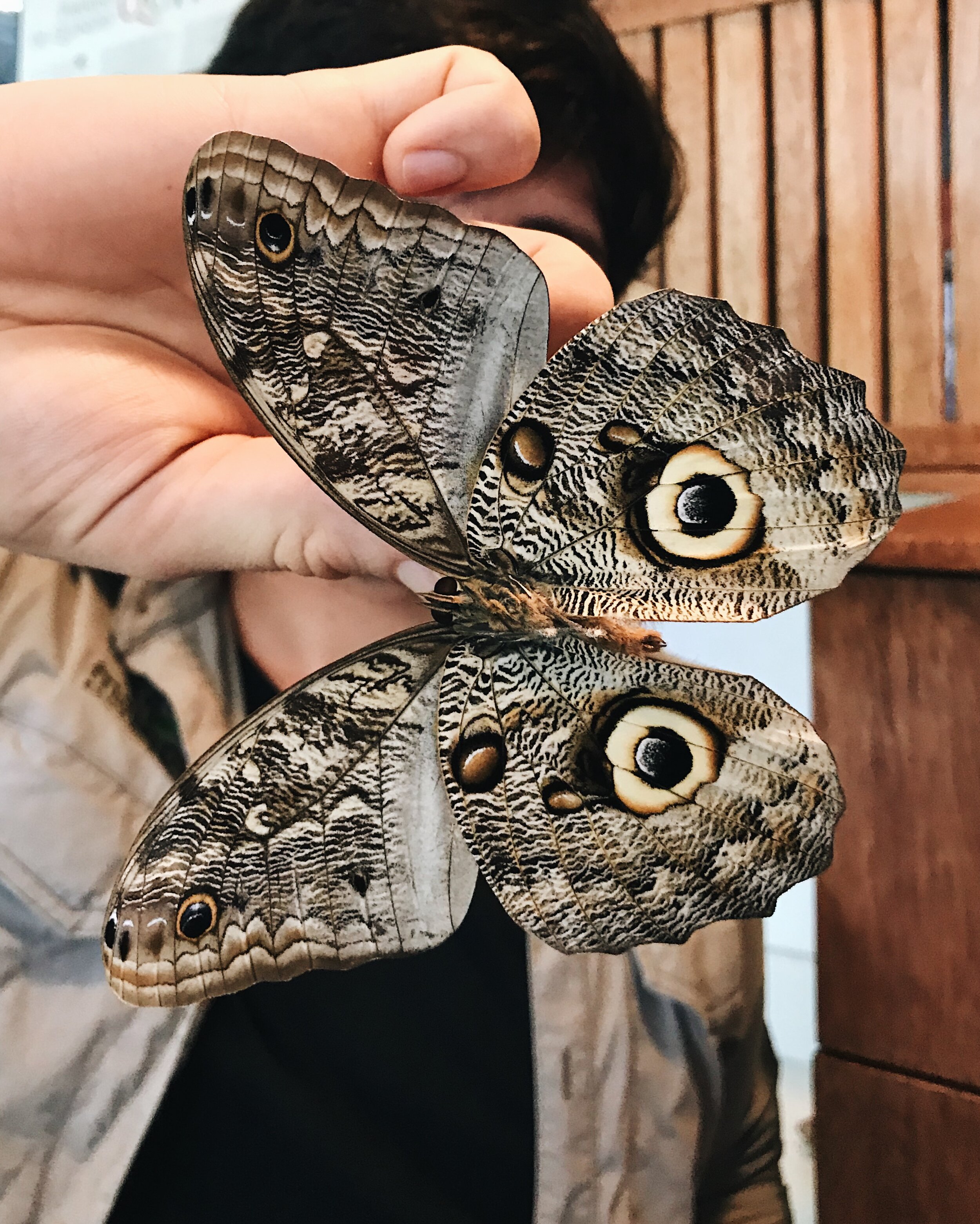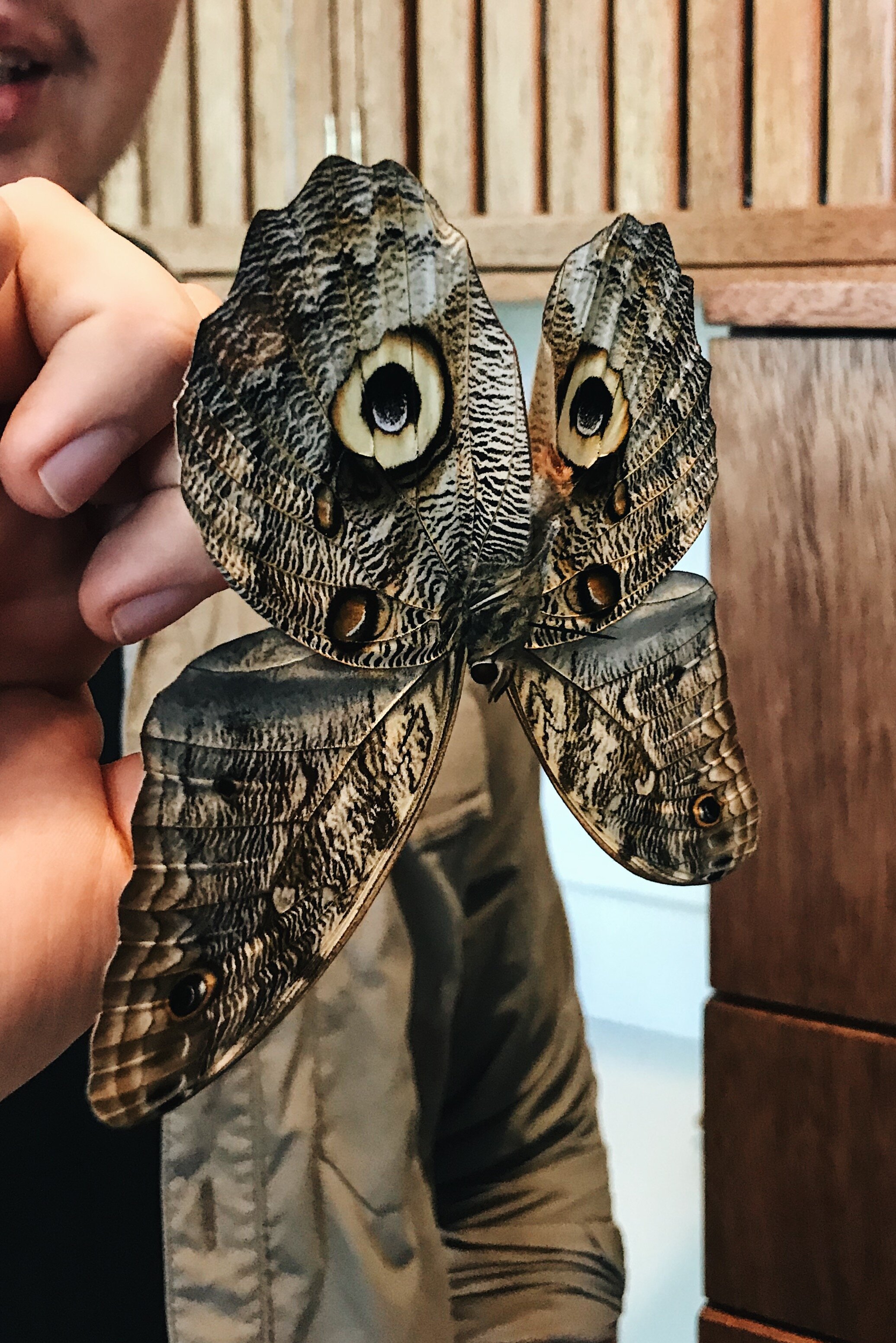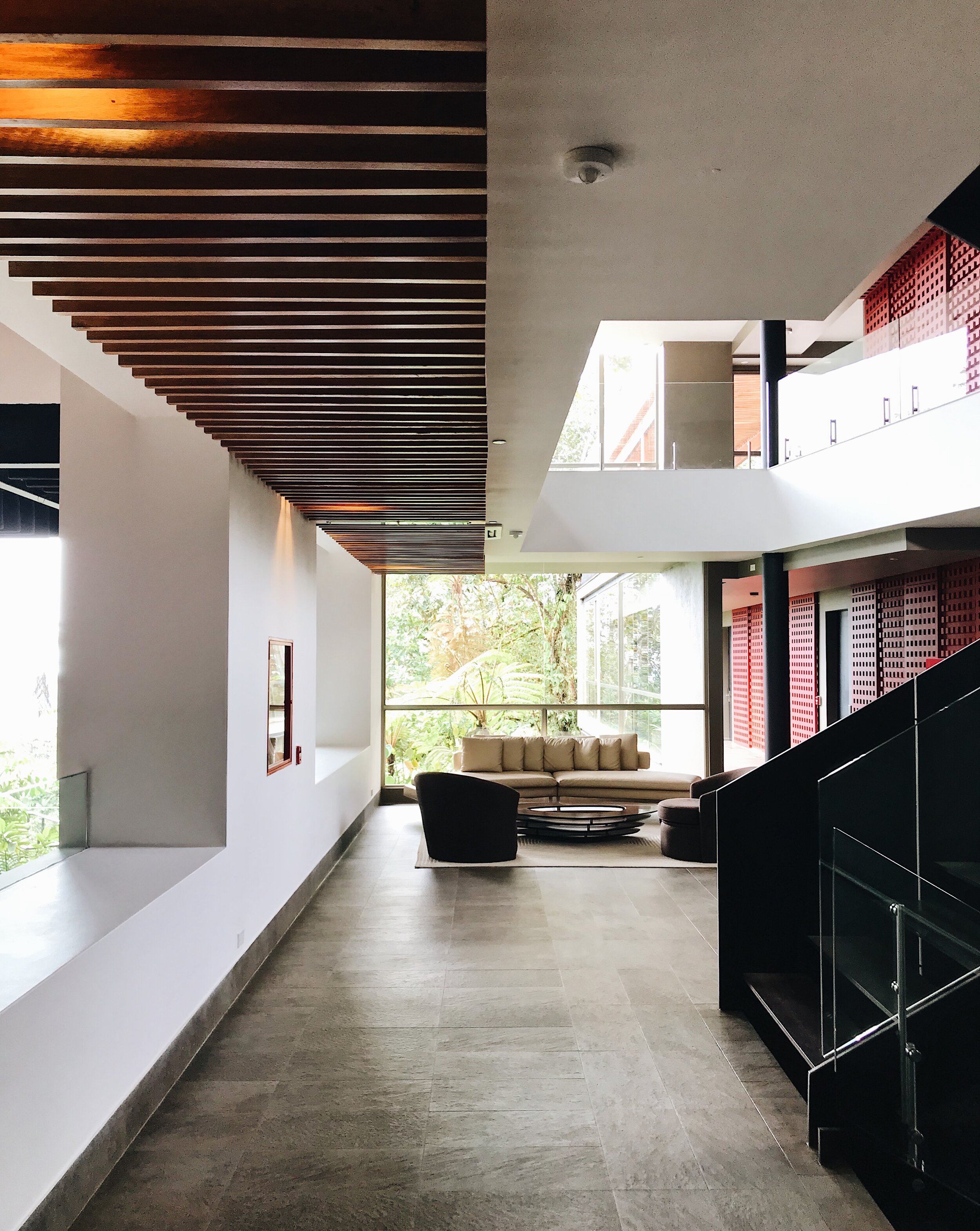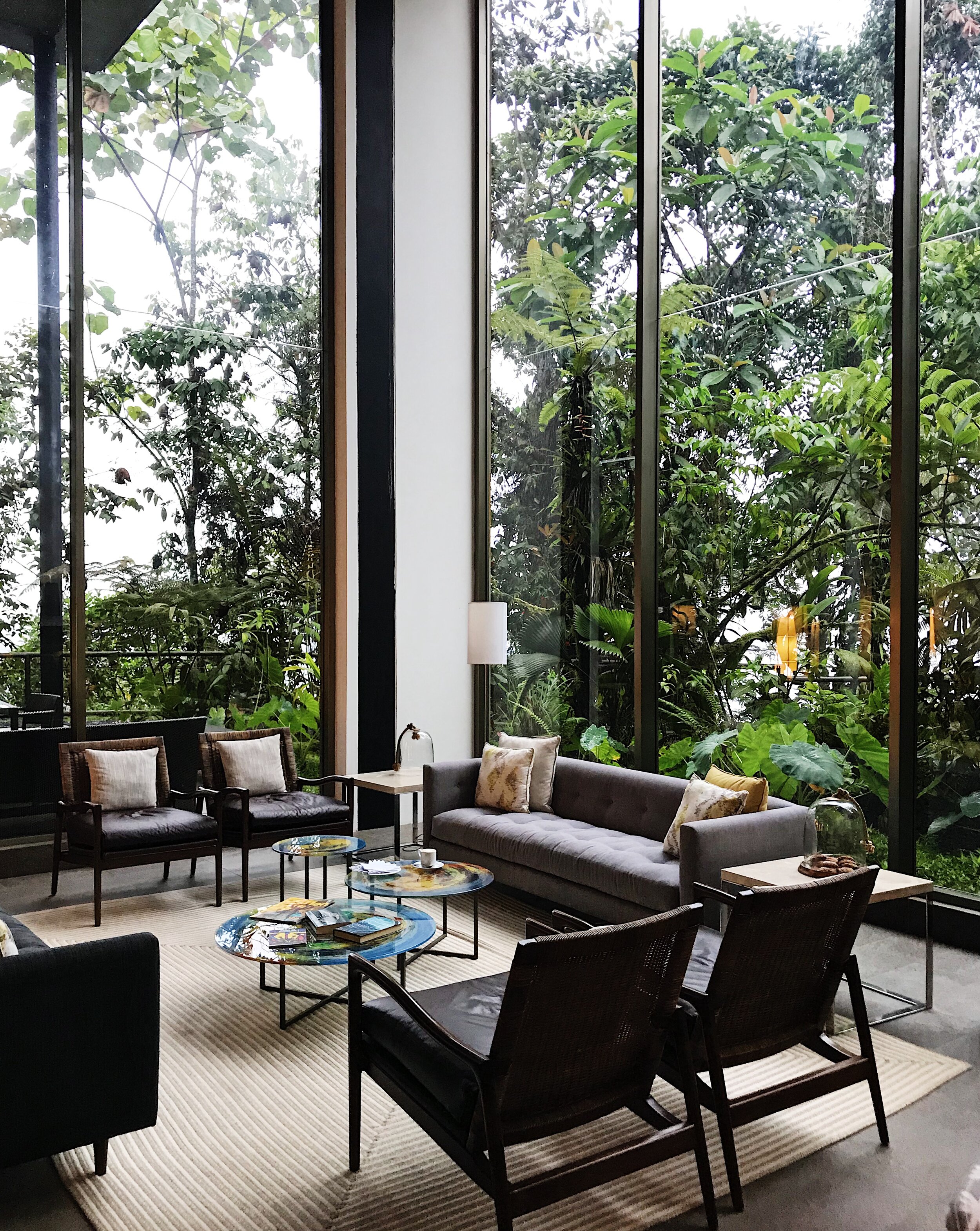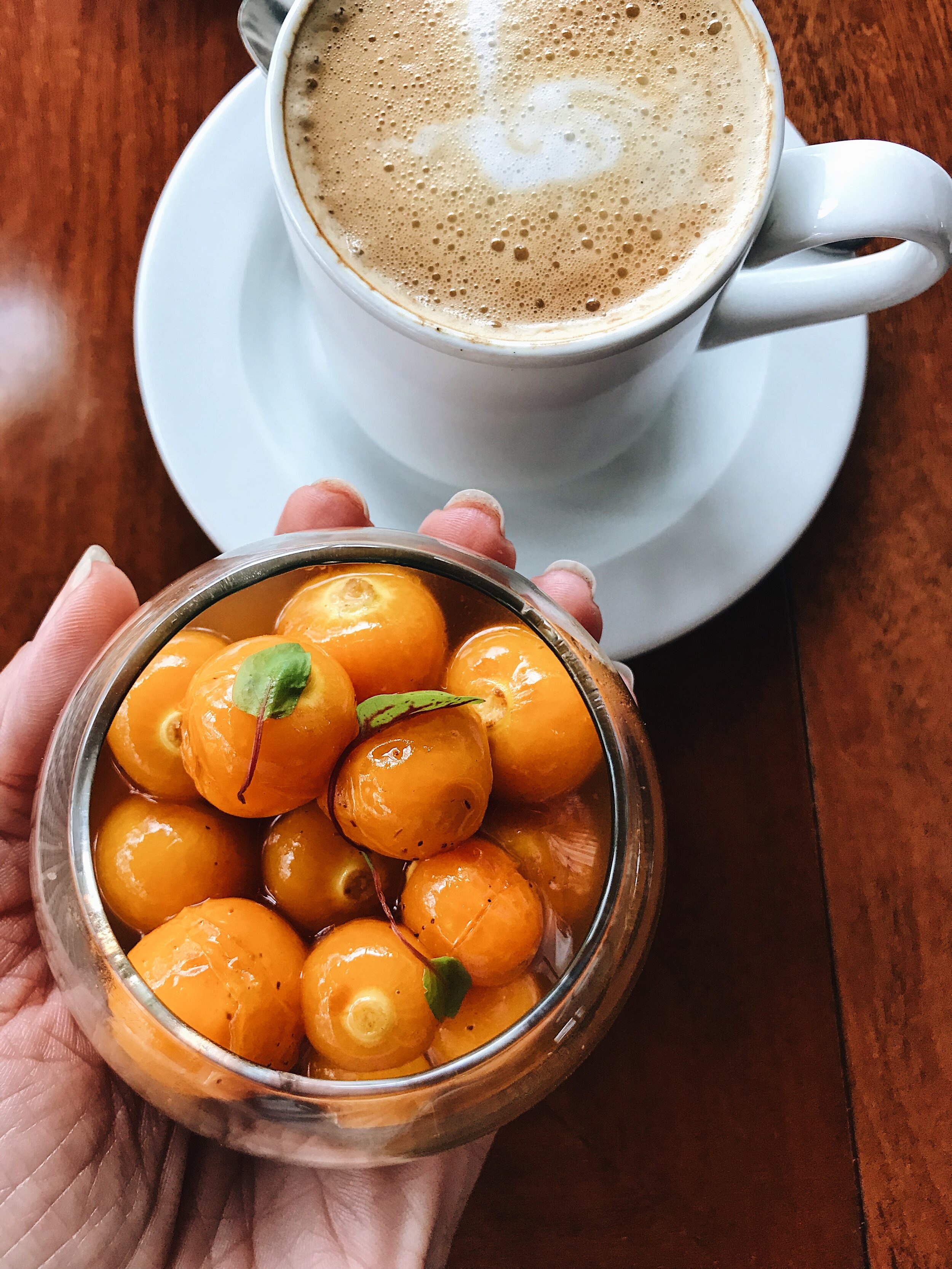While far away from the ocean itself and almost 5000 meters above sea level, Chocó is the rainiest region of the entire planet - bathed each day with fresh water from salty origins. Warm currents in the Pacific meet the maritime breeze and cumulus clouds form. Pushed inland and up the Andes by wind, those clouds are either trapped as mist in the forest or release torrential showers. Water everywhere you look.
This is where, high up in the Andean mountain range, sits Mashpi Lodge, with clouds above, clouds below, and trees all around as far as the eye can see. The tree trunks are mostly covered in moss and climbers with huge, heart shaped leaves. Here and there one might spot a shimmer of pink... a flower, a new leave, but other than those shimmers, the world is green around Mashpi, overwhelmingly green, lush, soothing. With help of naturalist guides, we begin to spot things beyond fog and foliage - tiny frogs along the river, butterflies and birds of roughly the same size, spiders and beetles as large as our palms.
The lodge itself is a place of calm, built to take in the views, to be in harmony with nature, but safe from the elements while helping to protect the forest and it’s creatures from deforestation at the same time.
Stepping out of the doors, there is only a small clearing in front of the modern, minimalist building and after a few meters we are being swallowed by lush rainforest. Just one type of outdoor footwear is appropriate here - wellies. The lodge has plenty of them for guests, in all sizes and with a special place/system for changing in and out of them, too. Waterproof or lightweight, fast drying clothes are highly recommended and our splashproof camera equipment with long lenses is being put through its paces during our three day stay. Besides those essentials all you need is a taste for adventure, a keen eye and patience. The forest is crawling with life, plants seem to grow bigger even while walking past them, birds and butterflies are there - you just need to know where to look - even furry creatures roam Mashpi. The night is more active and belongs to big cats, lizards, frogs, spiders and all sorts of busy insects. However, all we are able to see at first is green in endless shades, patterns and textures.
Our first walk takes us to the Life Centre, basically a butterfly house with a covered wooden deck wrapped around, nearby trees prepped with tasty fruit bites just close enough to invite larger animals to hang out in front of the binoculars and chaise longues on the porch. This research laboratory is giving us all the help we need to spot a chocó toucan. We see crimson rumped toucanets and pale-mandibled araçaris sharing a banana with a tyra, while listening to howler monkeys and taking in the view across the trees into the distance as well. Clouds are moving through and above the treetops, birds visit the feeders and inside the vivarium is a vast collection of rare butterflies in various stages of metamorphosis - from pearly white eggs to majestic gliders with impressive wingspans, patterns, colours. The giant Owl Butterflies are easy to spot here, due to their size, but also because they happily sit on us as well on leaves and branches at eye level. The longer we stay, the more species we spot, well camouflaged on colourful flowers, or with transparent wings.
On our way back to the lodge we discover a different kind of rainforest life. It got late enough for darkness to fall and nocturnal creatures to take over the forest floor - lizards, tiny snakes, big toads, tadpoles and minuscule frogs at the edges of a stream, long legged spiders and furry baby tarantulas… along with a plethora of moths, bugs and insects in the air. The highlight of the night walk is finding the elusive Mashpi Torrenteer frog. An endemic species of Mashpi, as the name suggests, it has only recently been discovered by the team of scientists here. Its Latin name is Hyloscirtus mashpi, which means guardian of the river. Having experienced the abundance of nocturnal cloudforest activity up close and personal (I can still feel the Mashpi frog’s toe pads and webbed feet on my ear, where it decided to hop on), we are glad to retreat to the comfort of the lodge again. Cocooned by minimal architecture, in dehumidified rooms of perfect temperature, clean, free of little creatures but just separated from all of them by floor to ceiling glass panes allowing views of the forest from indoors, where we sleep safe and sound for a few hours.
Birdwatching is best early in the morning… and we rise early, at the crack of dawn. The forest is shrouded in morning mist and we make our way to the Dragonfly station. The small, open gondola takes us across the canopy, allowing for a unique bird’s-eye perspective. We see the trees from directly above, sometimes all the way down to the ground, catching glimpses of waterfalls, following streams before they are hidden from sight again and we suddenly need to refocus our eyes/cameras on treetops, very closeup. The journey is at slow speed, giving us time to be mesmerised by the movement of the clouds, covering and revealing parts of the seemingly endless depths and layers of forest, painting patterns in shades of white on shades of green. We keep cloud watching after having reached our destination, where breakfast is served in a little pavilion with big views. The local naturalists have brought big binoculars, which they use to show us birds they have spotted with their naked eyes in far away treetops. All I’ve been able to spot by myself up here, were different species of trees agains various veils of mist, fog or cloud and a soothing calmness I’ve been longing for ever since.
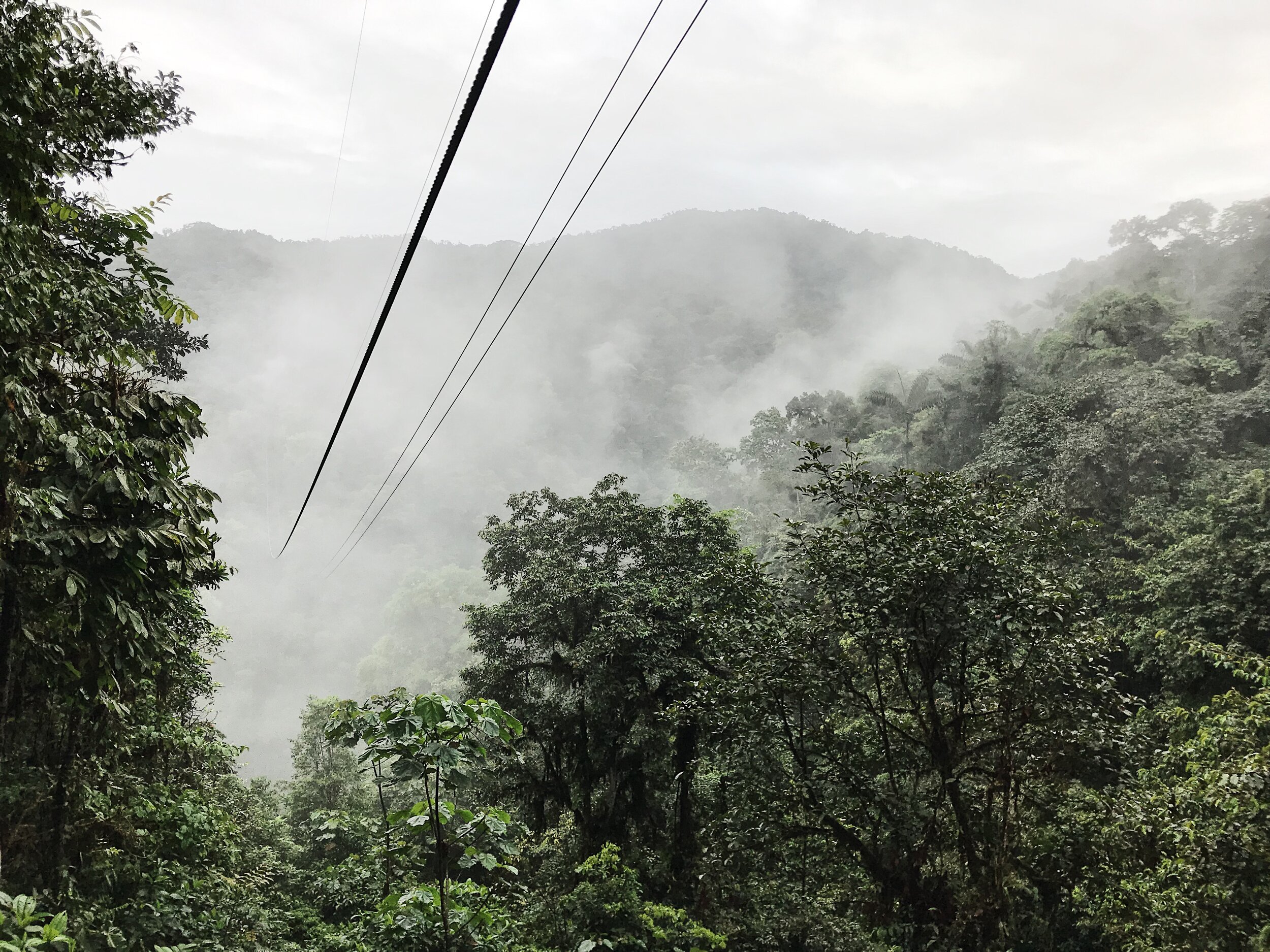
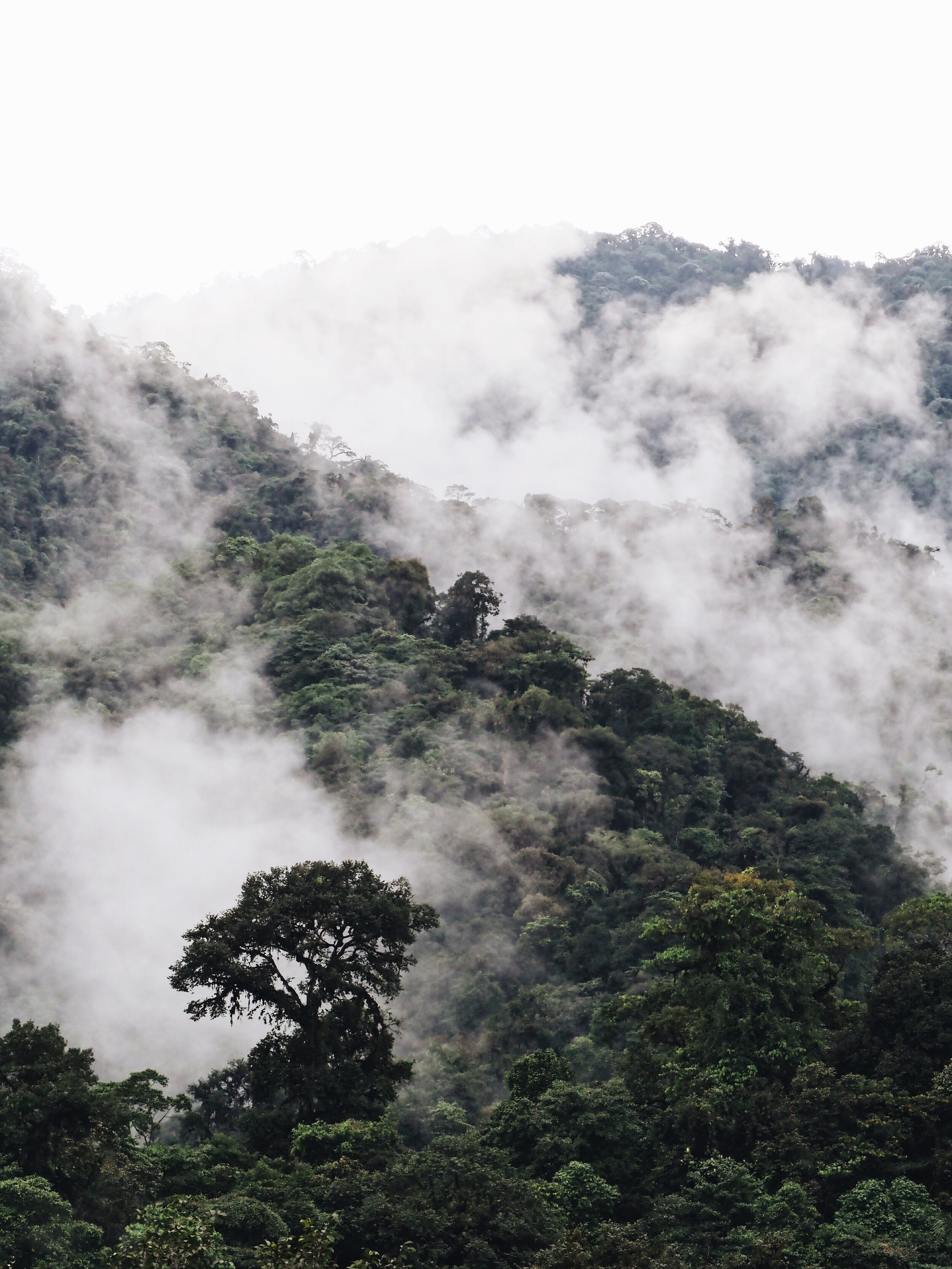
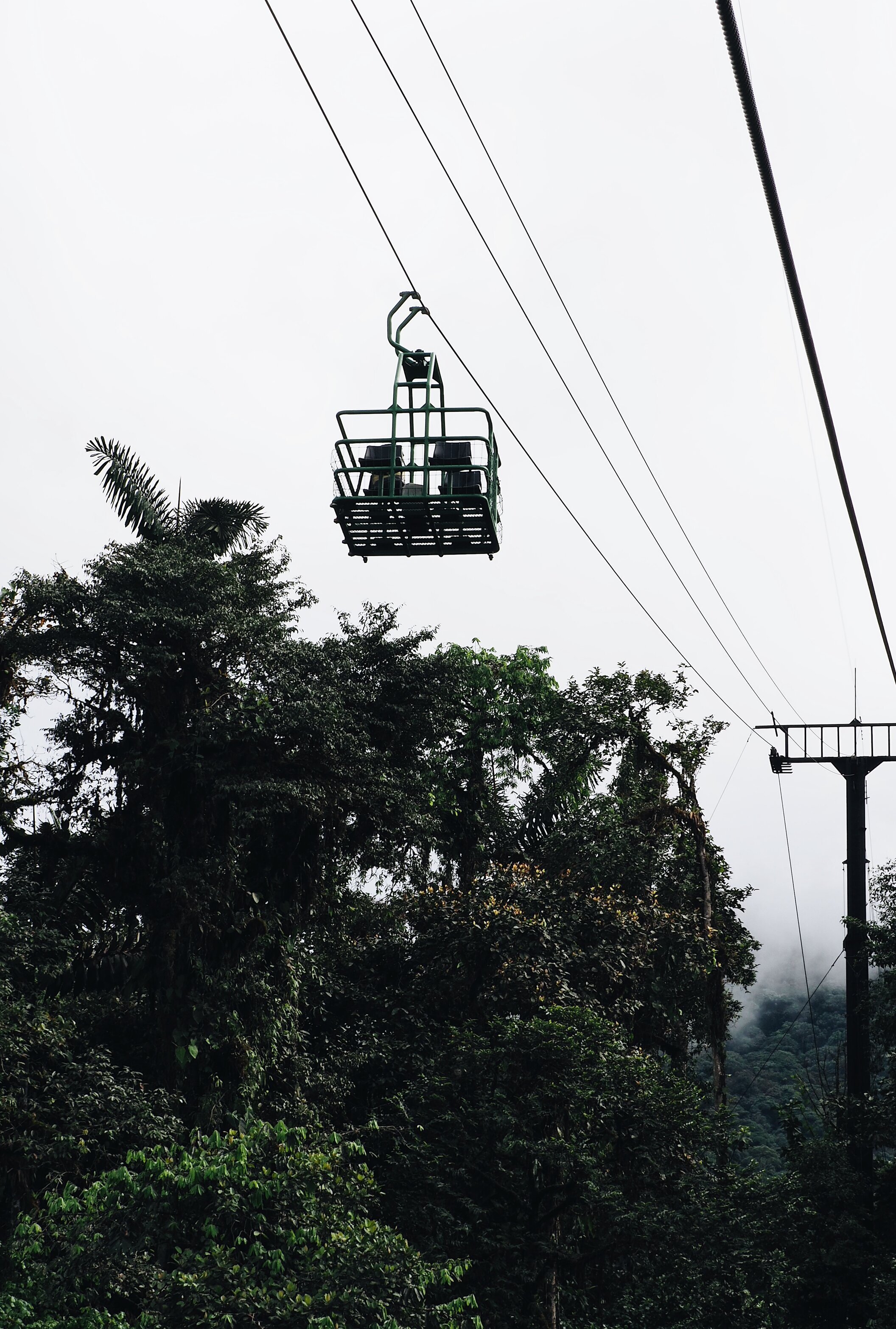
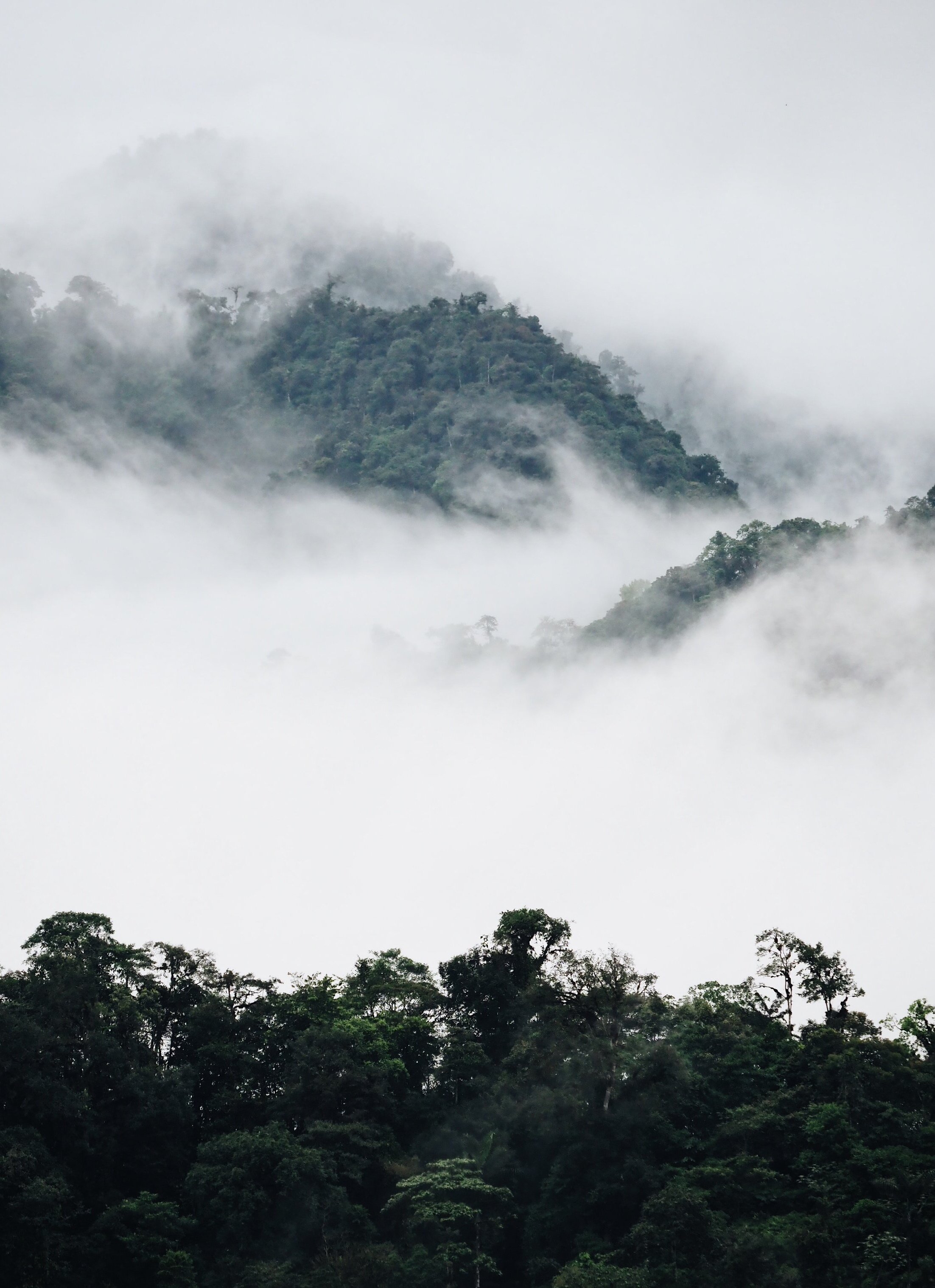
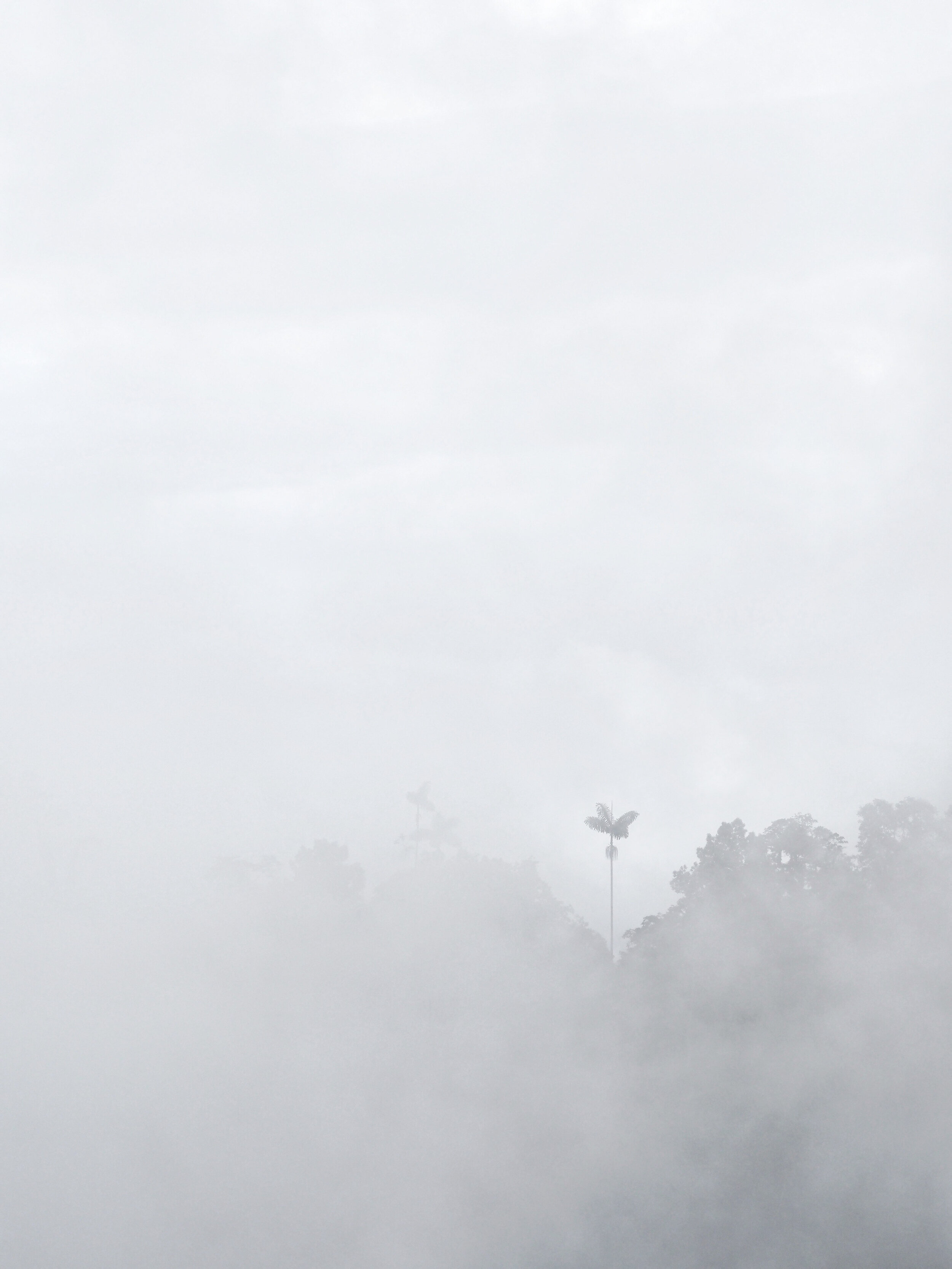
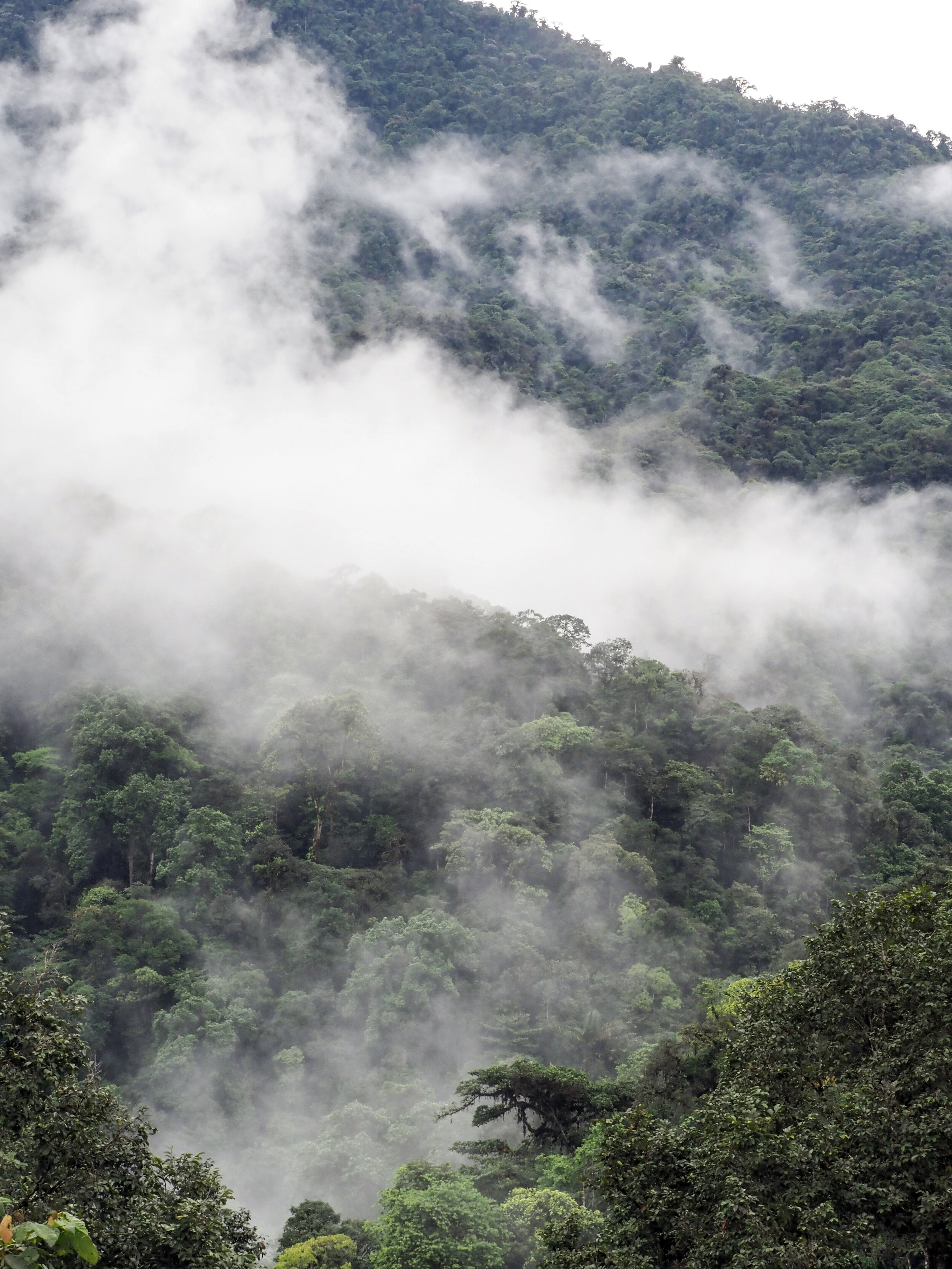
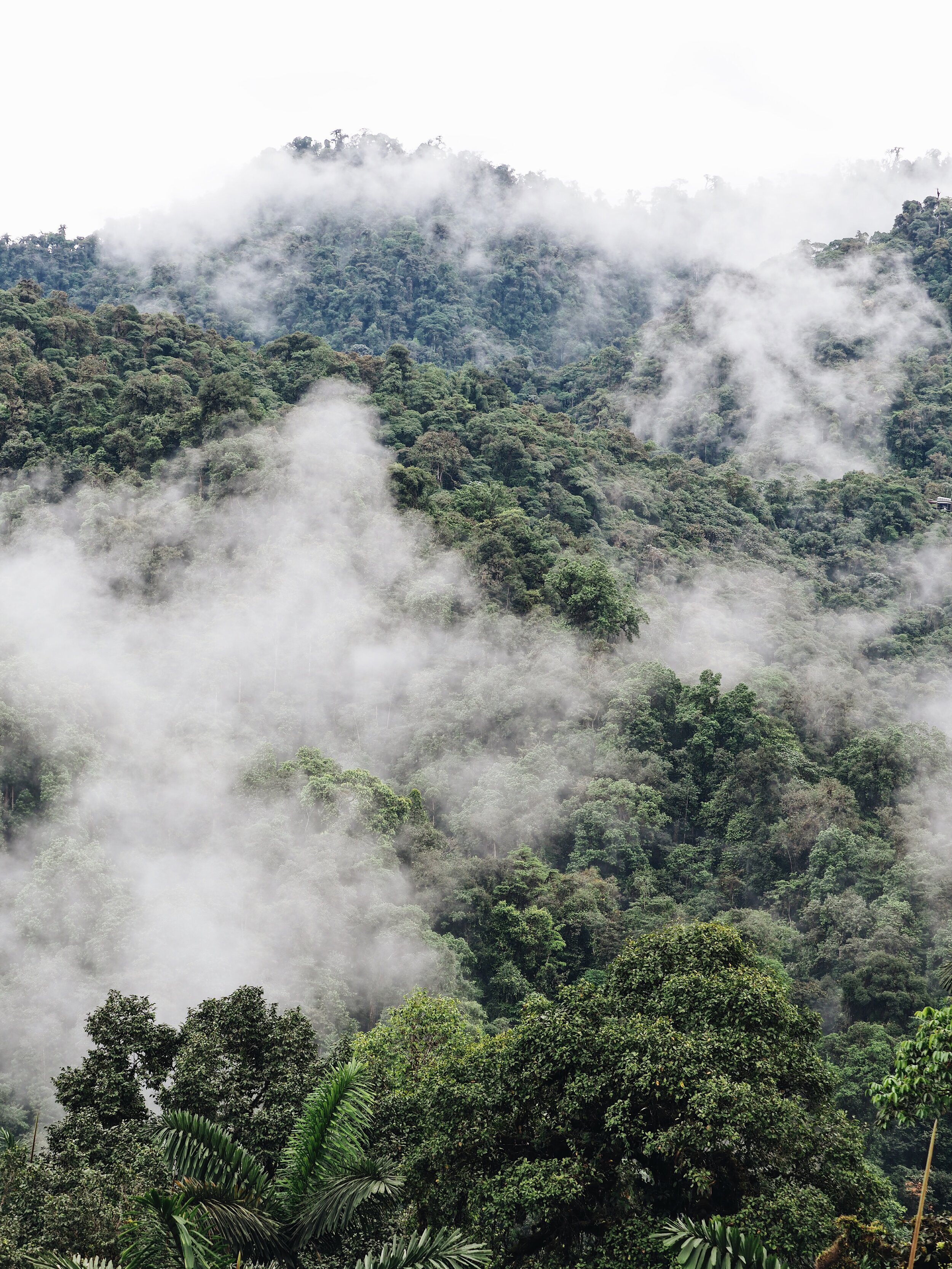
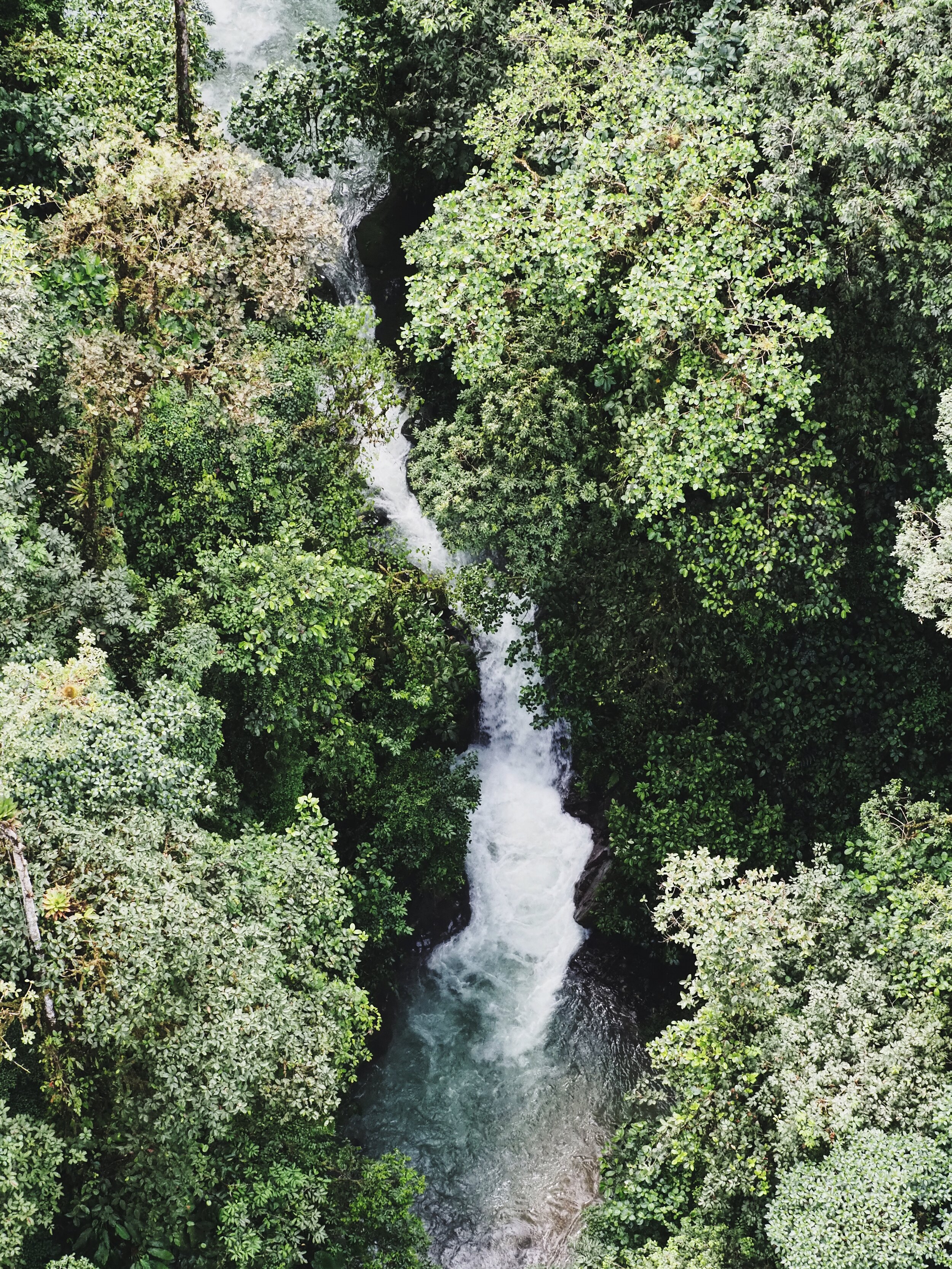
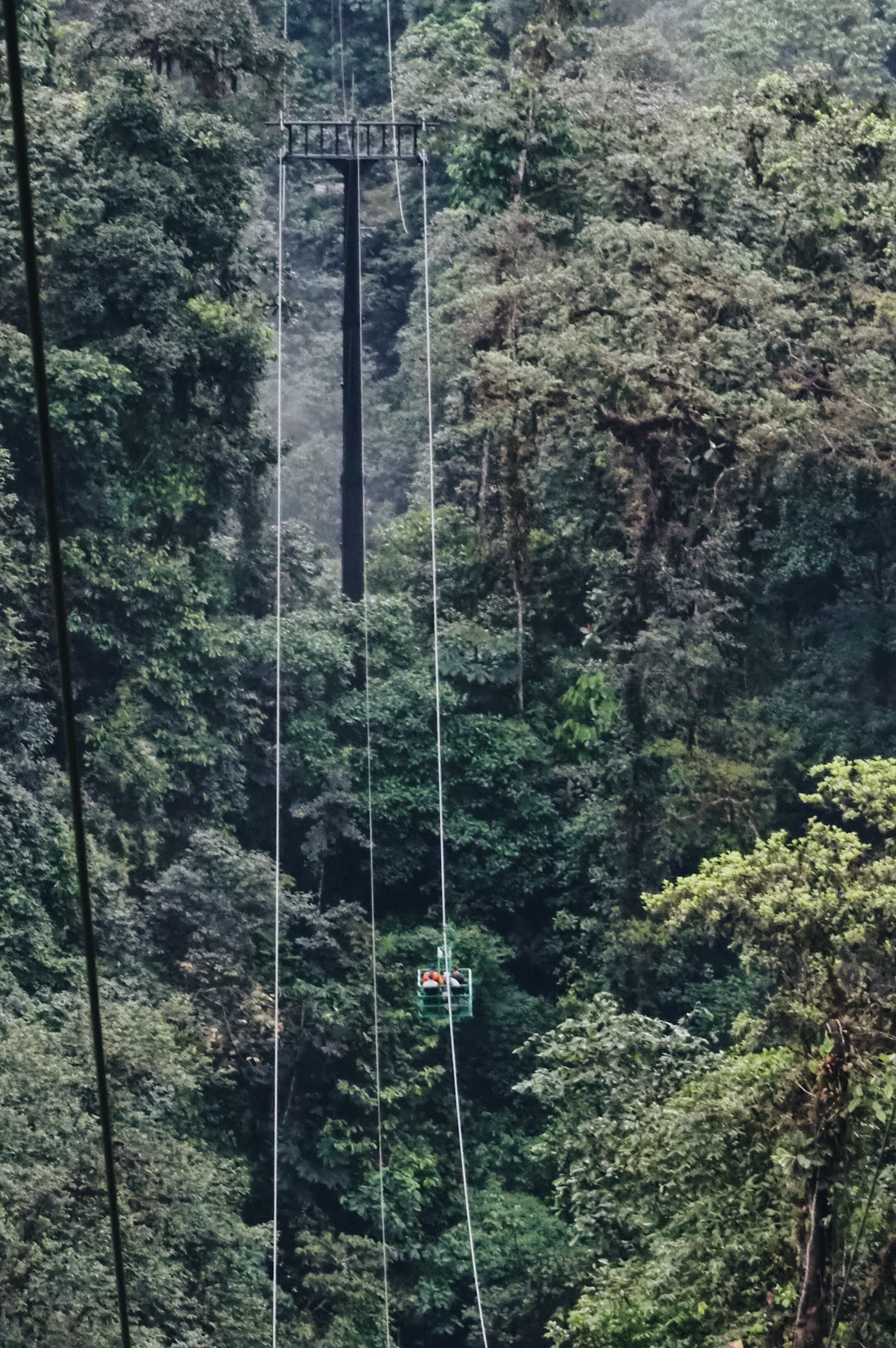
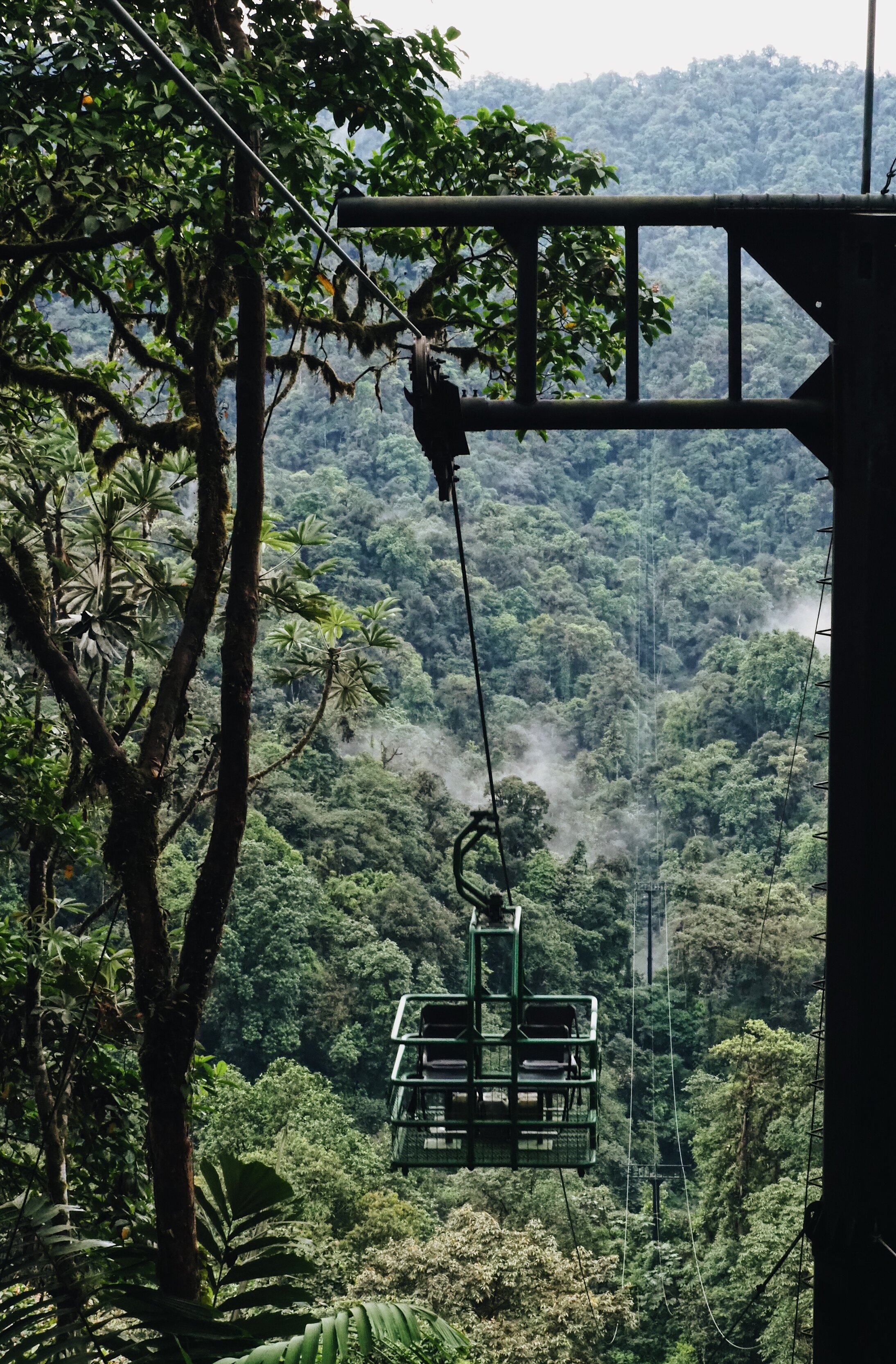
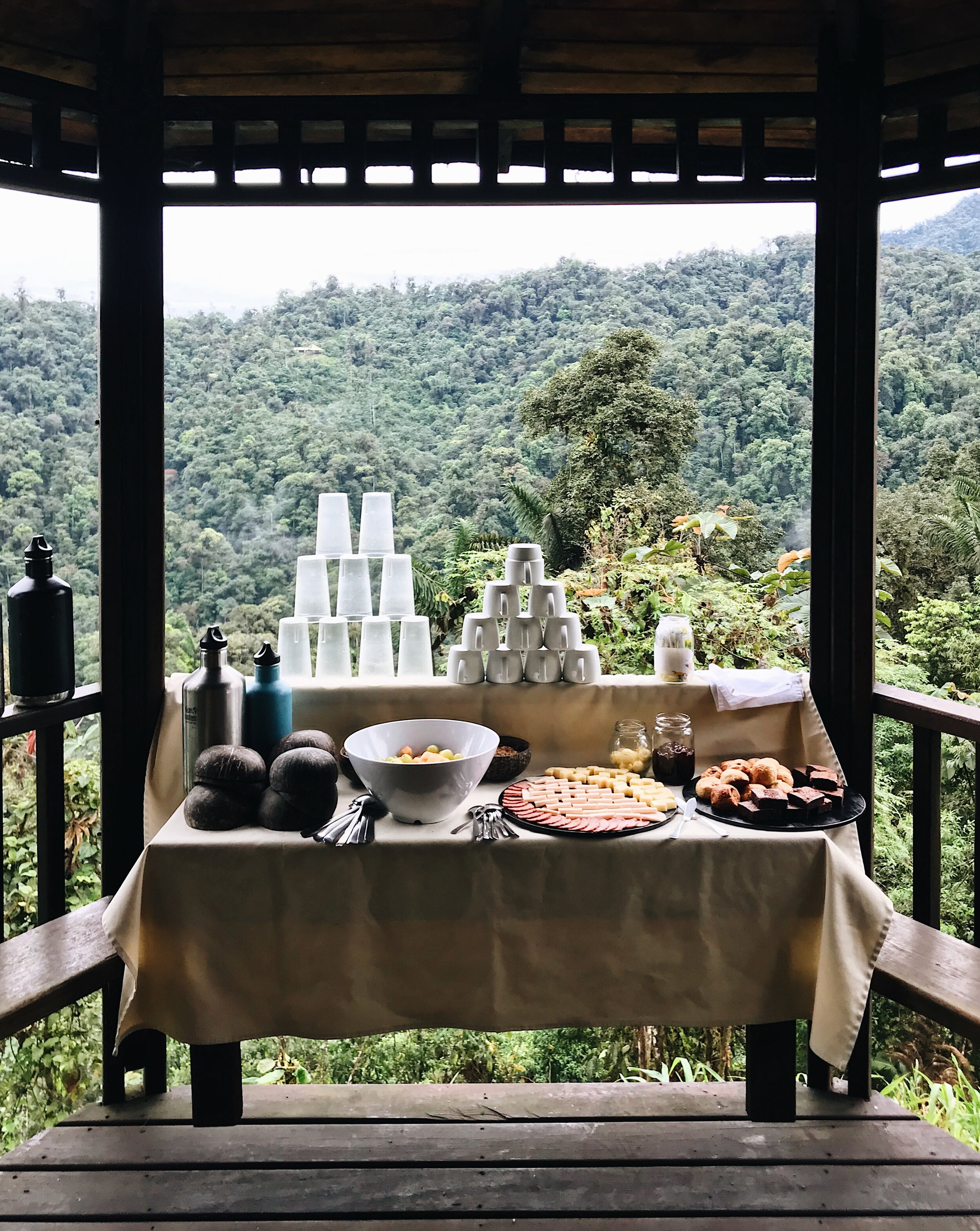
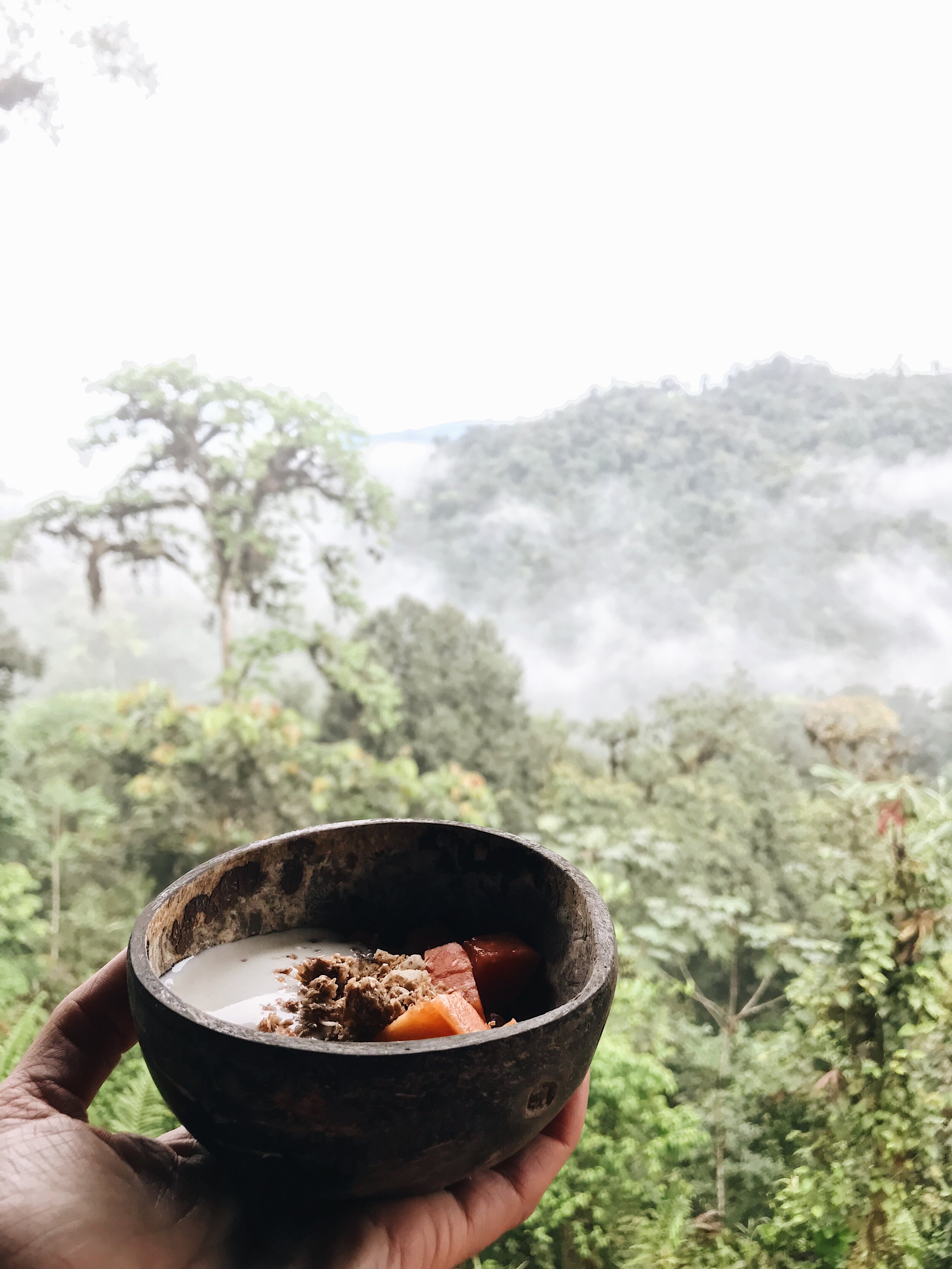

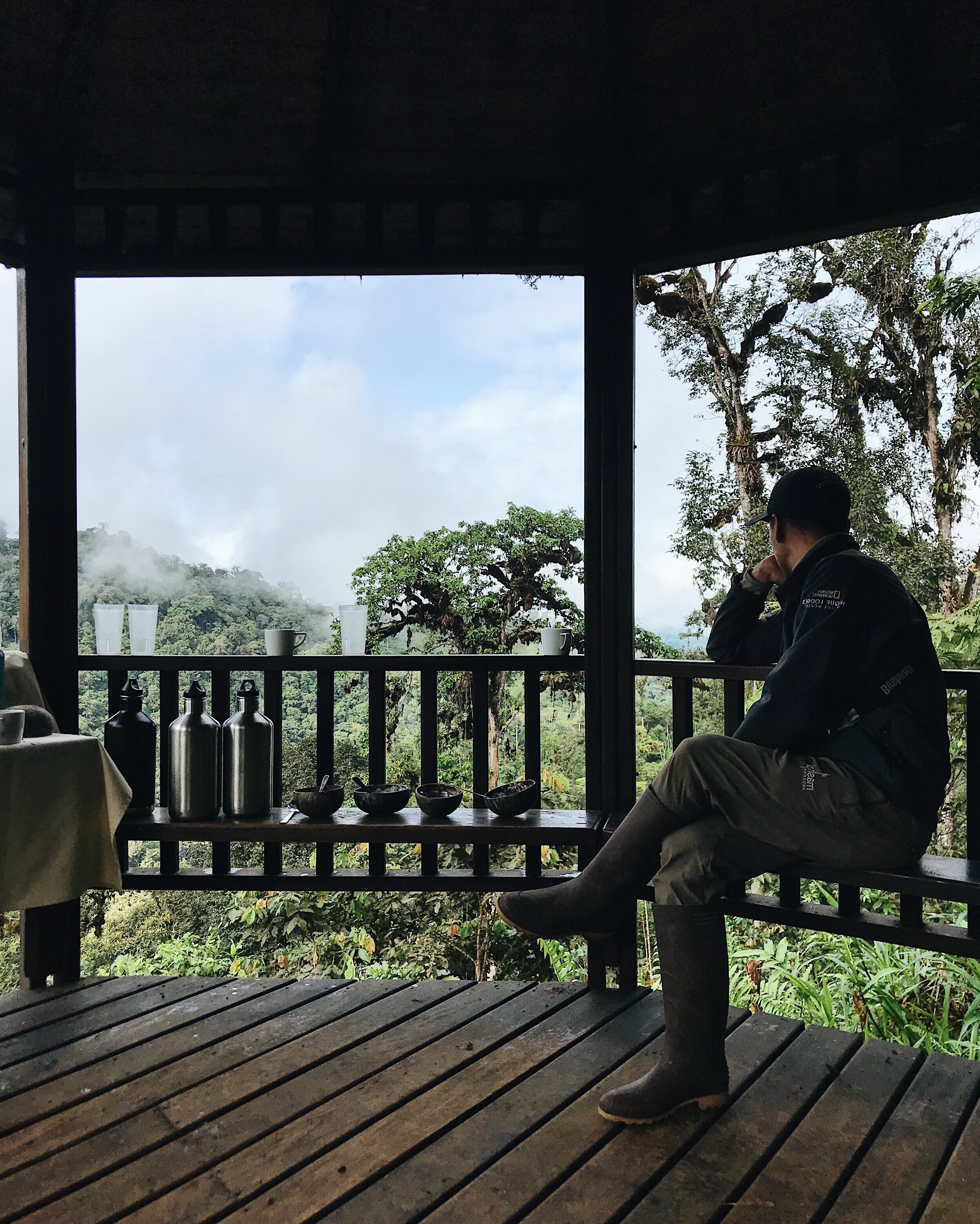
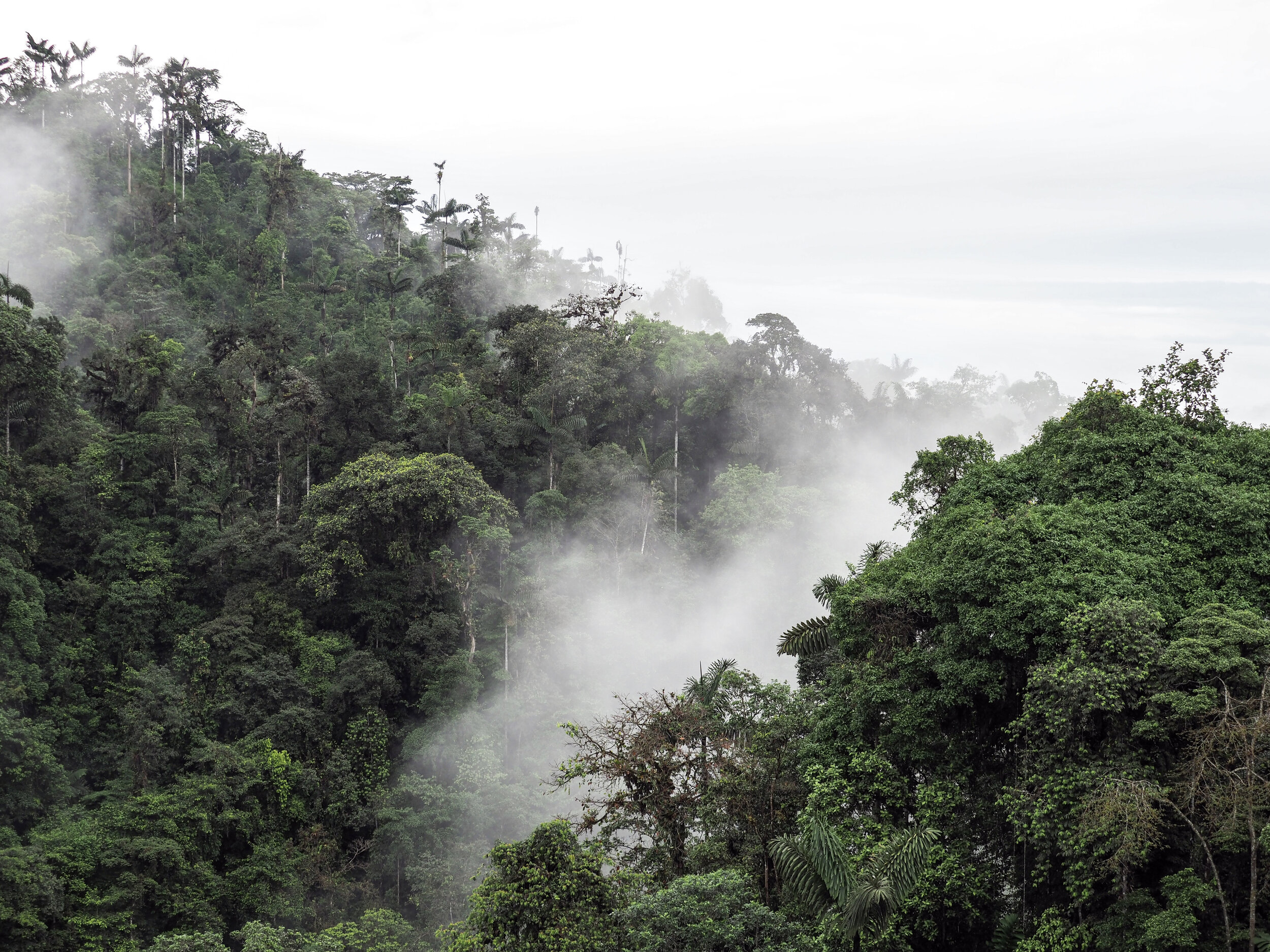
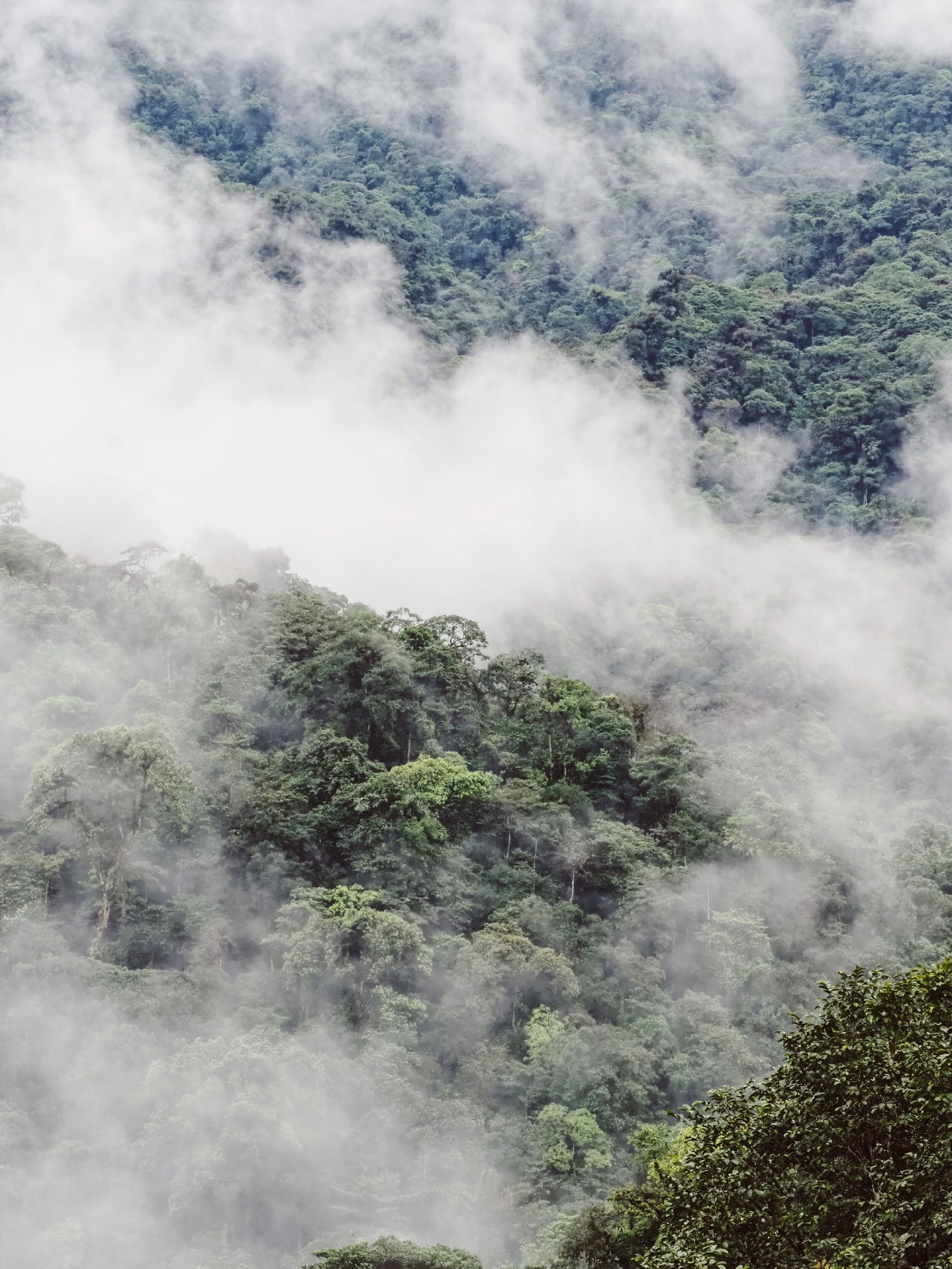
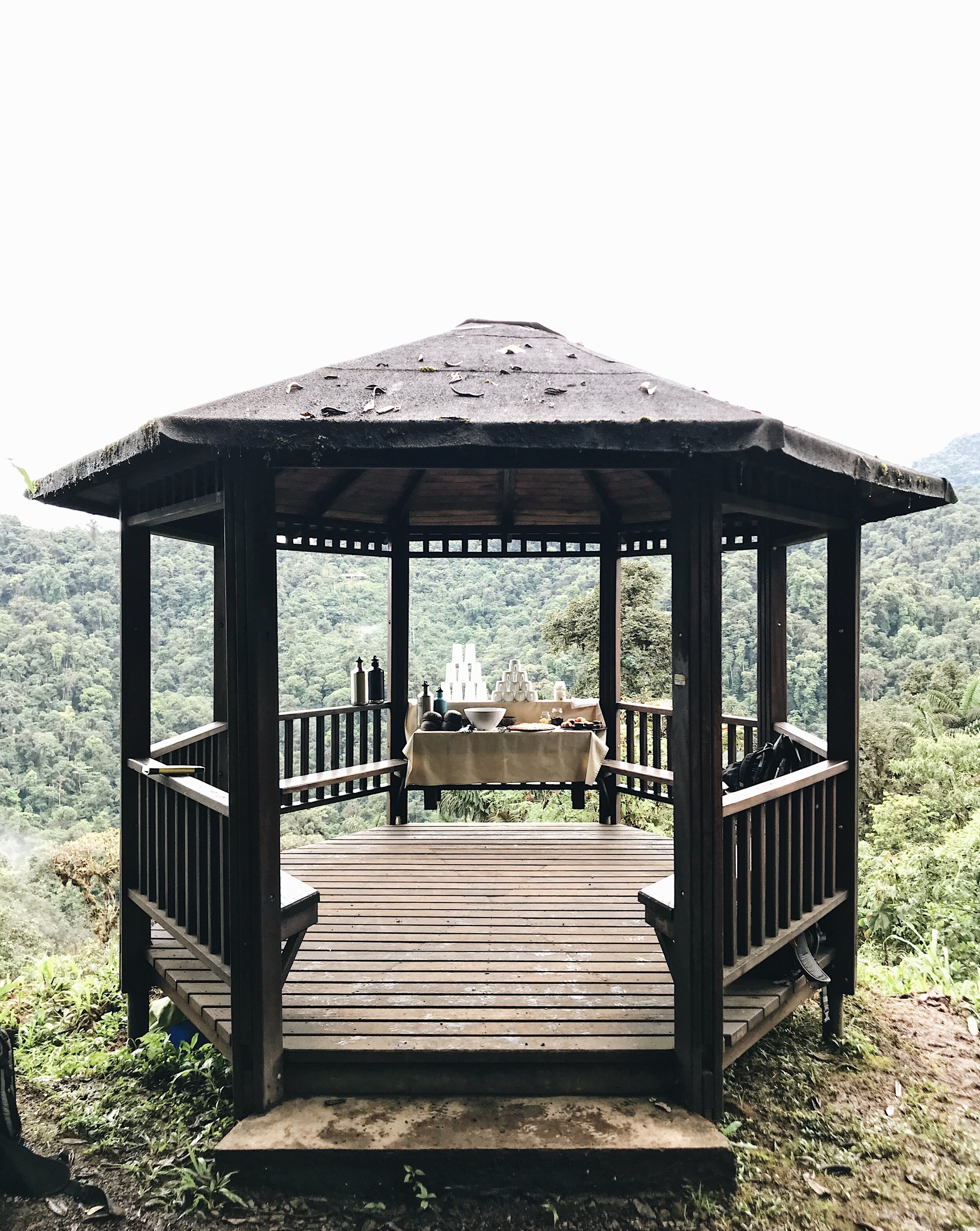
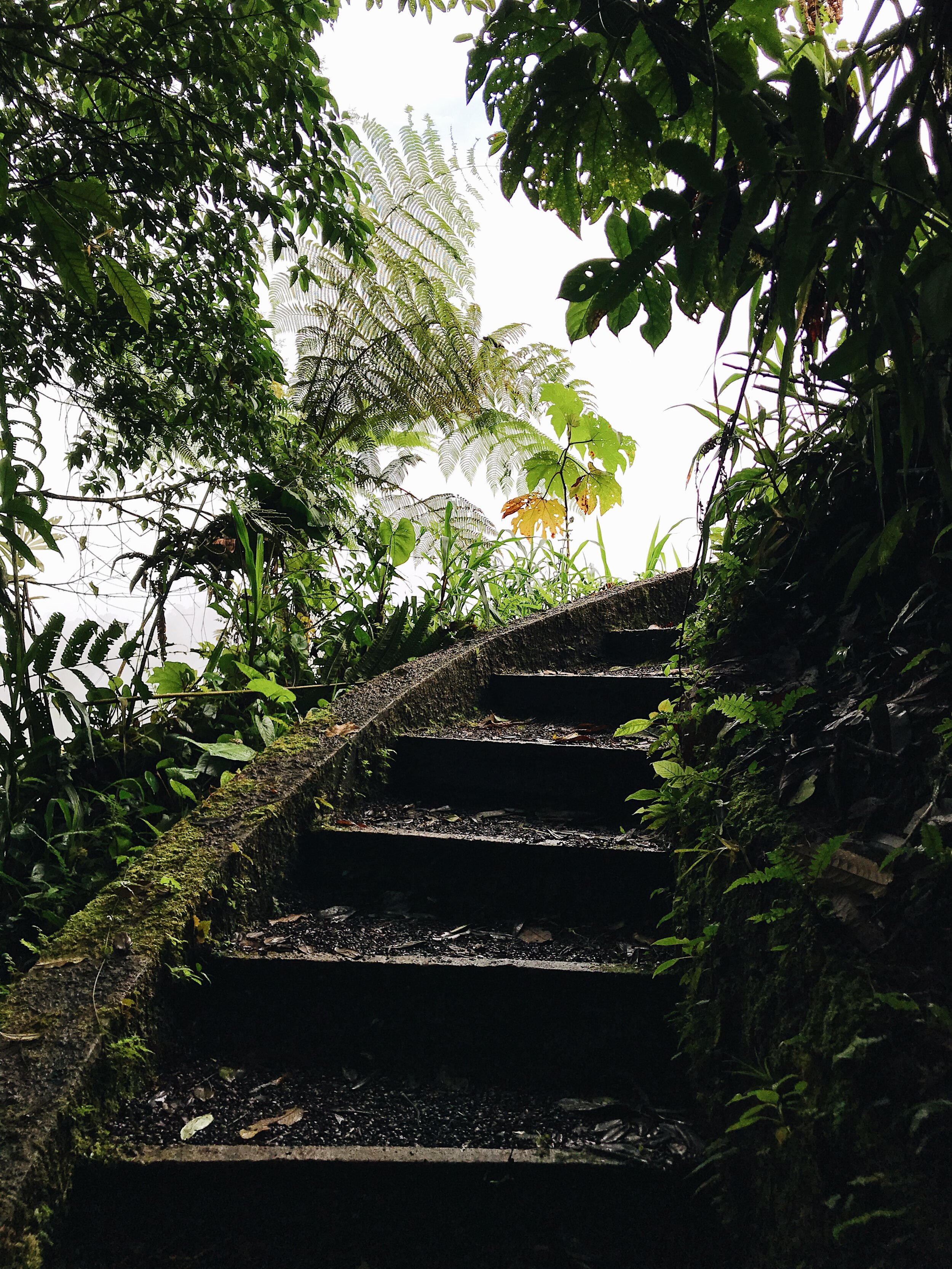
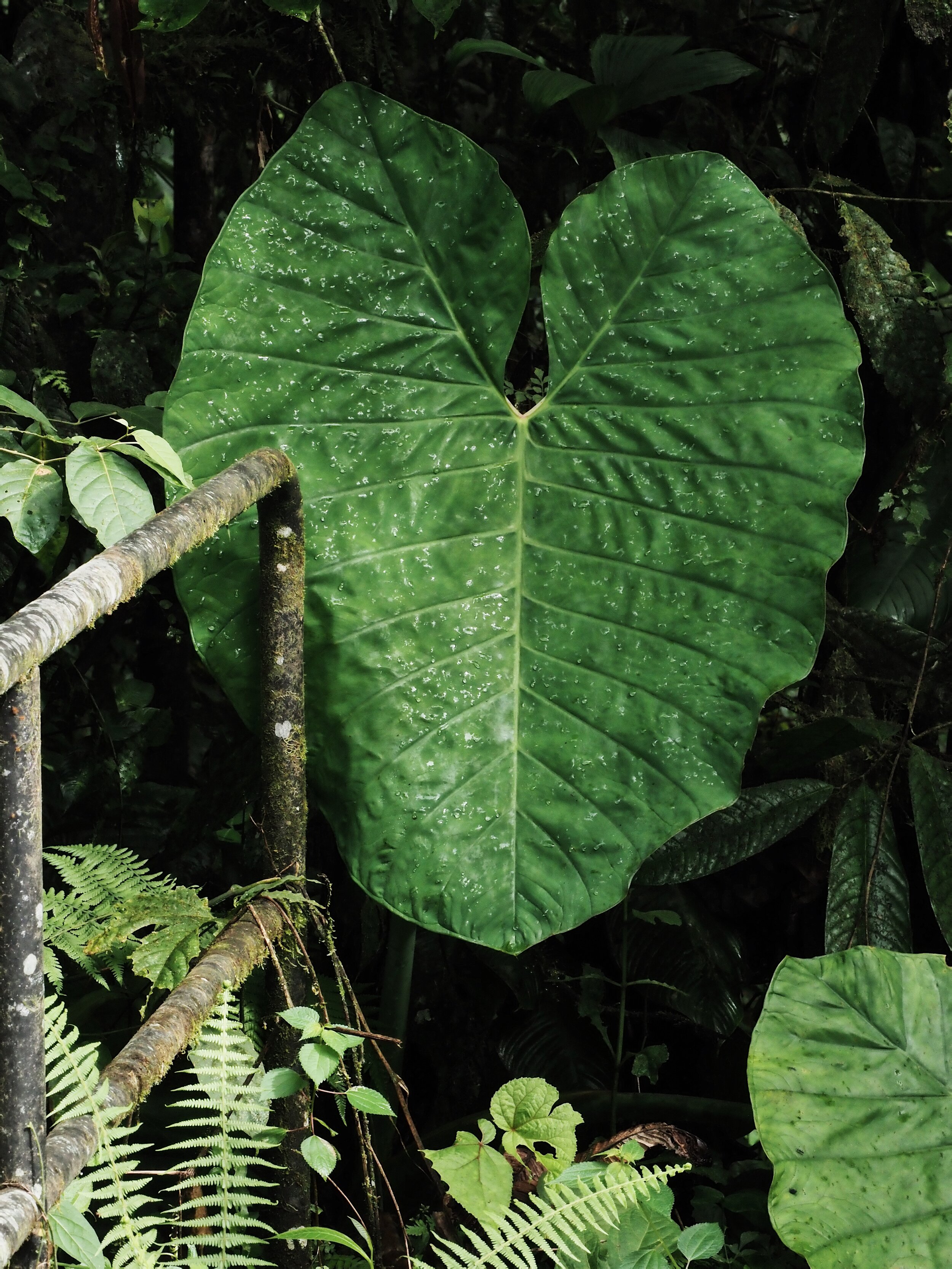
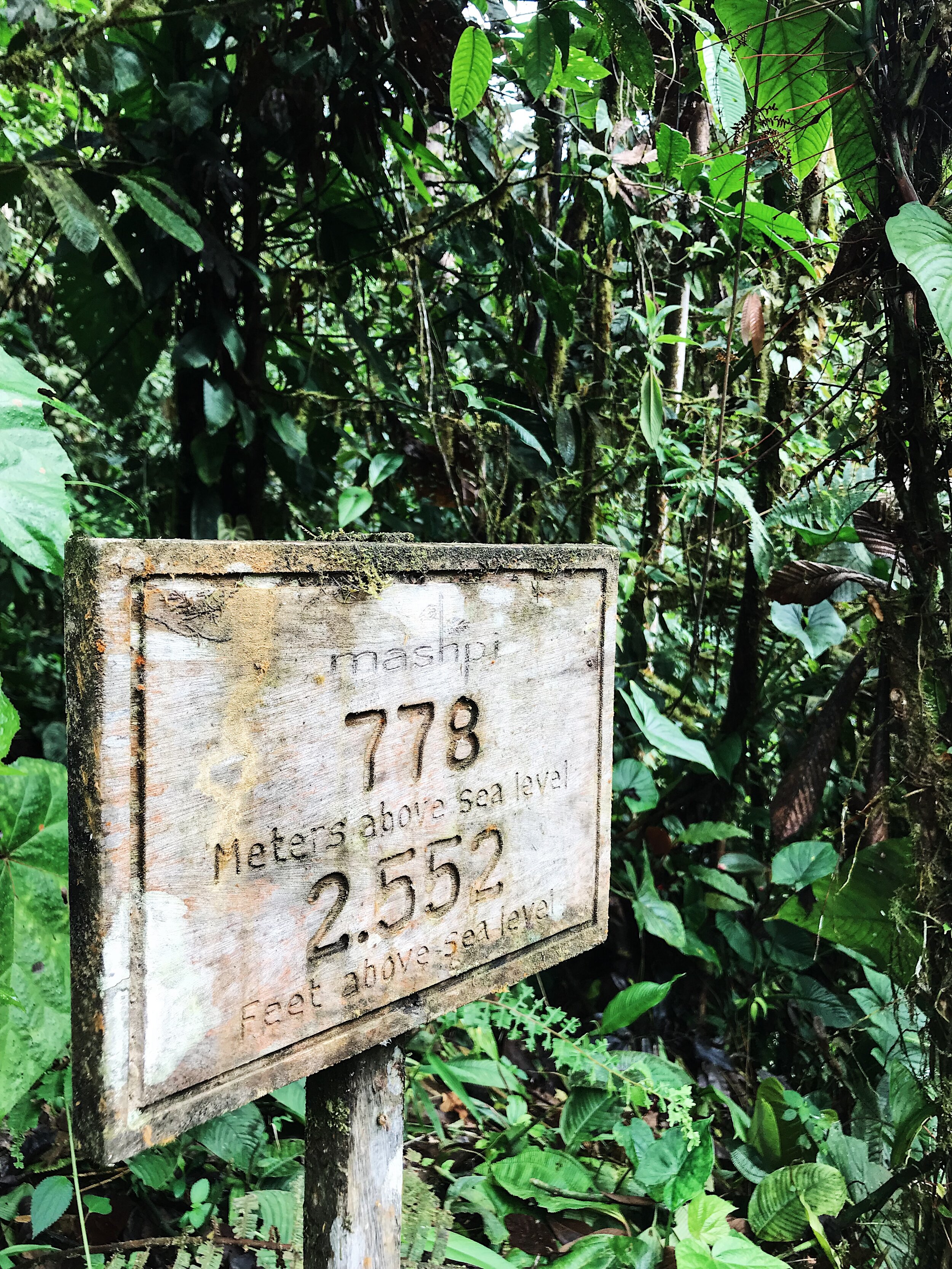
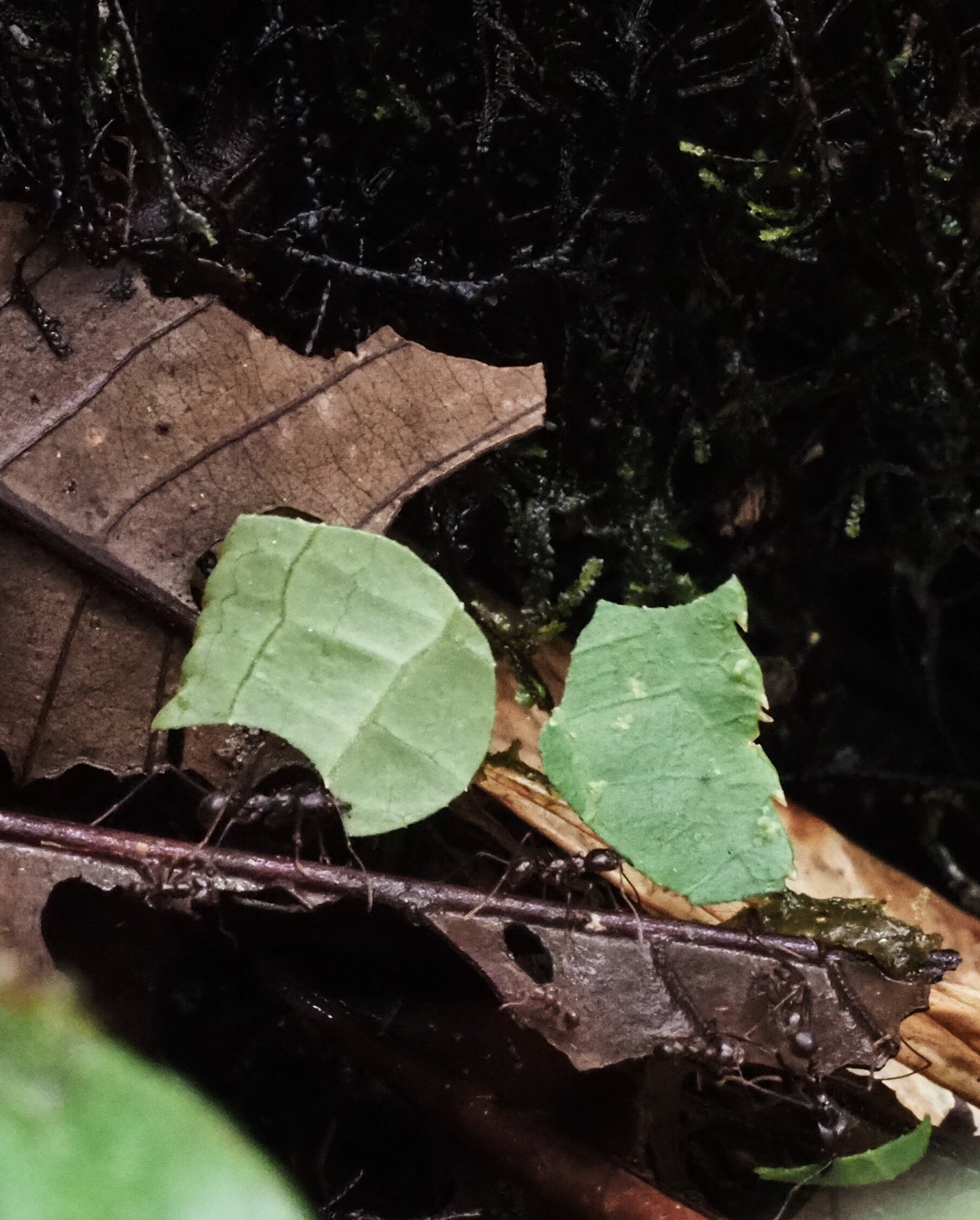
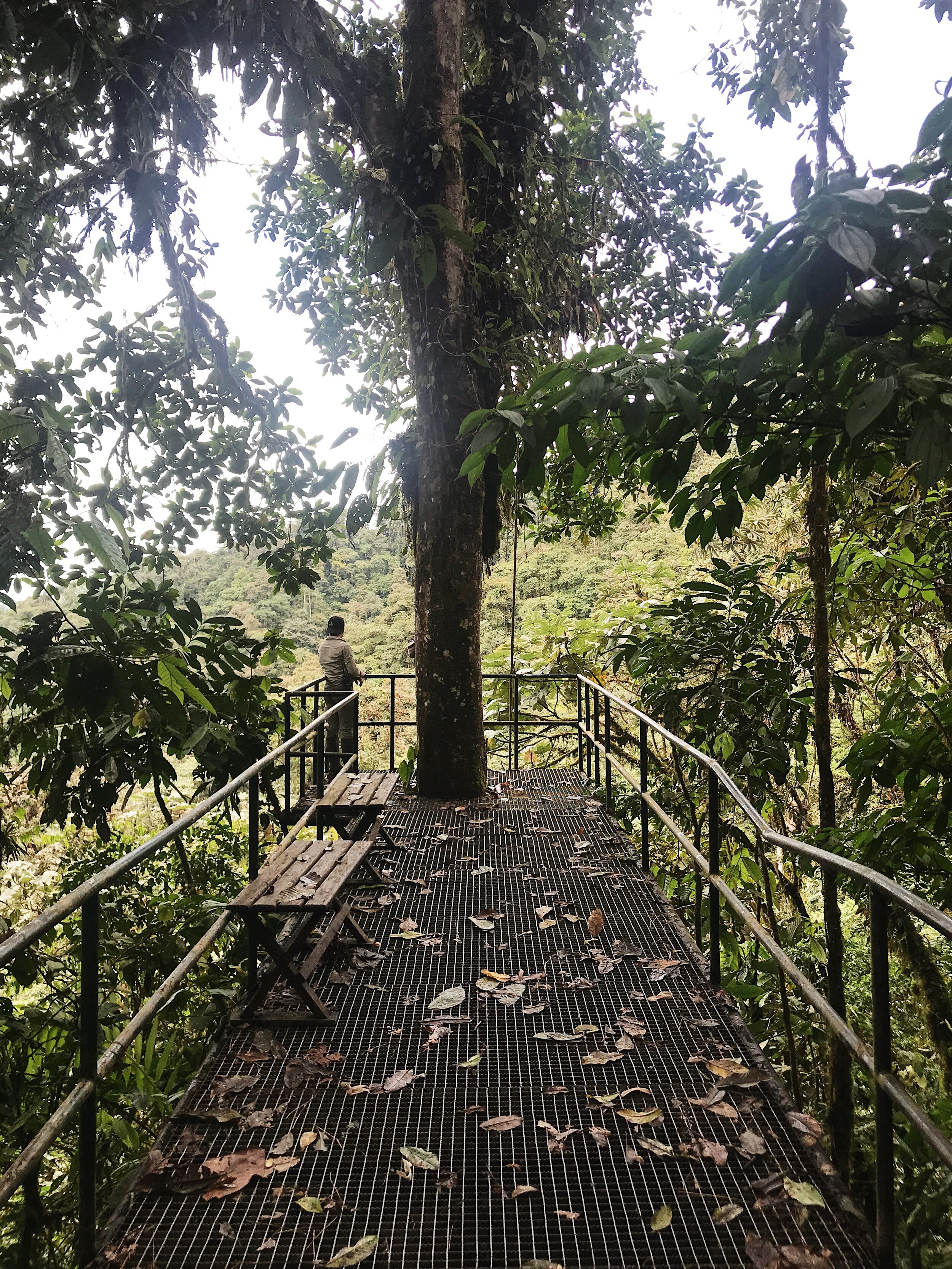
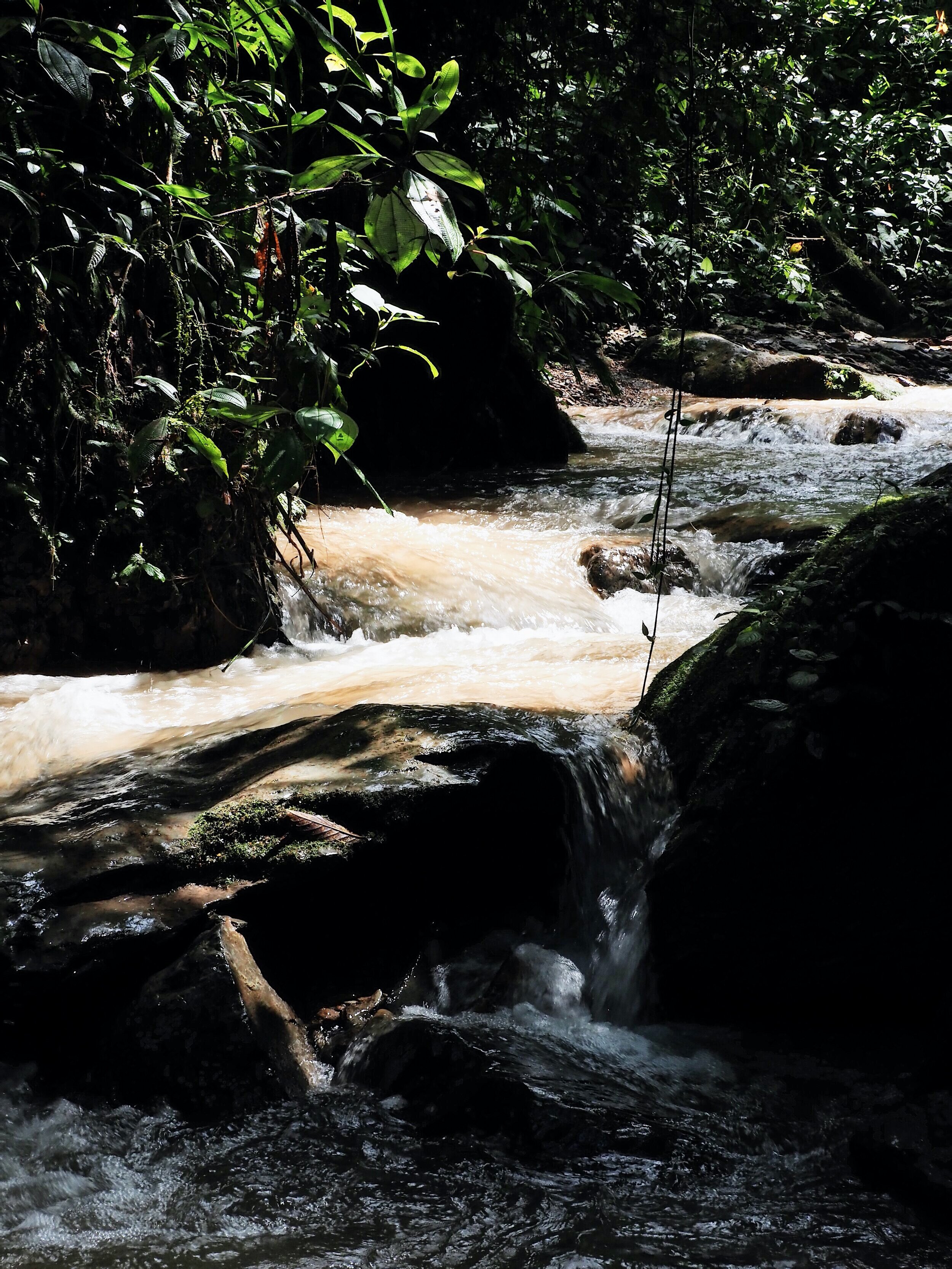
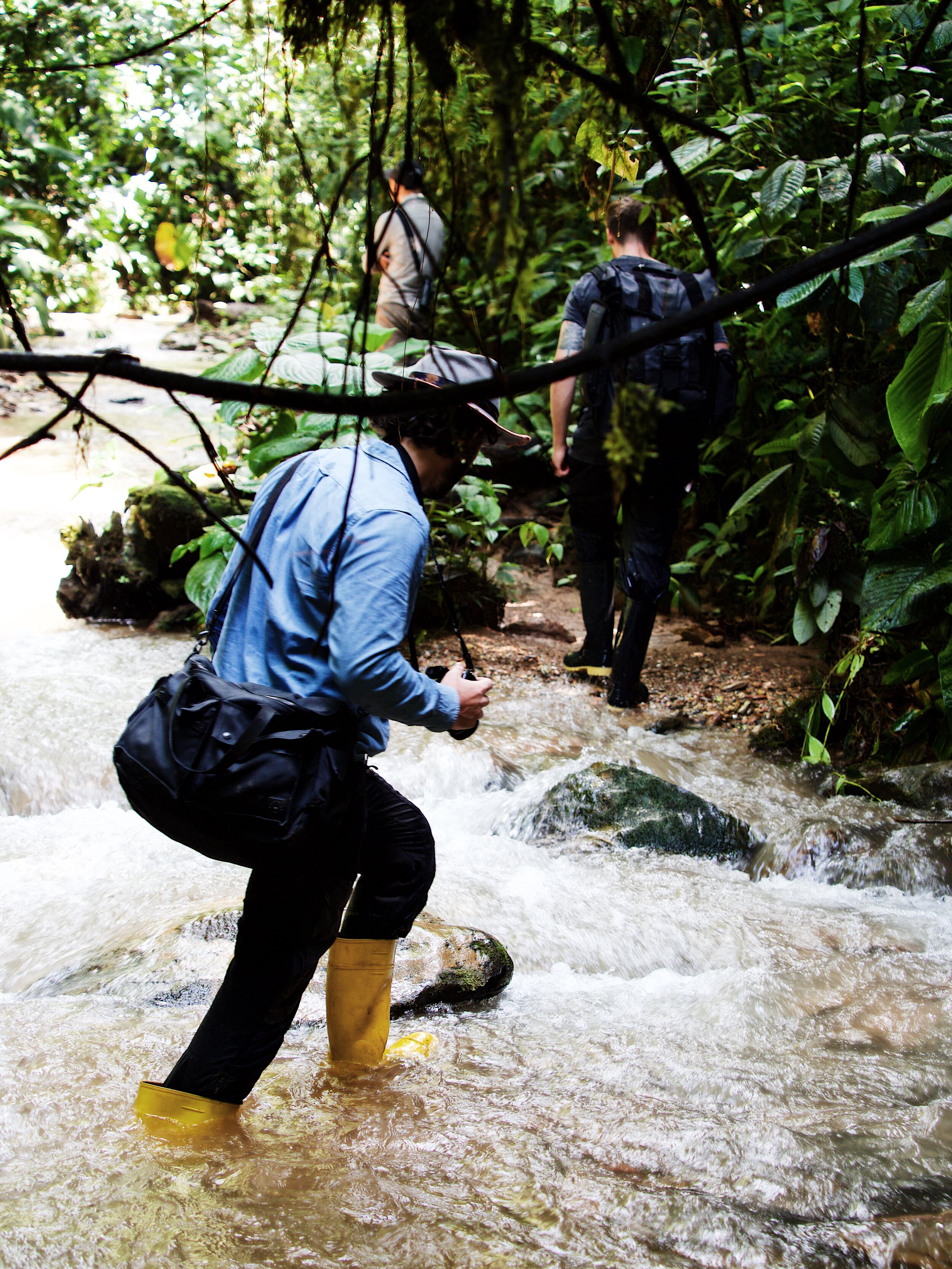
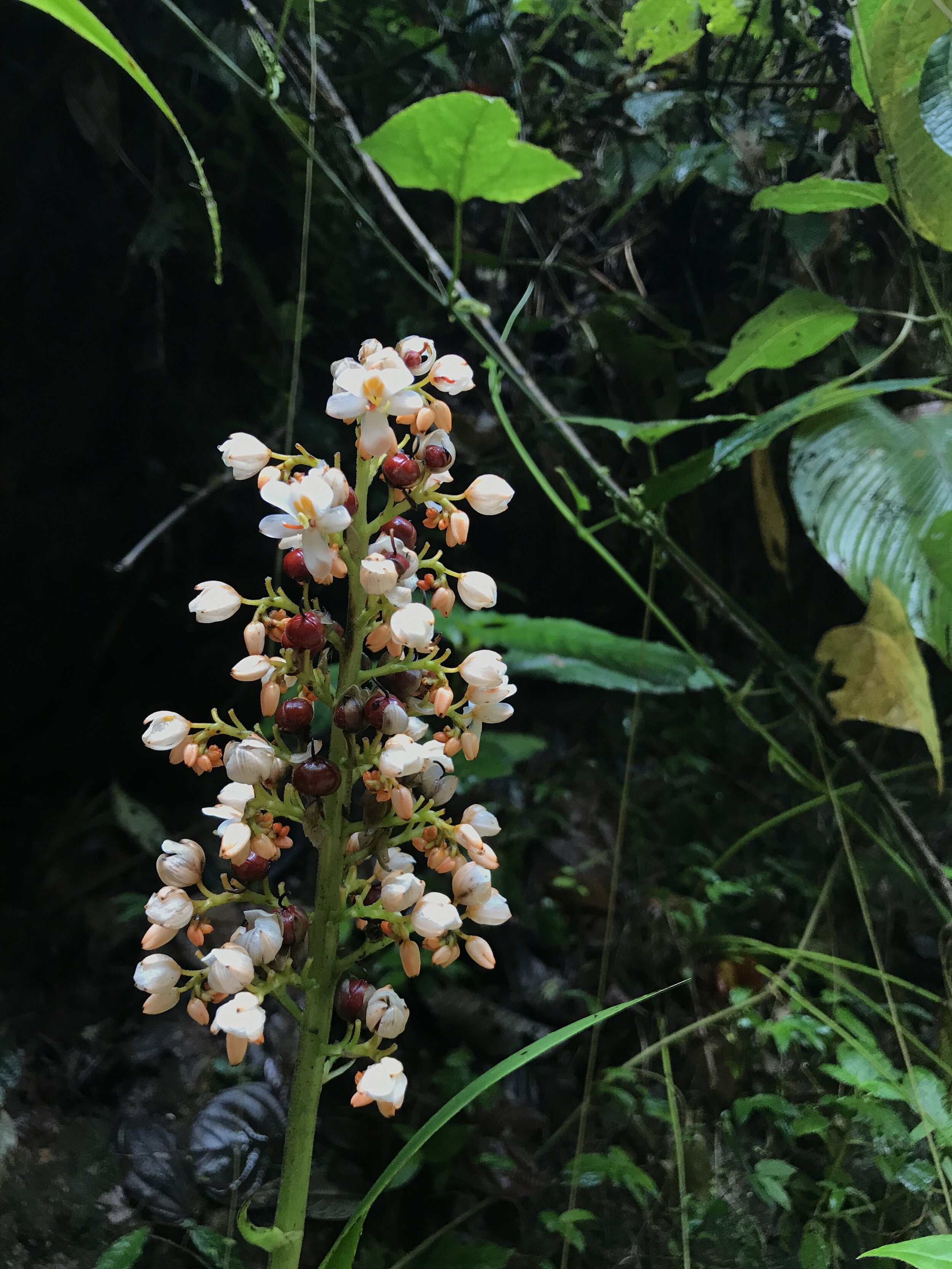



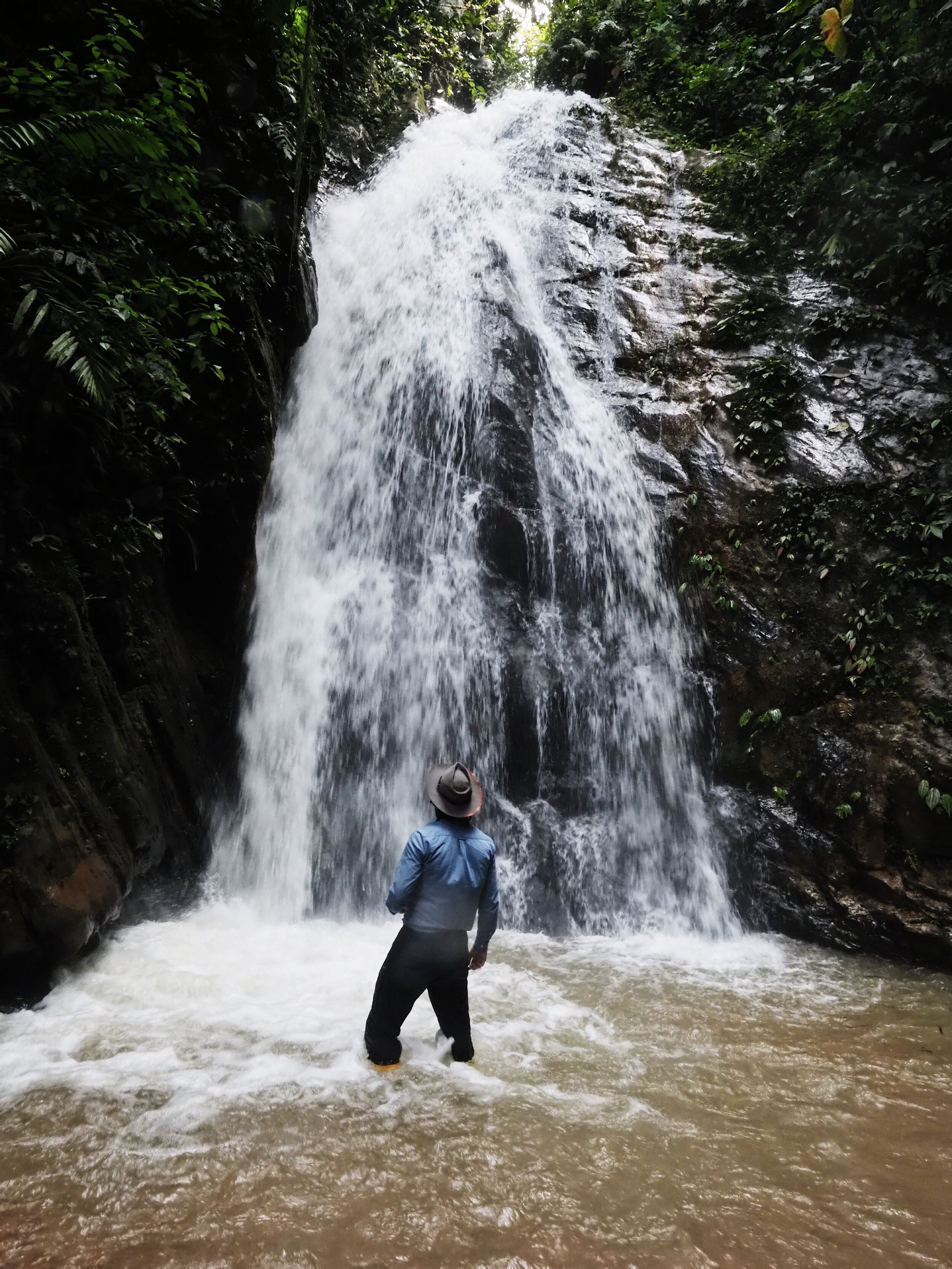

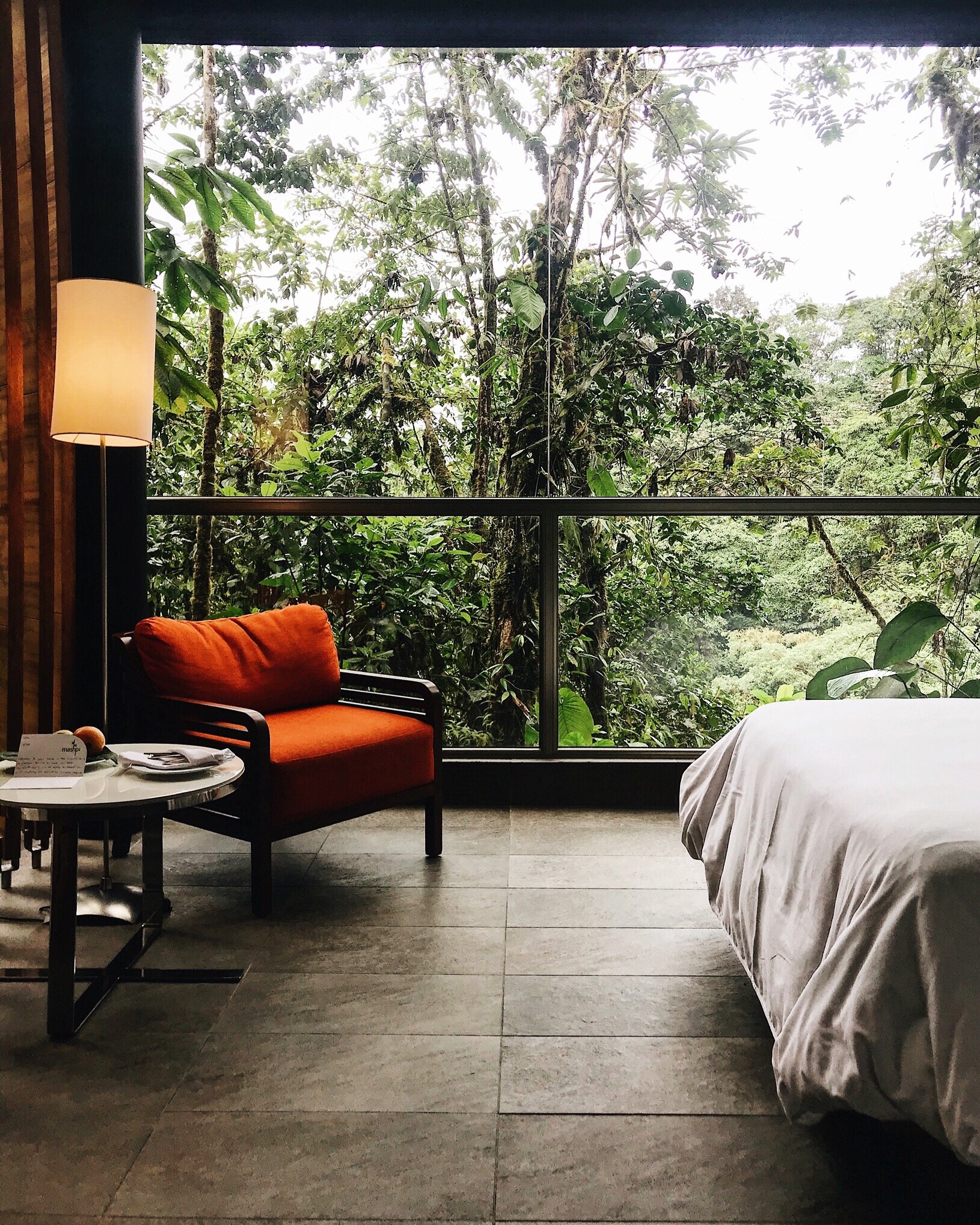

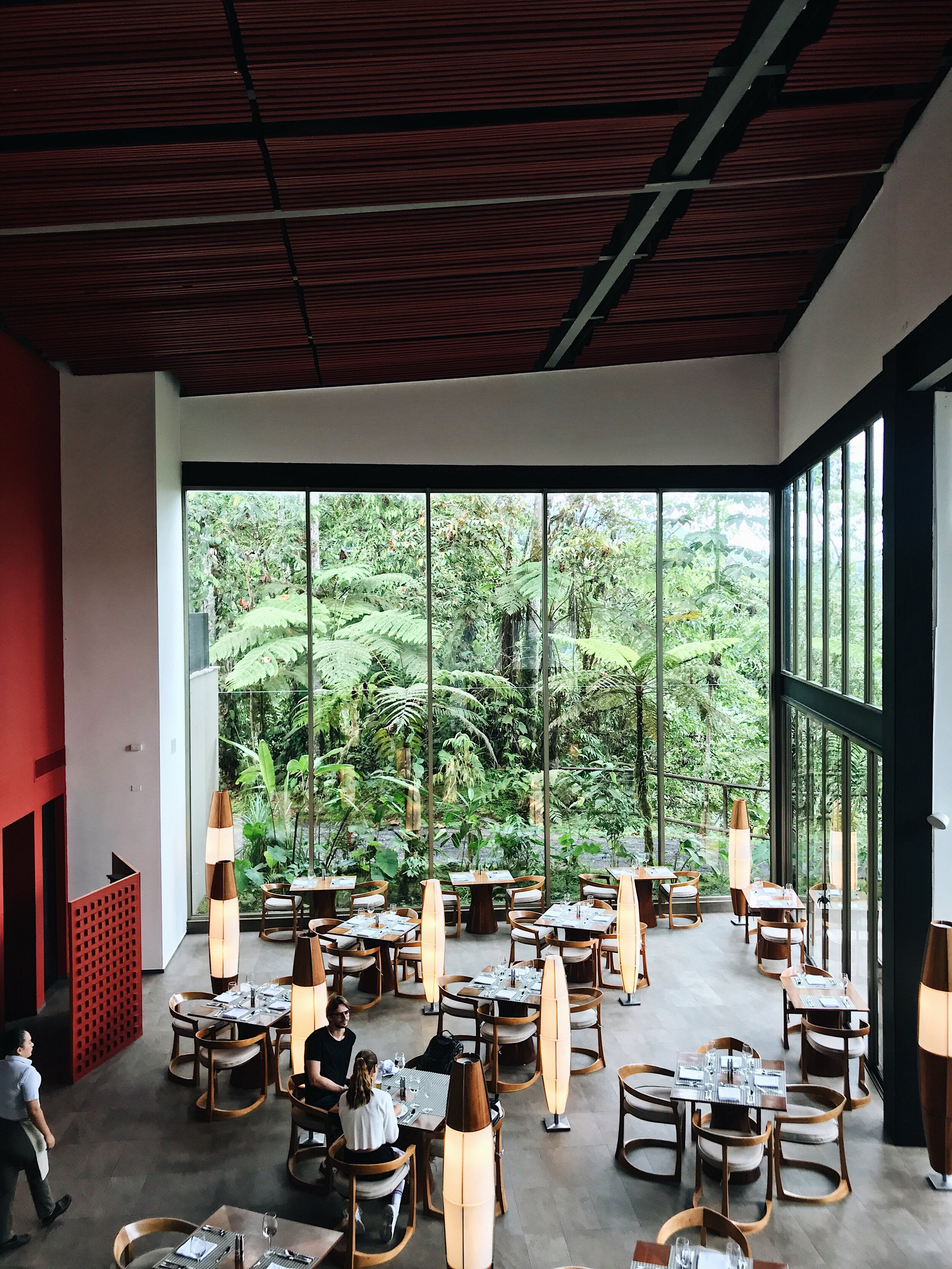
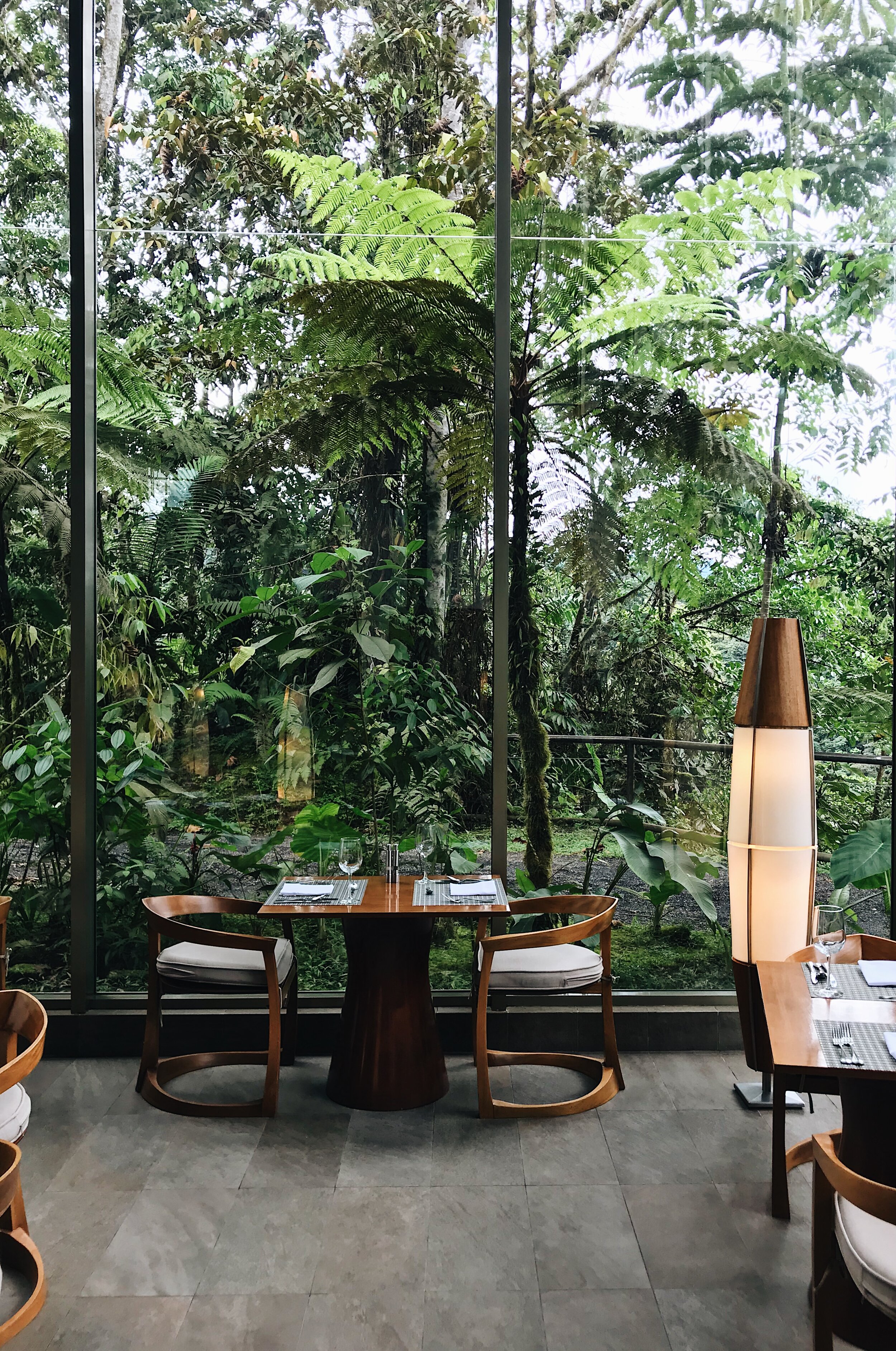
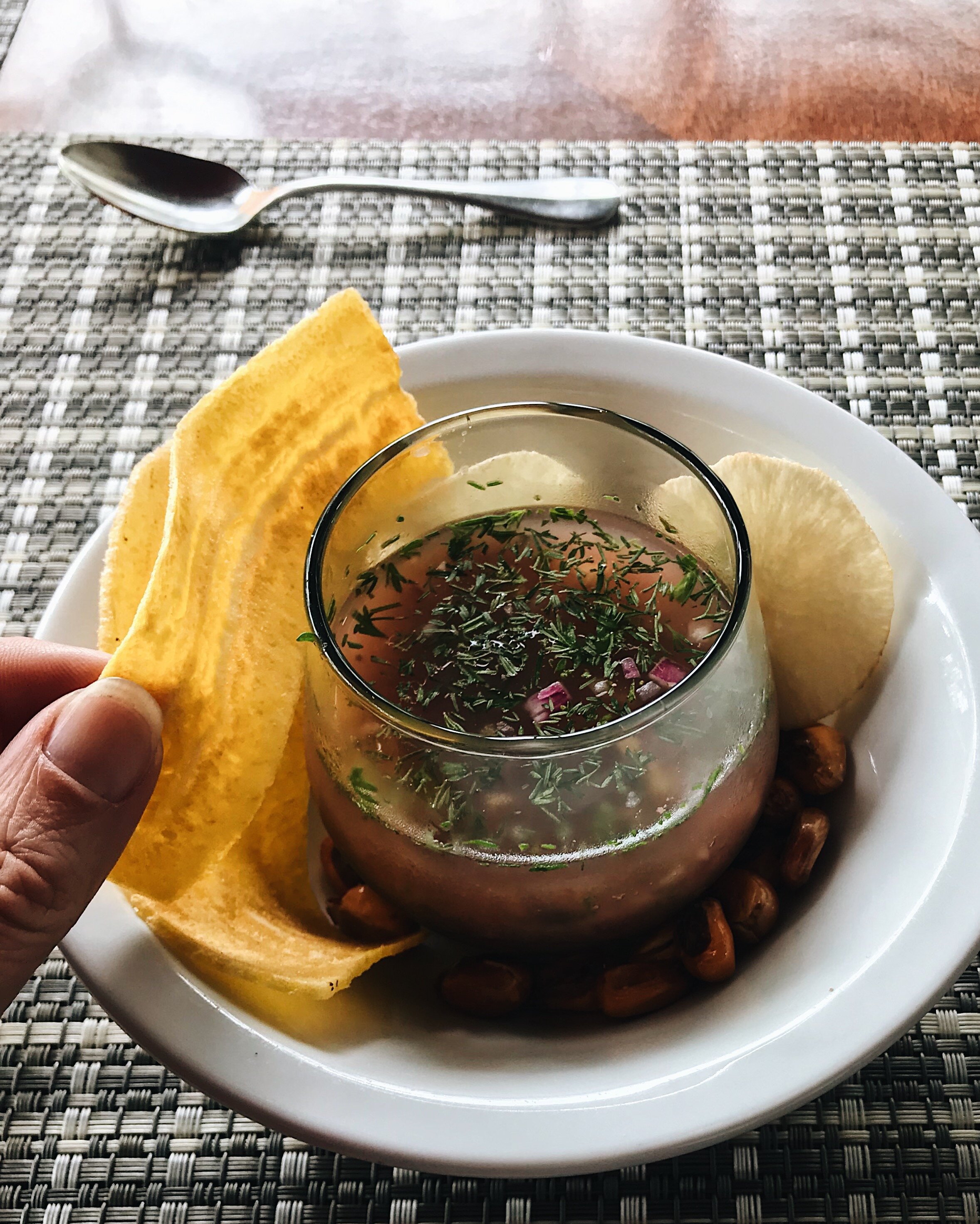
Hiking back to the lodge was a far less serene experience: wading upstream through a river. The atmosphere and tones were changed entirely. The mist was gone, colours saturated, sunlight sparkled on wet surfaces and the warm yellow water itself. Pink, reddish, blue rocks on the riverbed brought their very own colour palette to the scene and most attention was required for walking itself, taking care not to slip, loose footing in the current and making sure the next step wasn't into a deep hole… as the water level was dangerously close to the rim of our boots most of the way. Despite our care not to dip in too deep, none of us arrived at the great waterfall with dry feet and all of us headed as close as possible to feel the power of this fall, taking half involuntary but cathartic showers in turns. We had to empty our boots before walking on, up steep stairs, through a lovely patch of forest, without a single piece of dry clothes between us to wipe the lenses of our cameras dry with…
Miraculously our guides stayed completely dry throughout it all, answering questions, sharing facts and anecdotes, pointing out what we might have just walked past without noticing otherwise, lending helping hands every now and then.. So now I know that to this day, around 300 species of moths and butterflies have been identified in the reserve. Plenty of them along the river we walked through, which is why we spotted various traps for them, laid by the scientists to take the butterflies to the Life Centre to be studied closer.
Across the misty forest of Mashpi, various specific altitudes are also home to 32 hummingbird species. One of these has a beak curved just right to pollinate heliconia flowers, which grow in a curved shape, facing downwards, producing ample nectar attracting the birds. Heliconia, also know as “wild plantain”, are host to these specific hummingbirds’ eggs, too, in small cup nests, attached by the female to the underside of a leaf. Alongside the birds and eggs, butterfly larvae can be found on the plant, especially of the giant Owl Butterflies, which can be spotted all around in this enchanted forest while learning more on every step of its trails.
Having hiked the trails on the ground and soared over the tops with the clouds, our third day was all about the in-between, experiencing the height of the tall trees and getting up-close to their trunks and branches. We first climbed the observation tower, an open structure with a staircase raising about 8 stories to a platform, just as high as the trees next to it, with views across the forest canopy of a valley. It’s a clear, “dry” day and we can see the roofs of the lodge in the distance. With the sky bike nearby, we travel through the canopy each at our own speed. Slowing down for views and flowers in this vertical garden, keeping an eye out for animals up here as well, but without having one of the amazing guides around, the elusive sloth stays well hidden for me (and so does all other wildlife, for that matter).
On the short walk back to the lodge, we stop by the Science Lab and get the chance to meet Anderson, the butterfly specialist of the Mashpi Reserve team. We had noticed his butterfly traps by the river, wading along to get to the waterfall, had seen the species he currently studies in the vivarium… going through their stages of metamorphosis in a contained area where the team can keep a close eye on them, and now he opened the drawers of the collection in the lab for us. Archived here are many, many boxes of neatly labeled bees, bugs, moths and butterflies - amazingly camouflaged on one side and showing off stunning colours and patterns on the other side of their wings. The magnificent Transandean Blue Morpho with iridescent blue wings edged with black is a crowdpleaser, no doubt about it. But Anderson draws our attention back to the giant Owl Butterfly, rotating it for us to show the two faces on the wings - the happy snake (sideways, on the upper wings) and the sad owl (upside down, crying).
Anderson grew up in a local community near the reserve and around 90% of Mashpi’s exceptional staff are locals as well. If it were’t for the lodge, they would be involved in logging or in damaging agricultural projects like harvesting palm-hearts. His father used to be a hunter, but now he is a passionate forest conservationist. Former loggers have discovered their love and respect towards nature and one of them even established an impressive orchid collection on the grounds. Making use of their vast and captivating knowledge of the forest, in which they used to hunt and cut down trees before, those locals became top ecotourism guides for mashpi instead, interpreting nature in a fascinating and educational way for guests of the lodge.
The beautiful eco lodge Mashpi does not only support its local community, apply environmentally friendly practices, research and protect its biodiverse environment - even during its construction not a single tree was felled, but whether we’re gliding through the canopy in tiny gondolas, standing beneath the gush of waterfalls, taste the amazing local cuisine while watching the clouds, we also know that our presence is not damaging but helping to protect this extraordinary ecosystem.
We remain enchanted by this place, hope the good-bye will not be forever and being surrounded by hummingbirds in a misty clearing is on my mind the entire long and bumpy drive back to Quito.
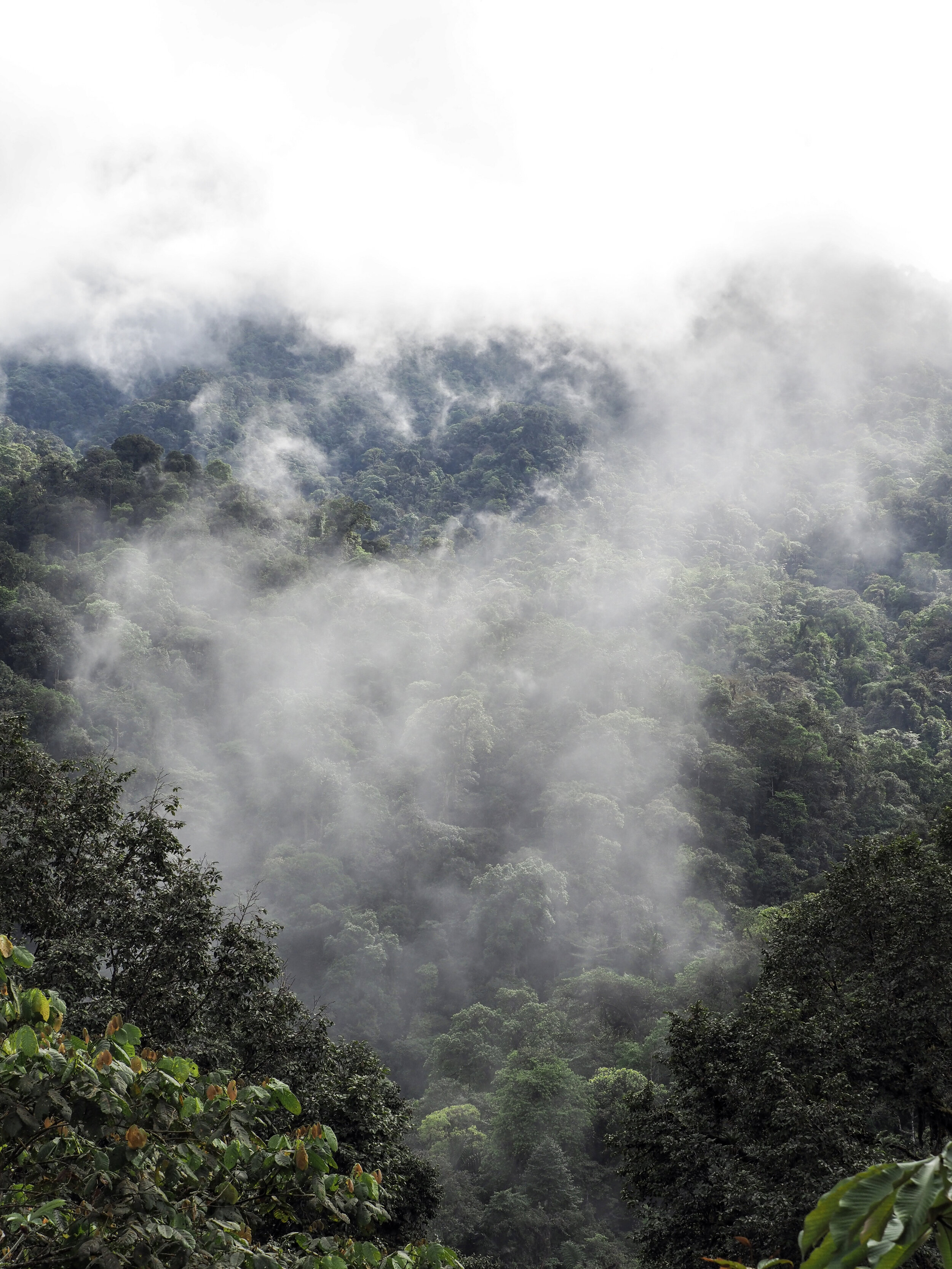
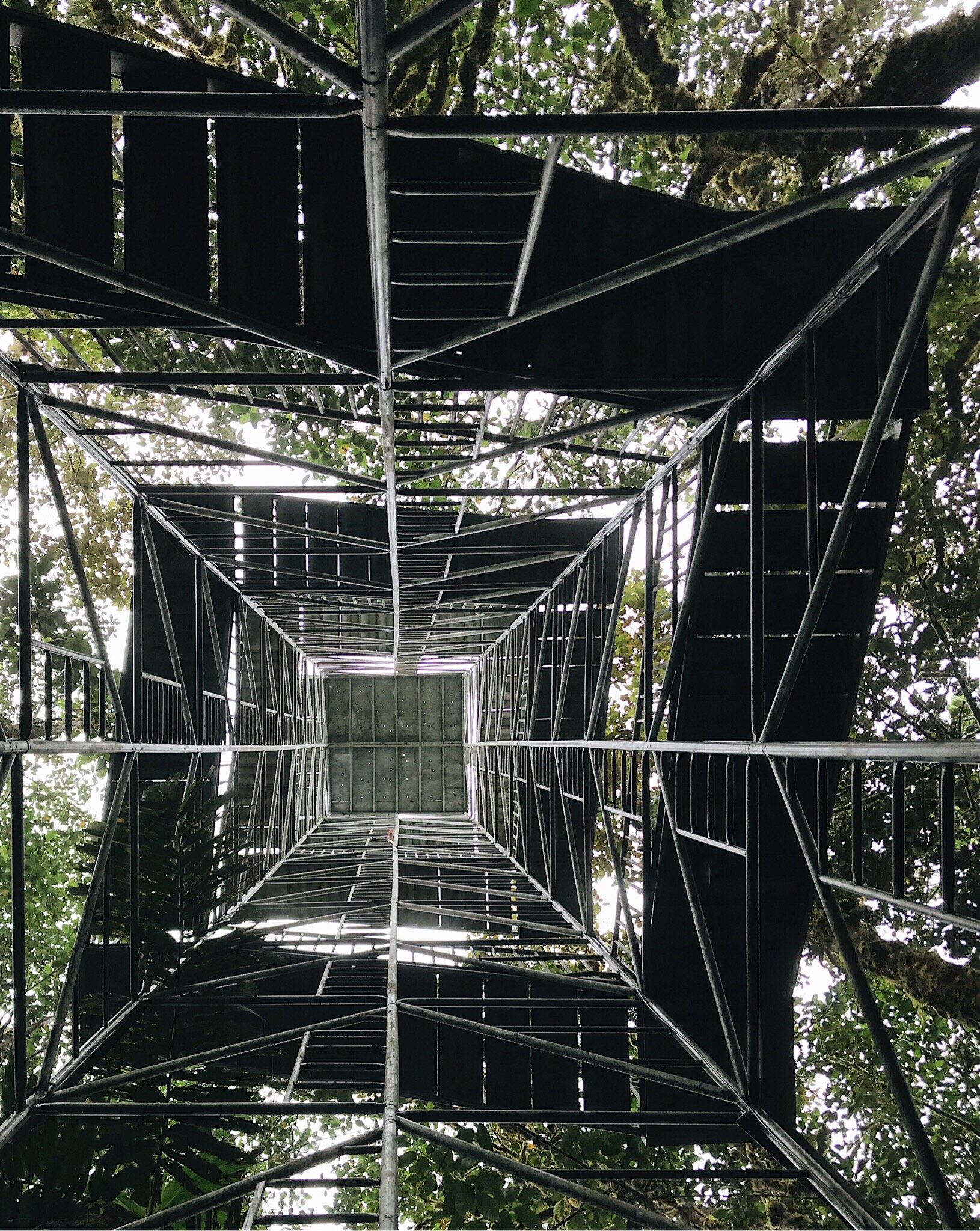
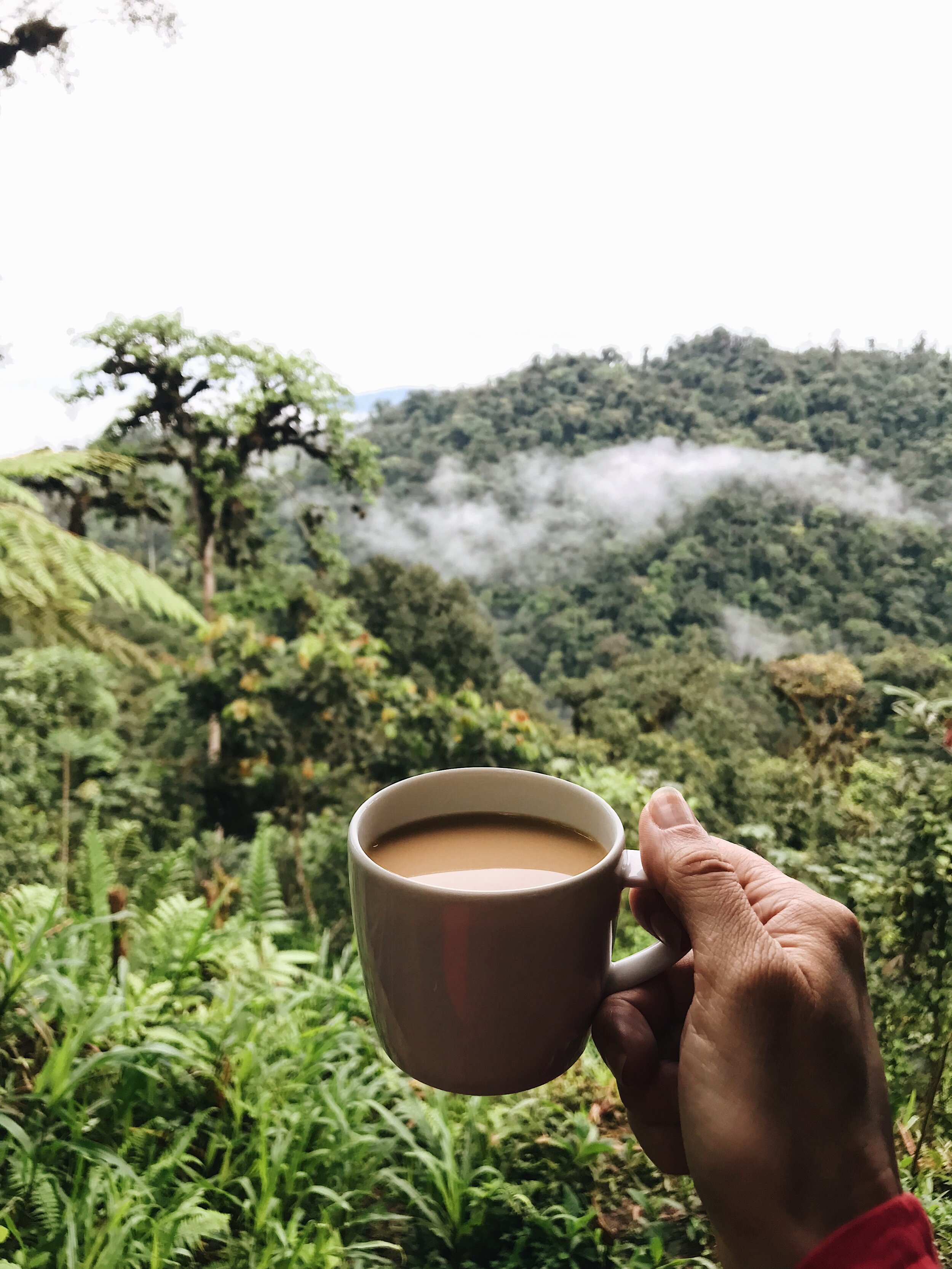
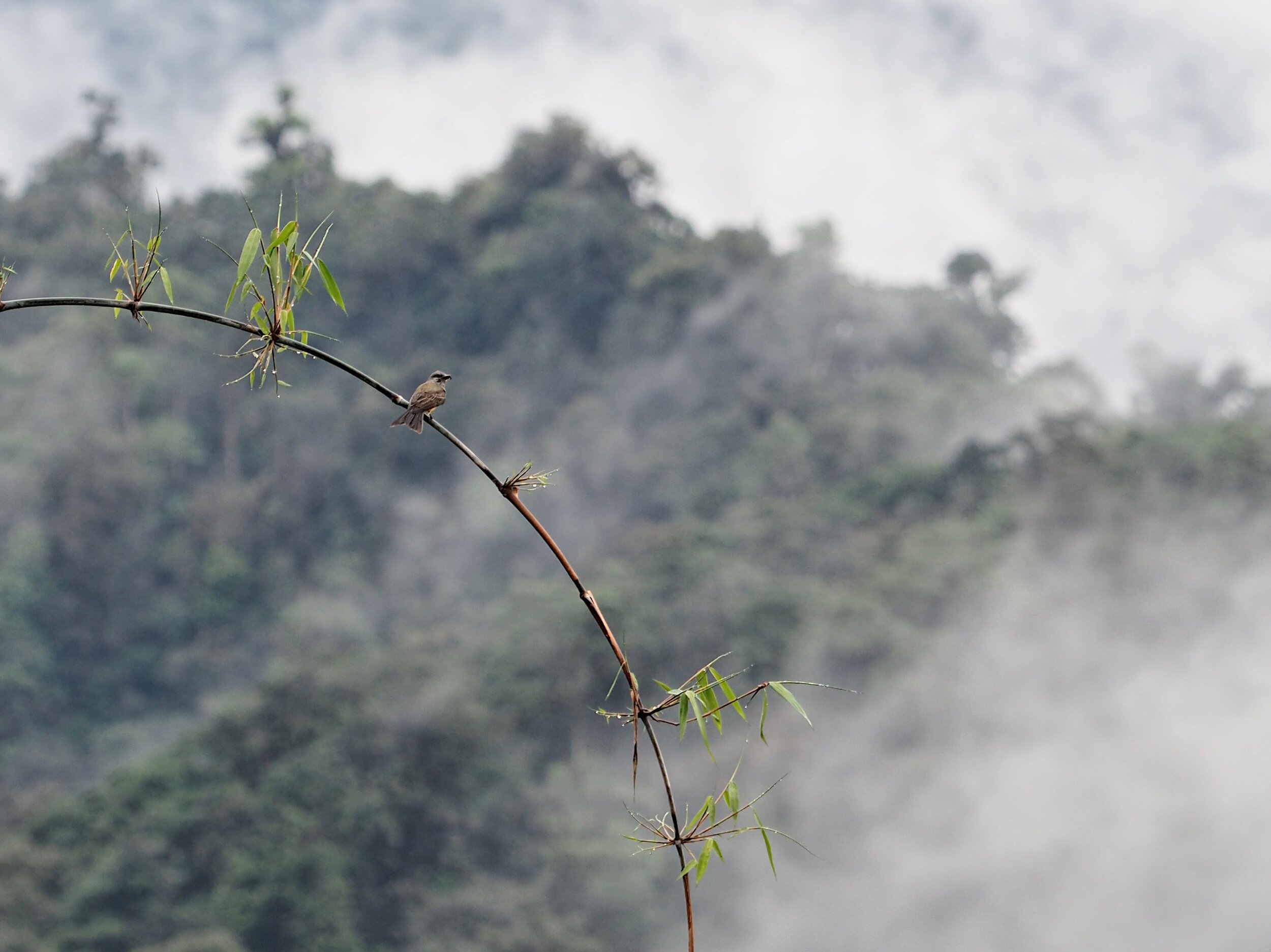

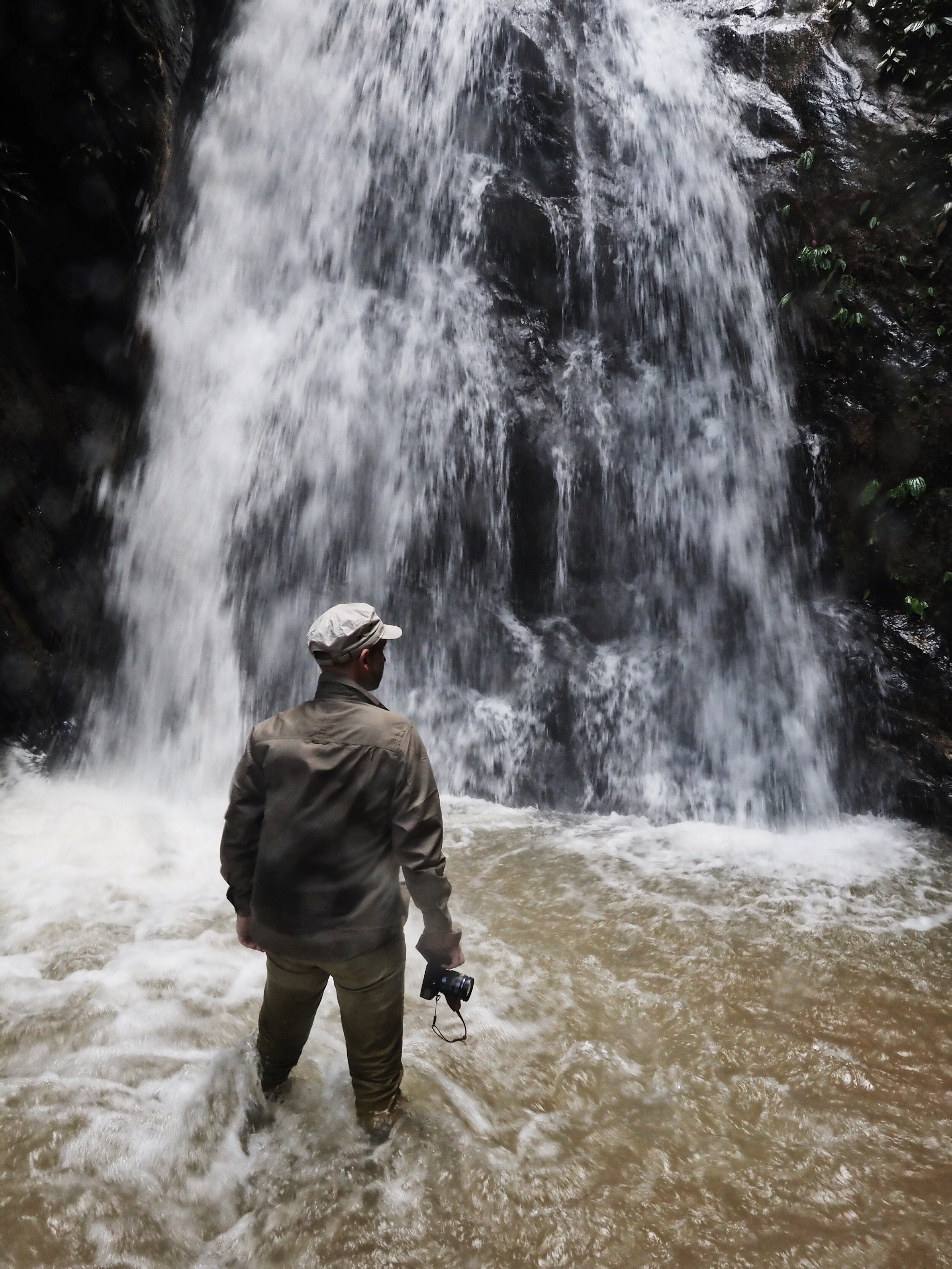
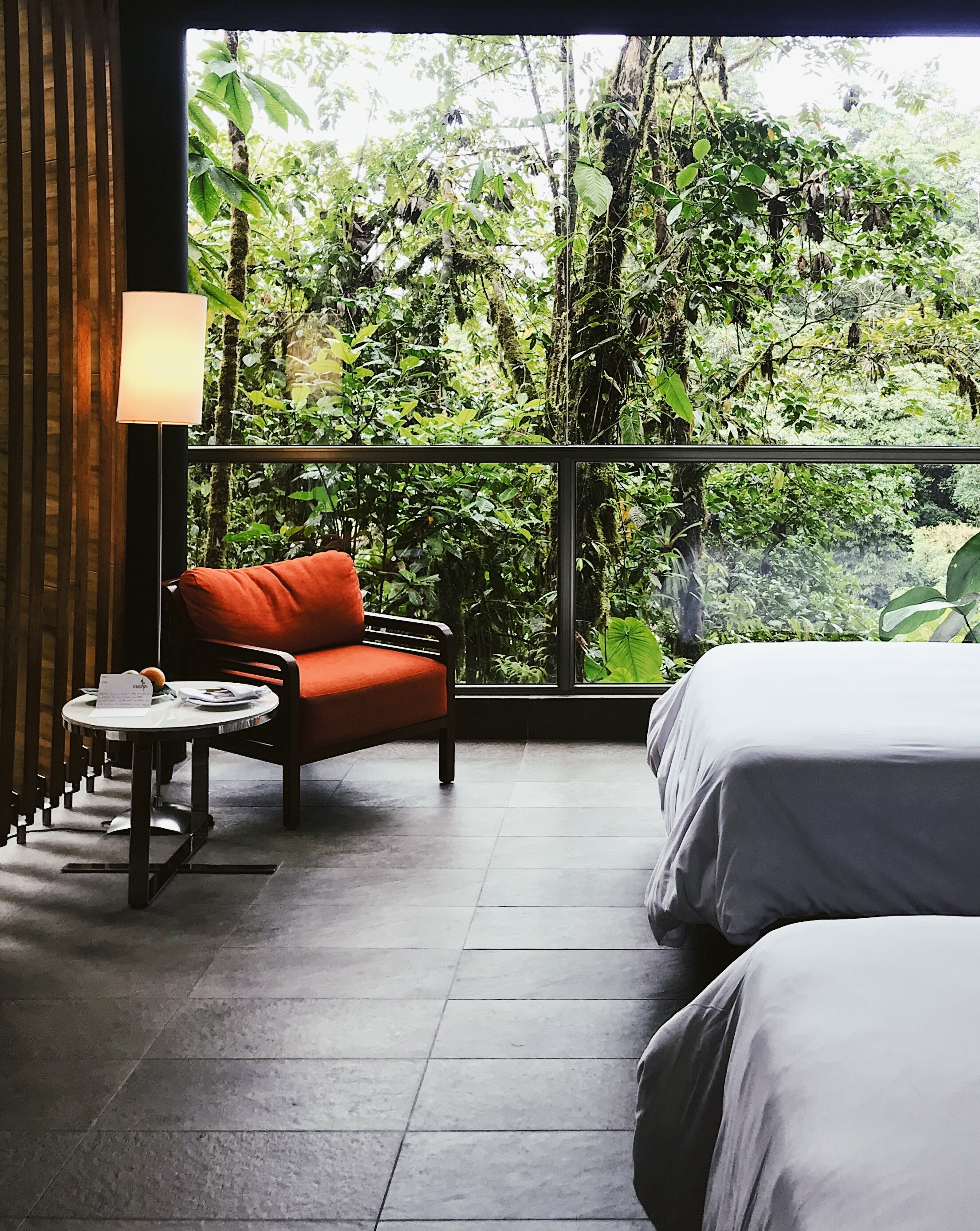
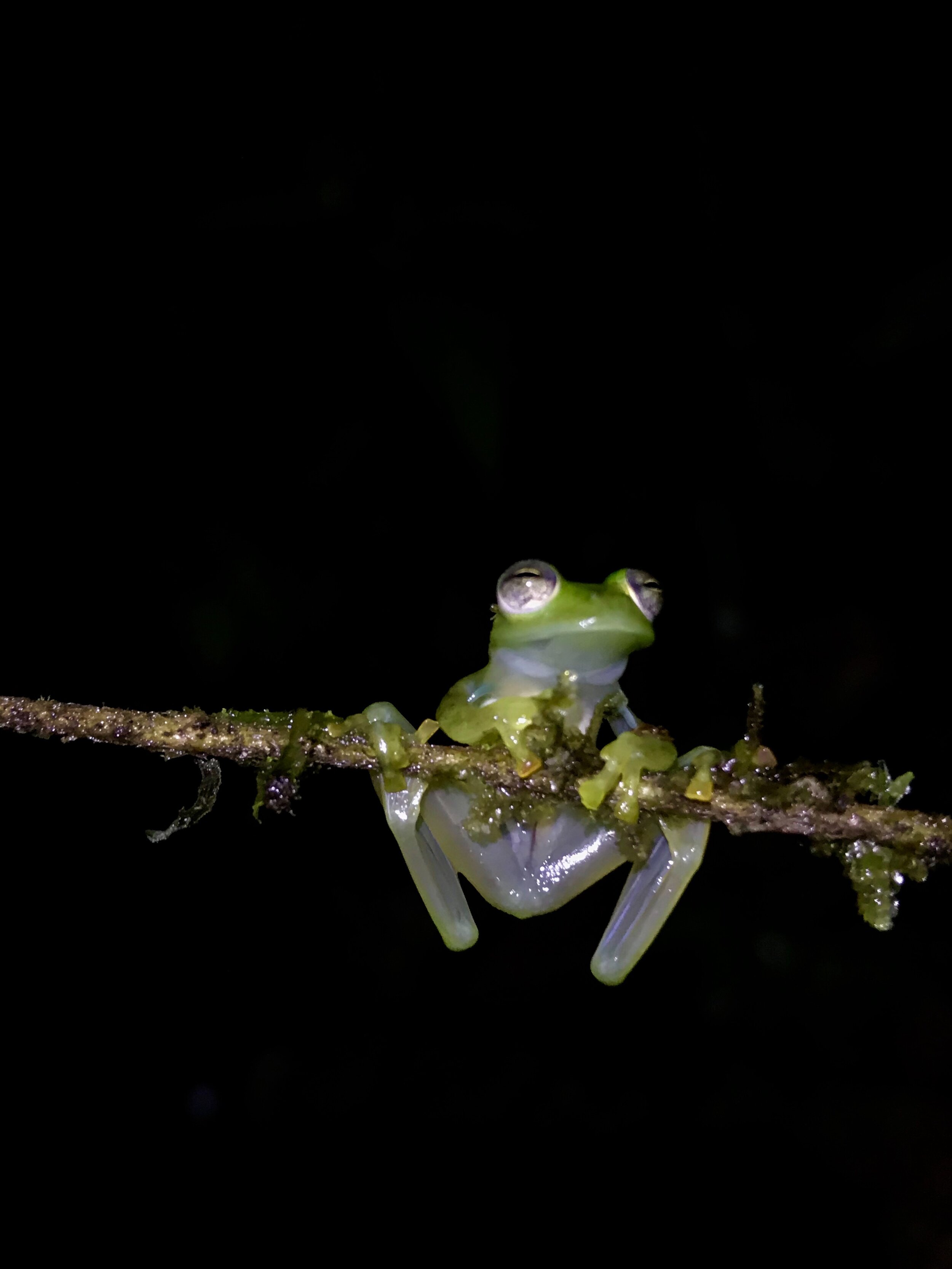
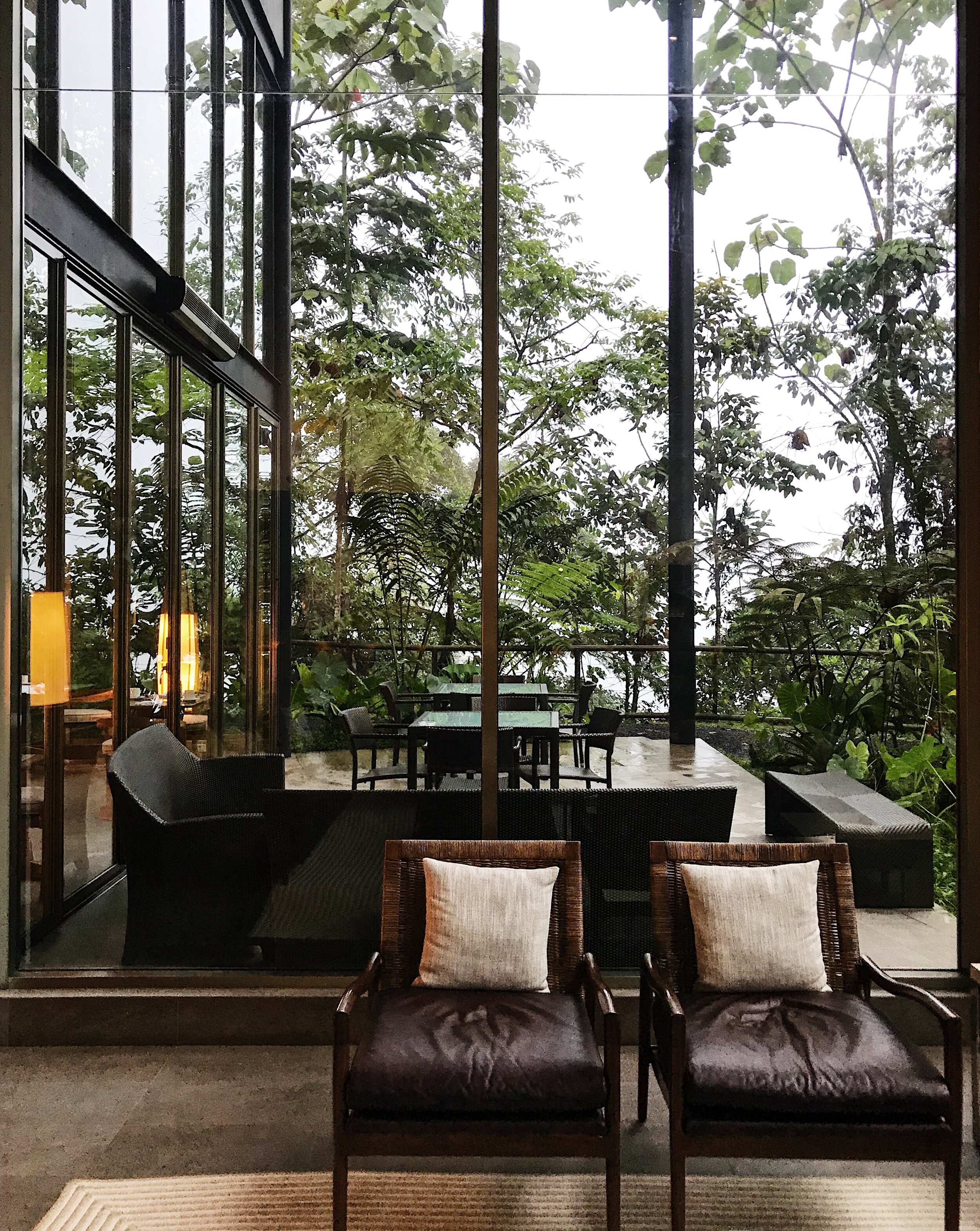
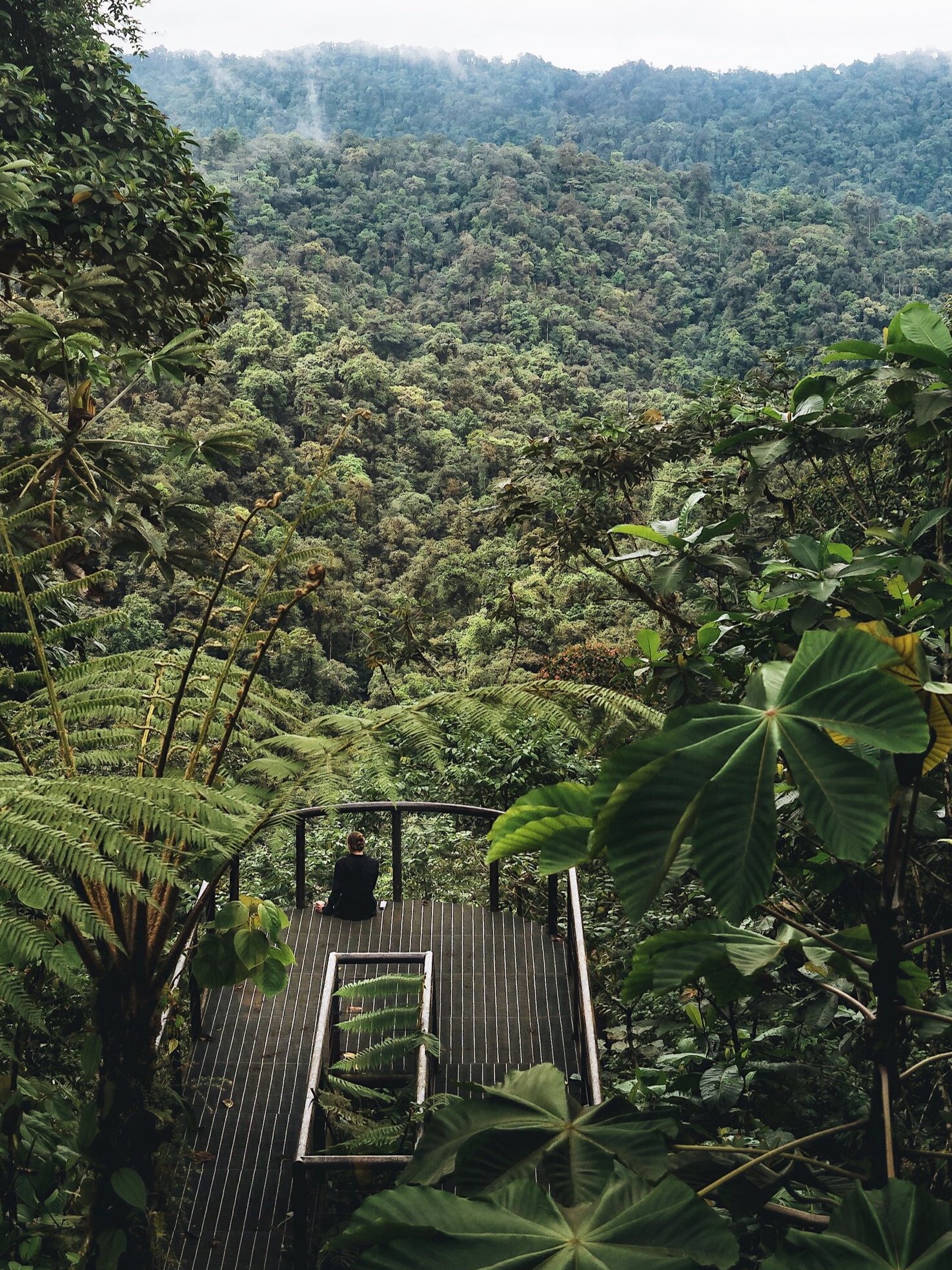

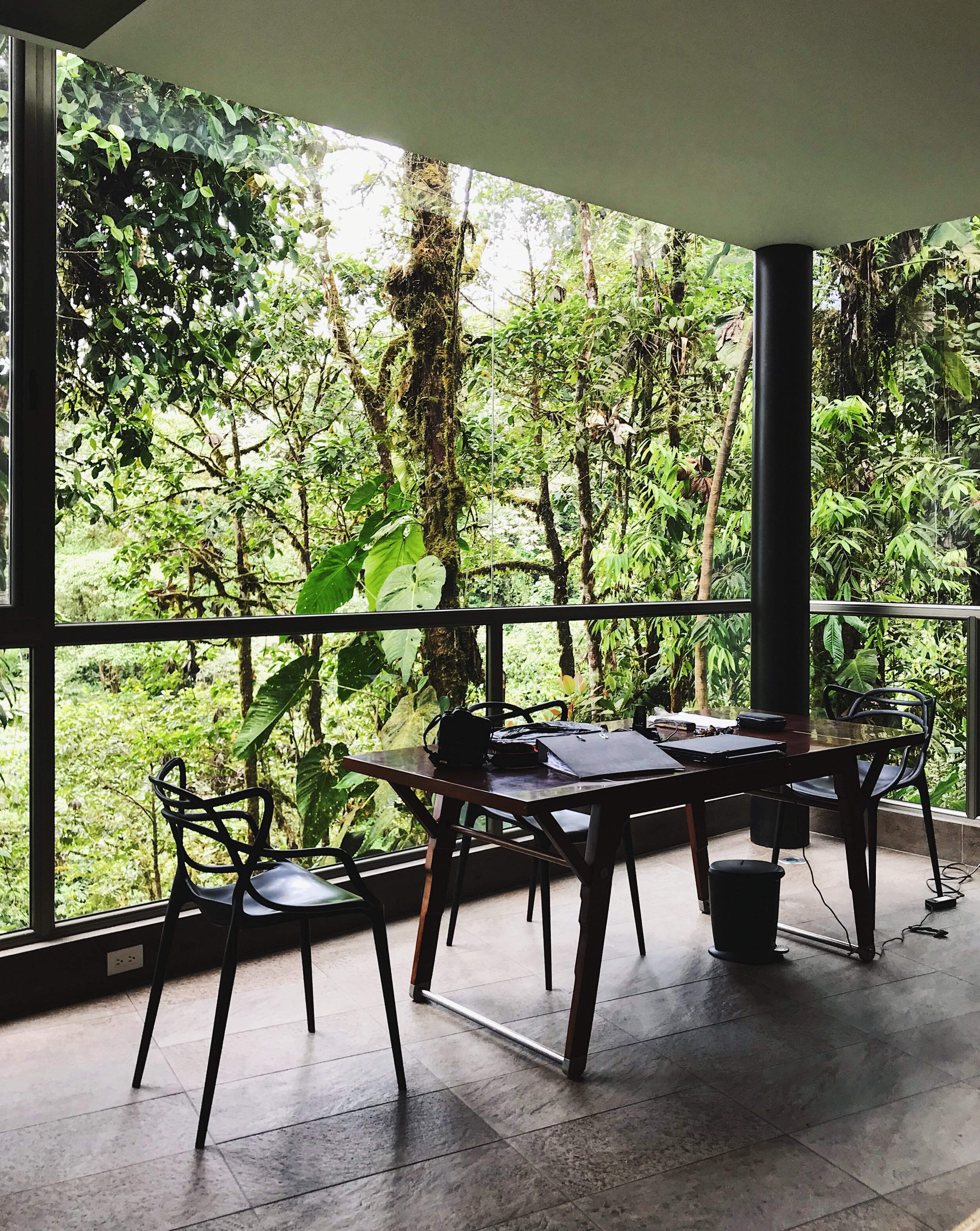
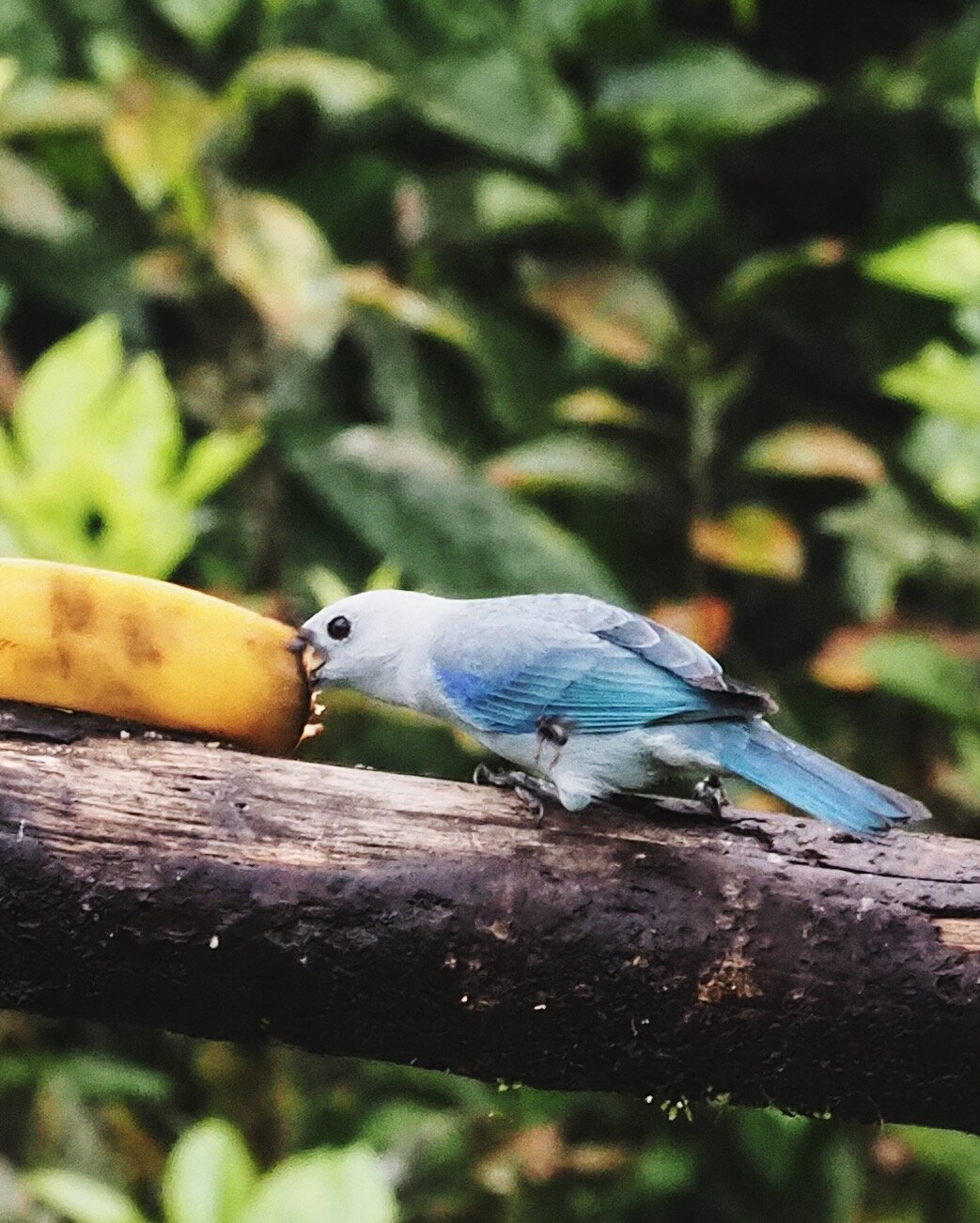
THE LOWDOWN
My trip was curated by Bird with Metropolitan Touring - Ecuador travel experts since 1953 and sponsored by Olympus.
